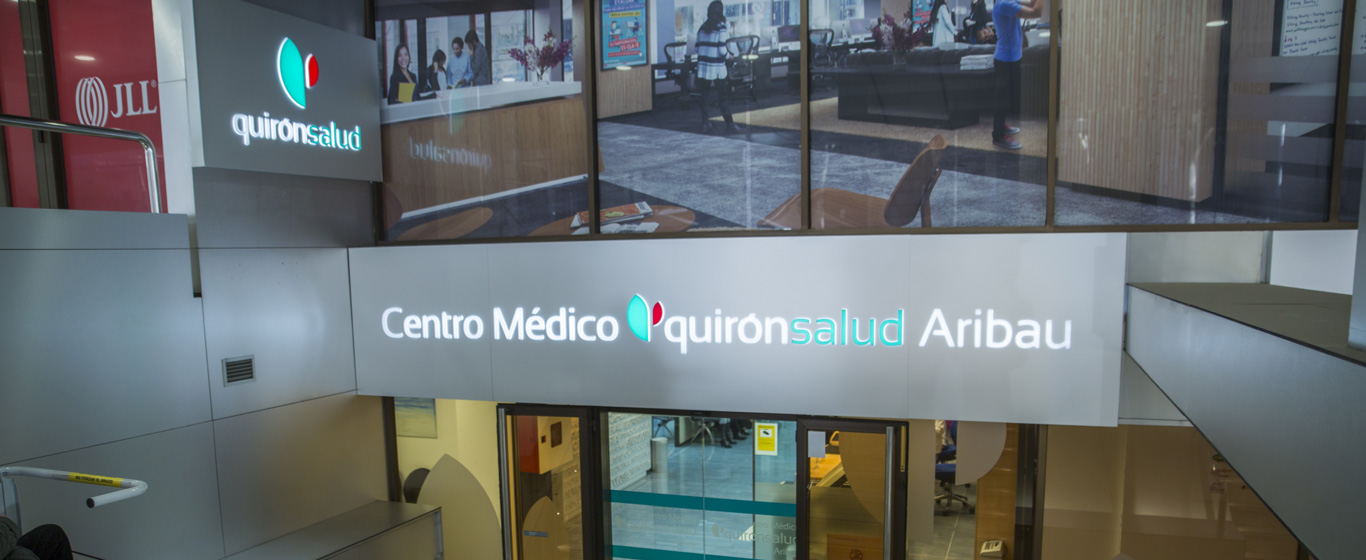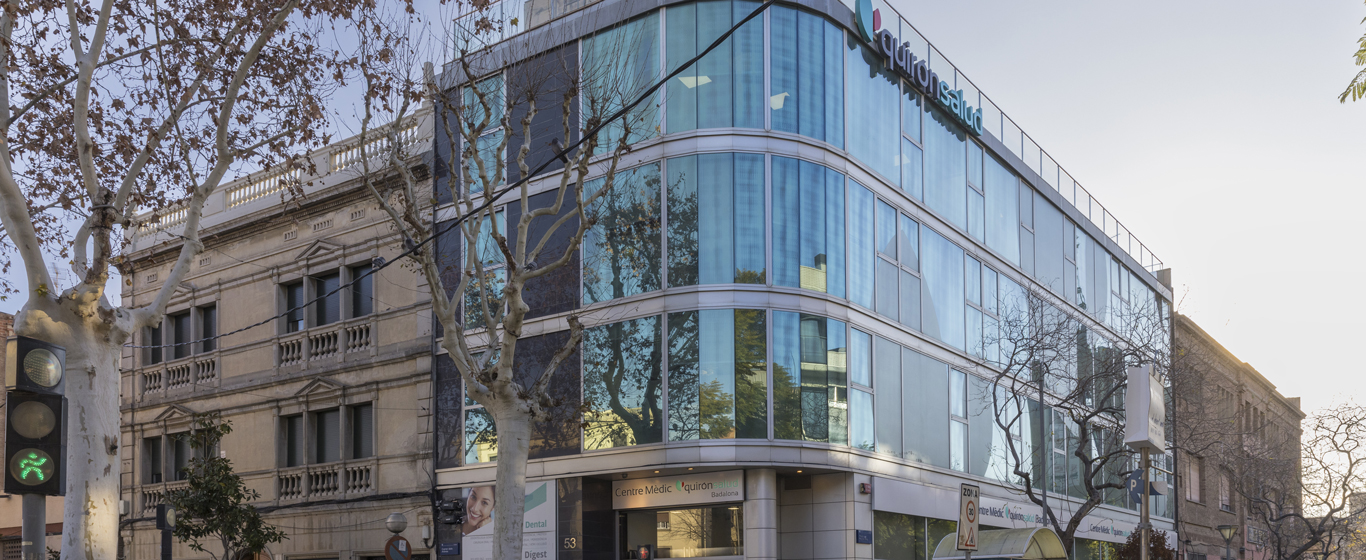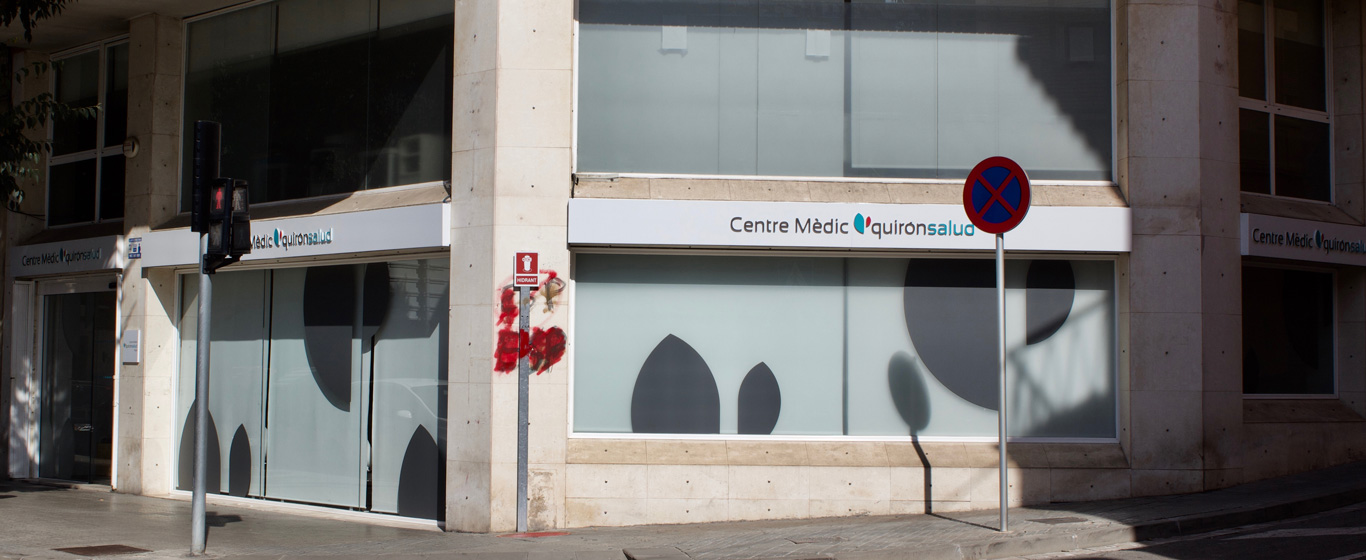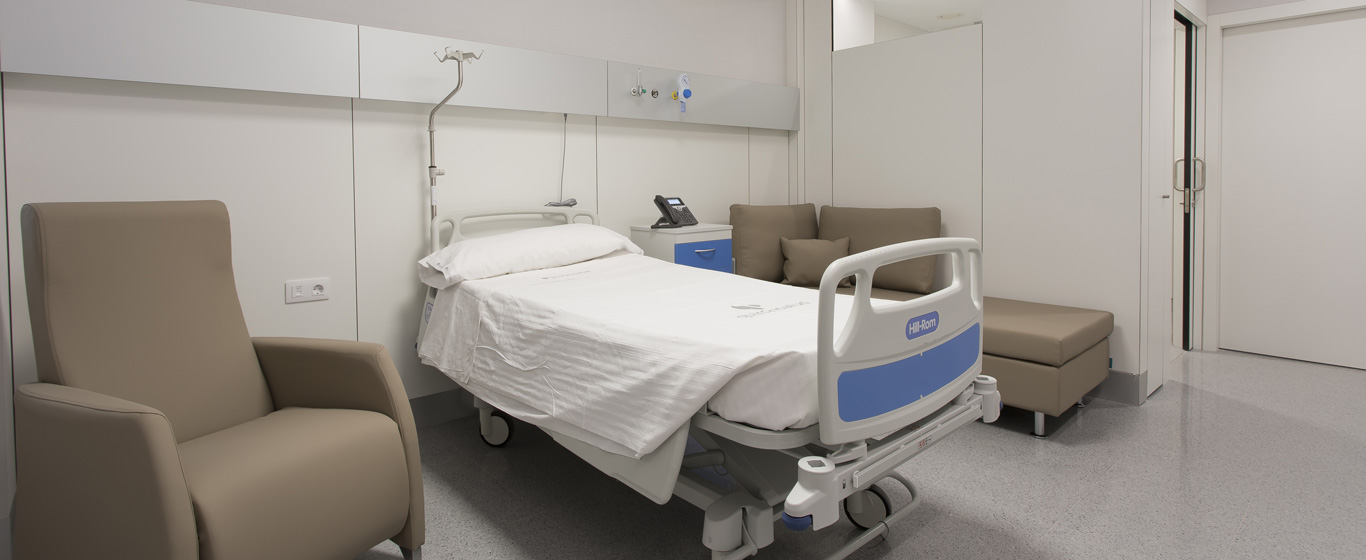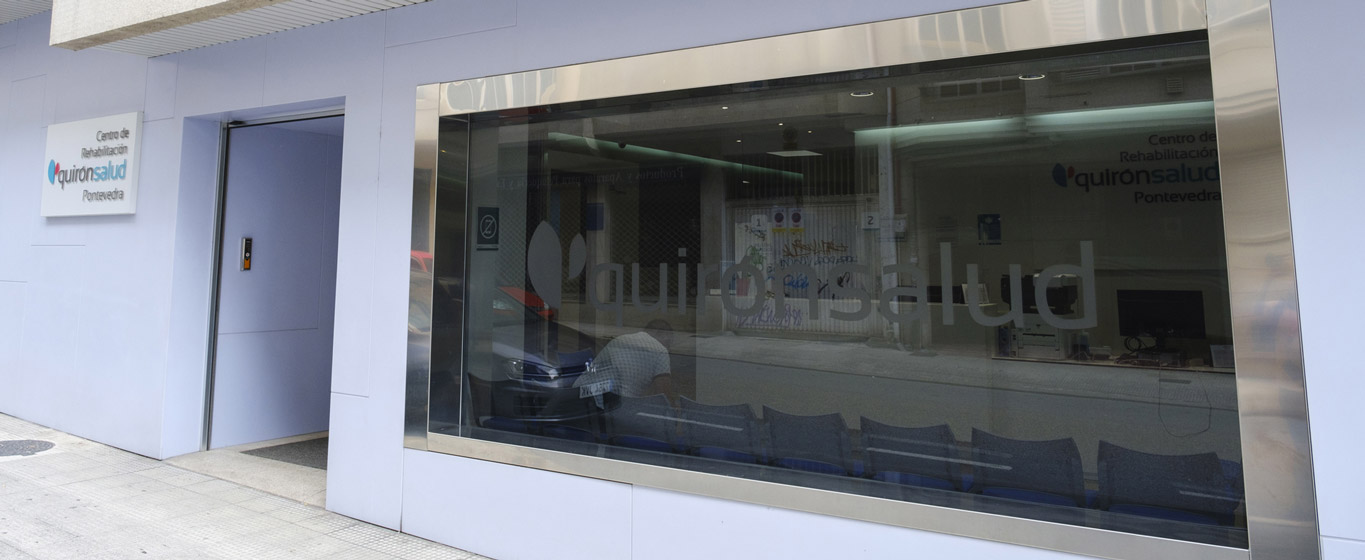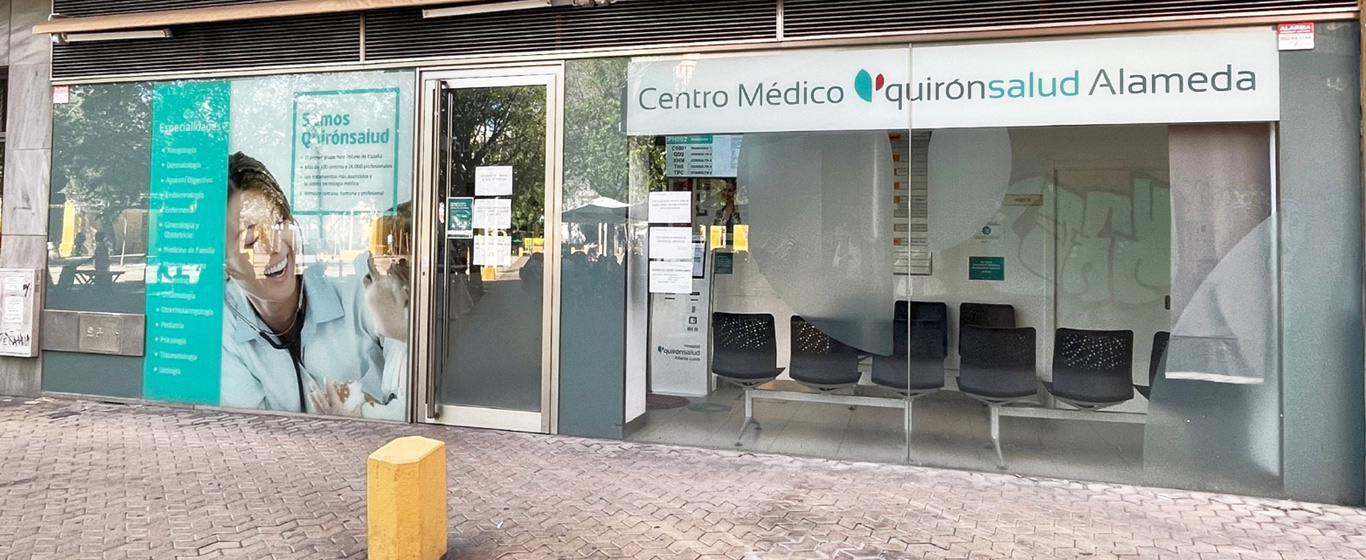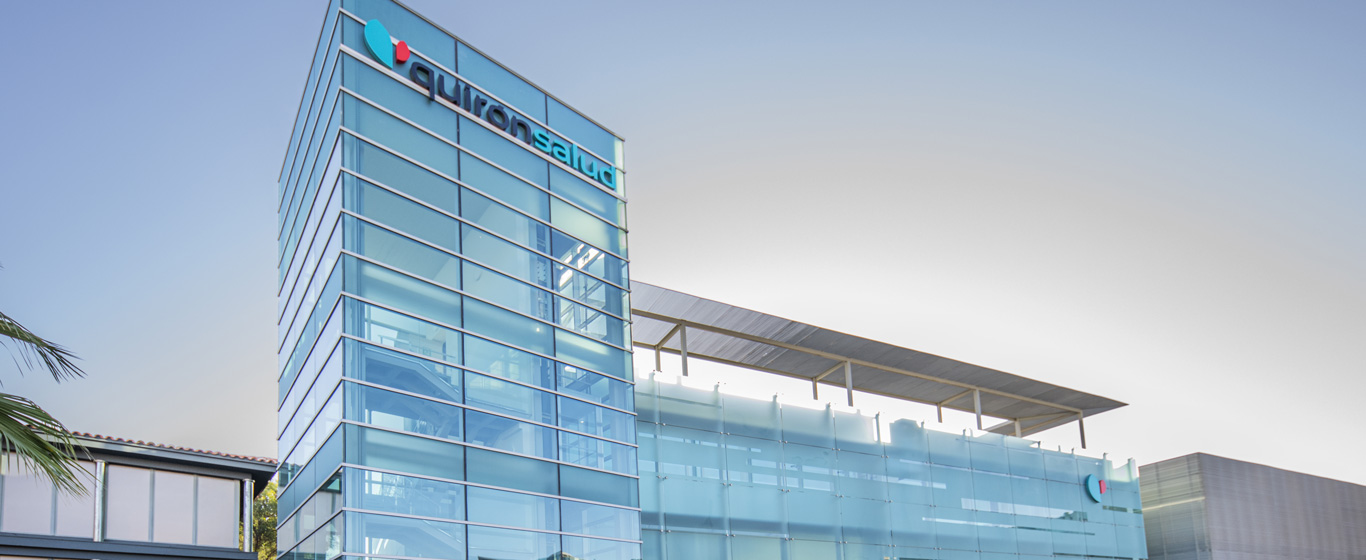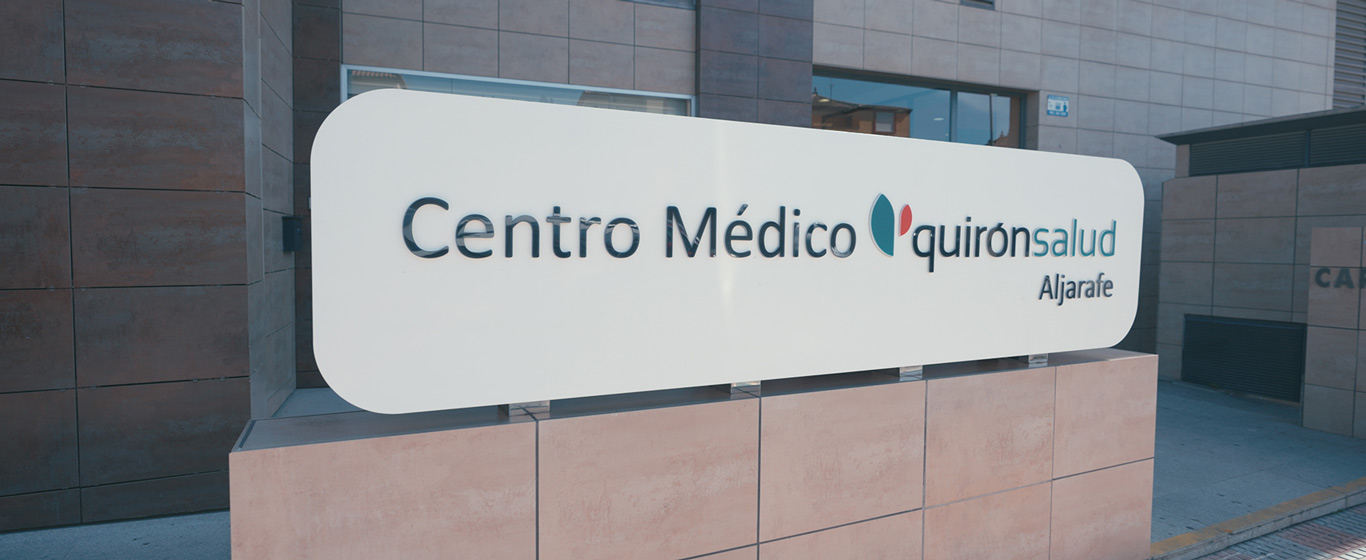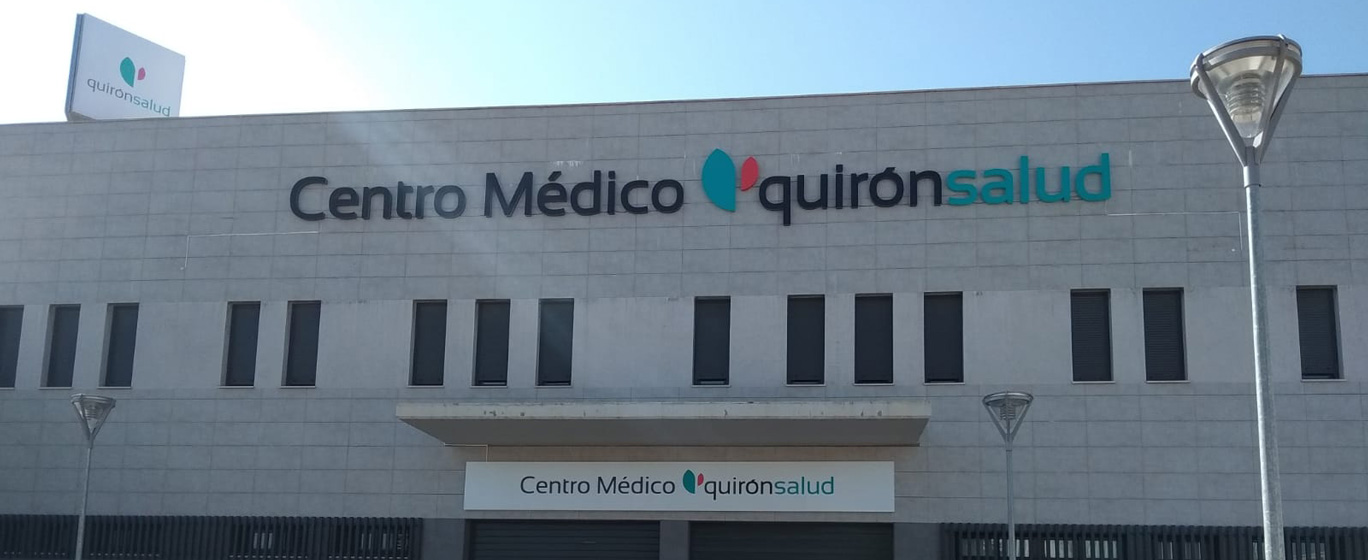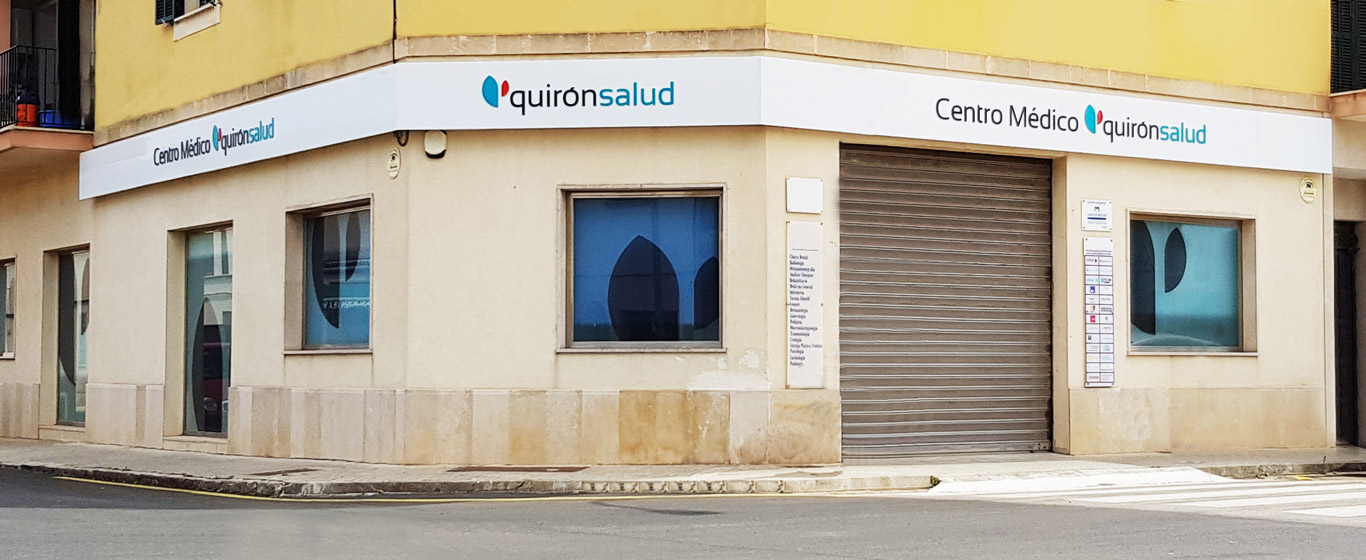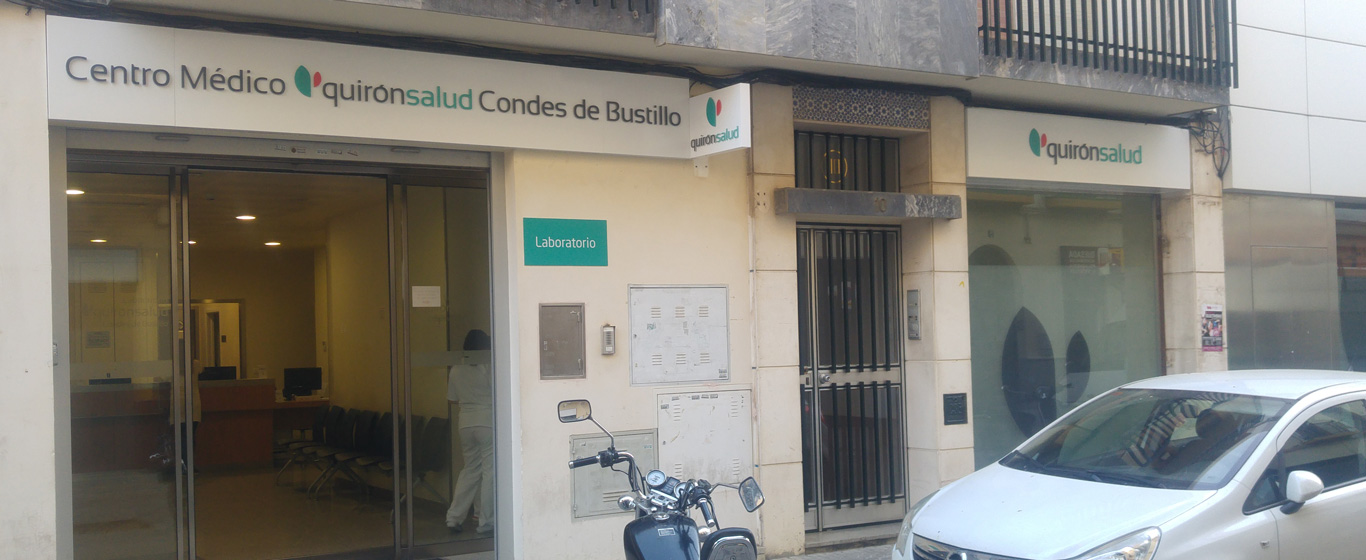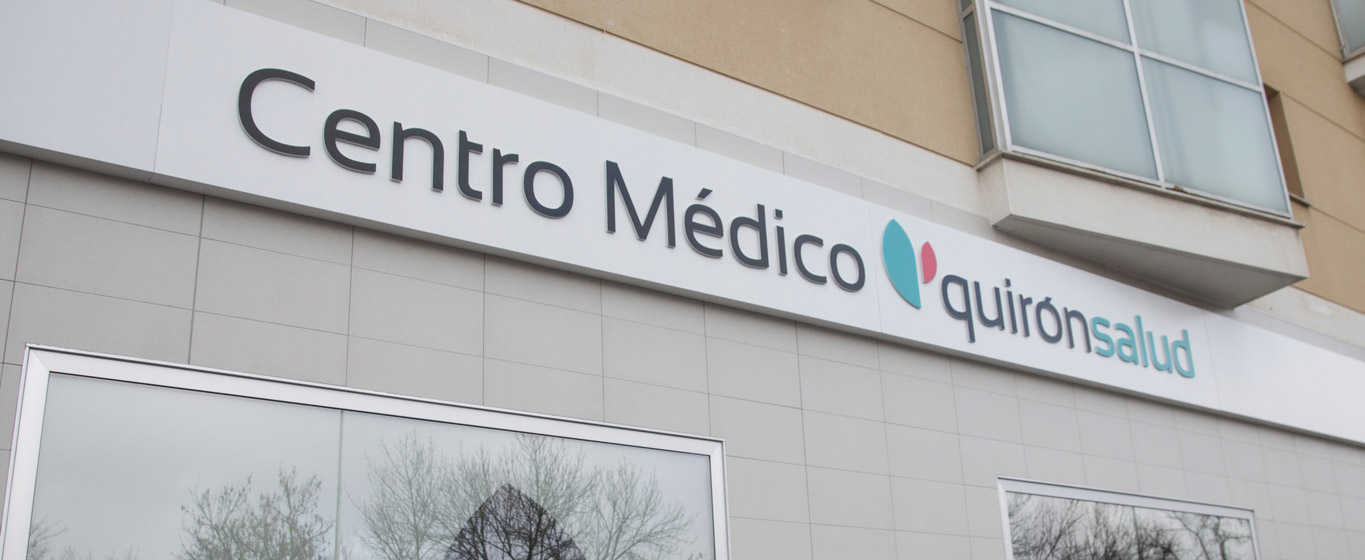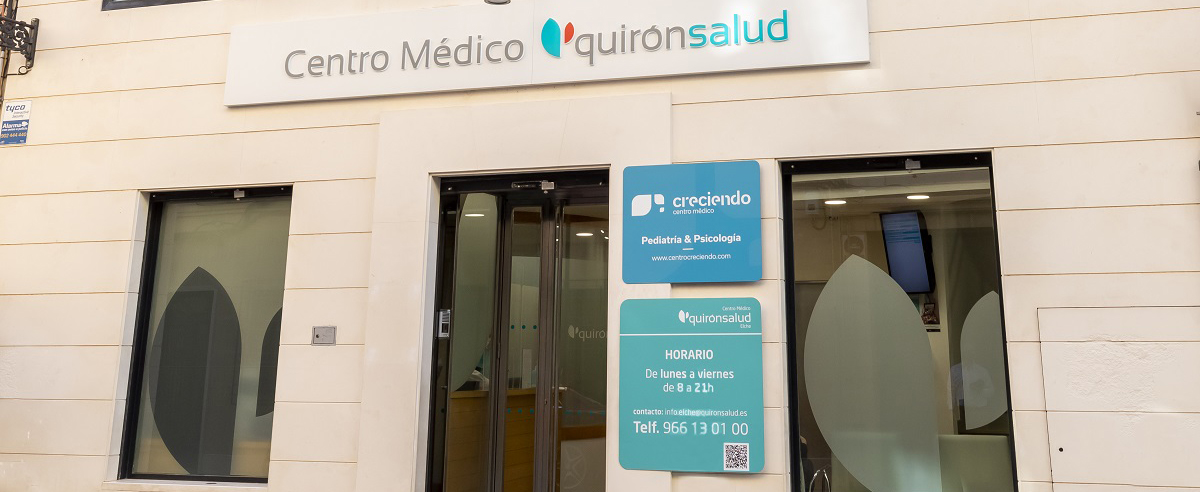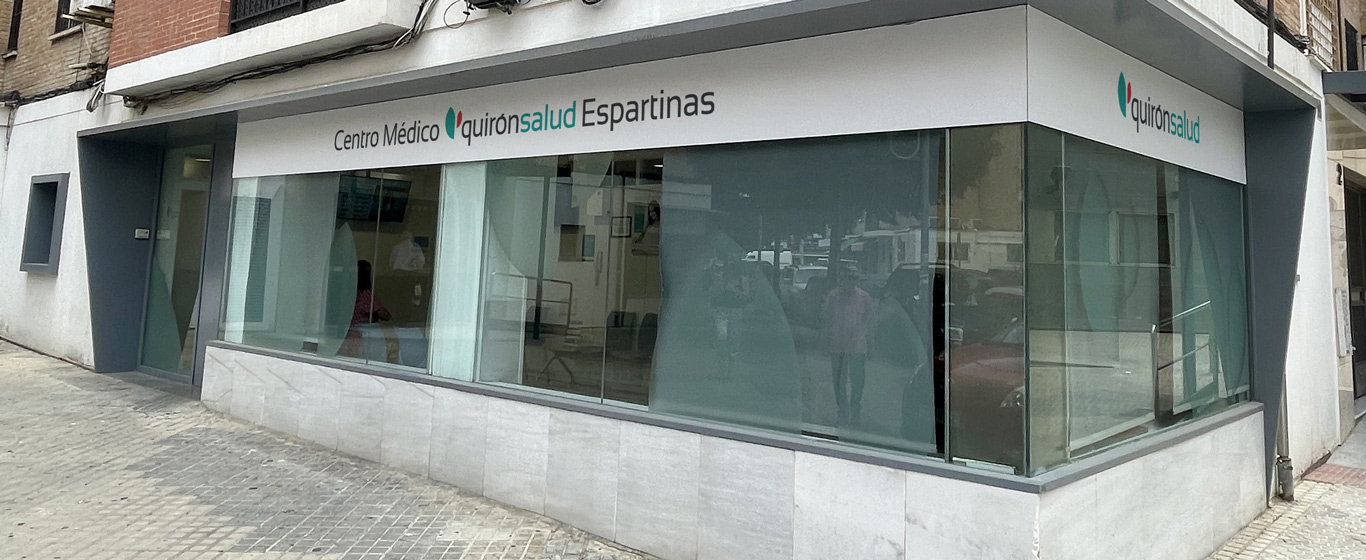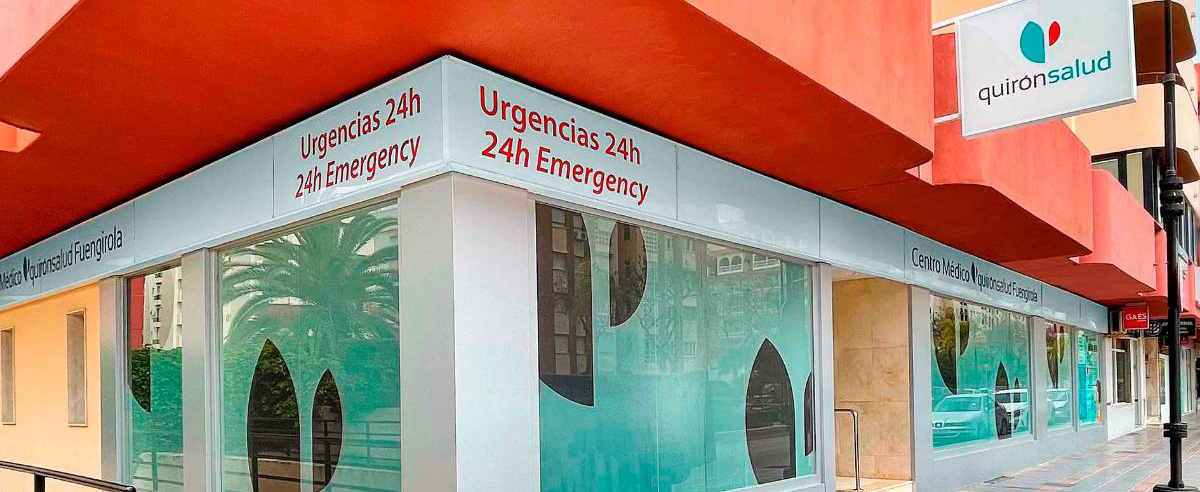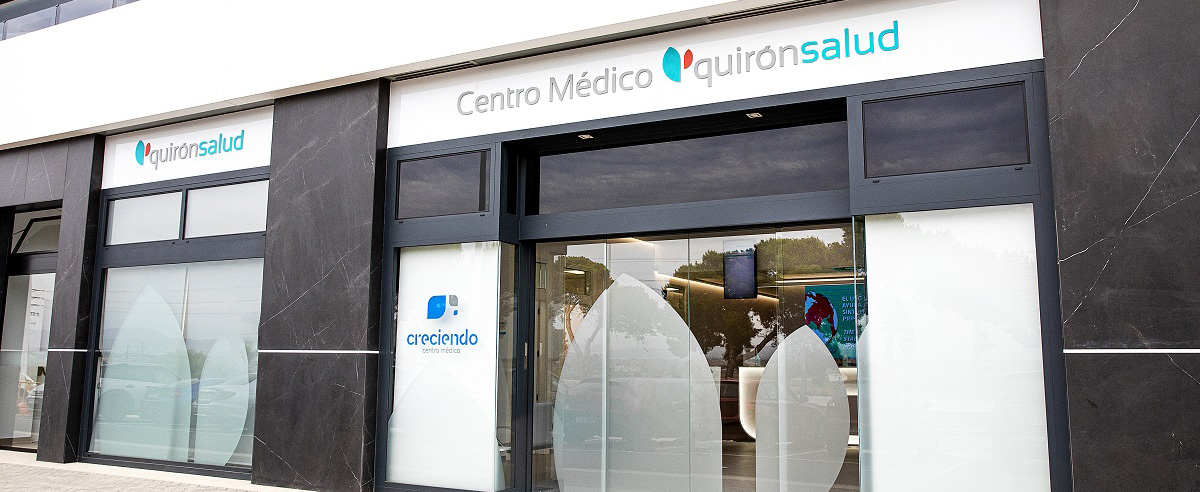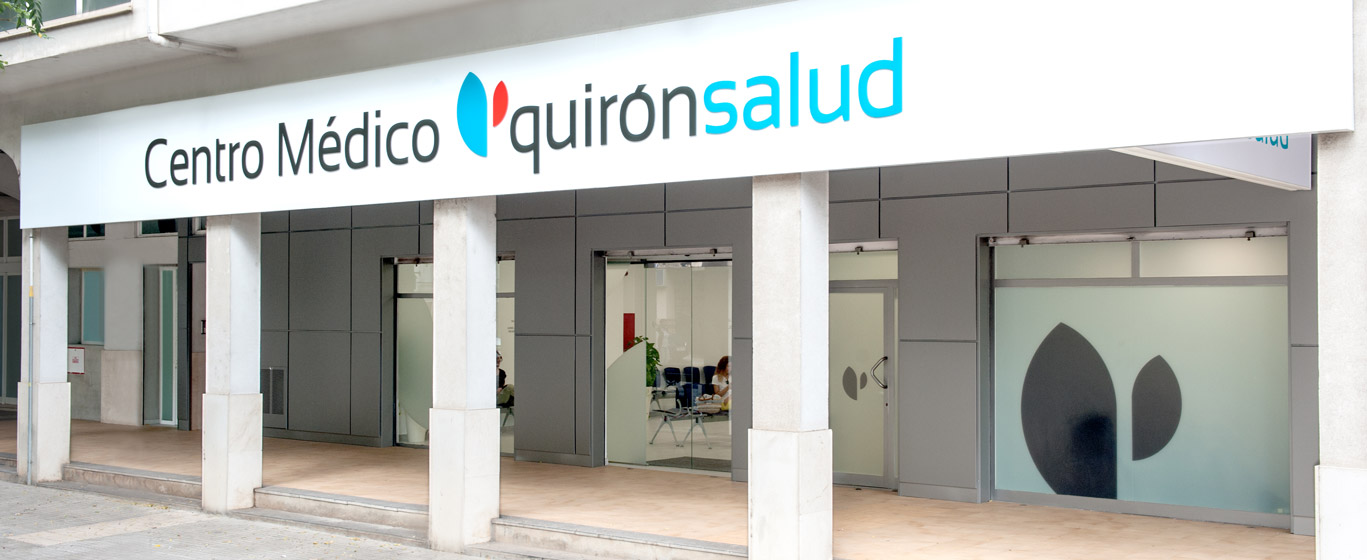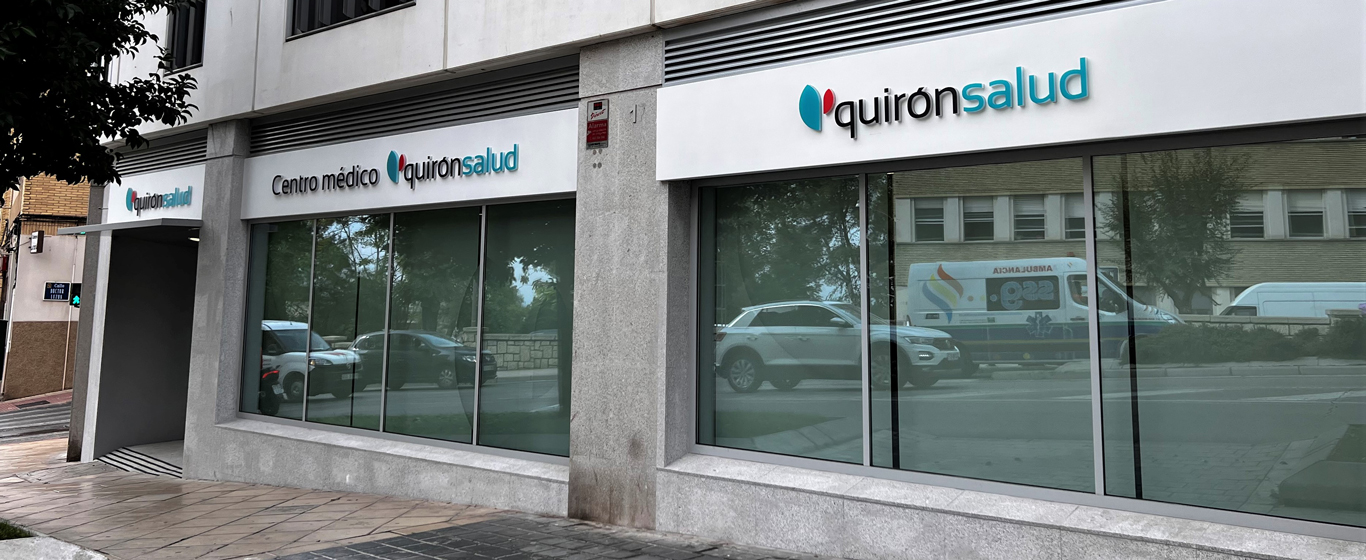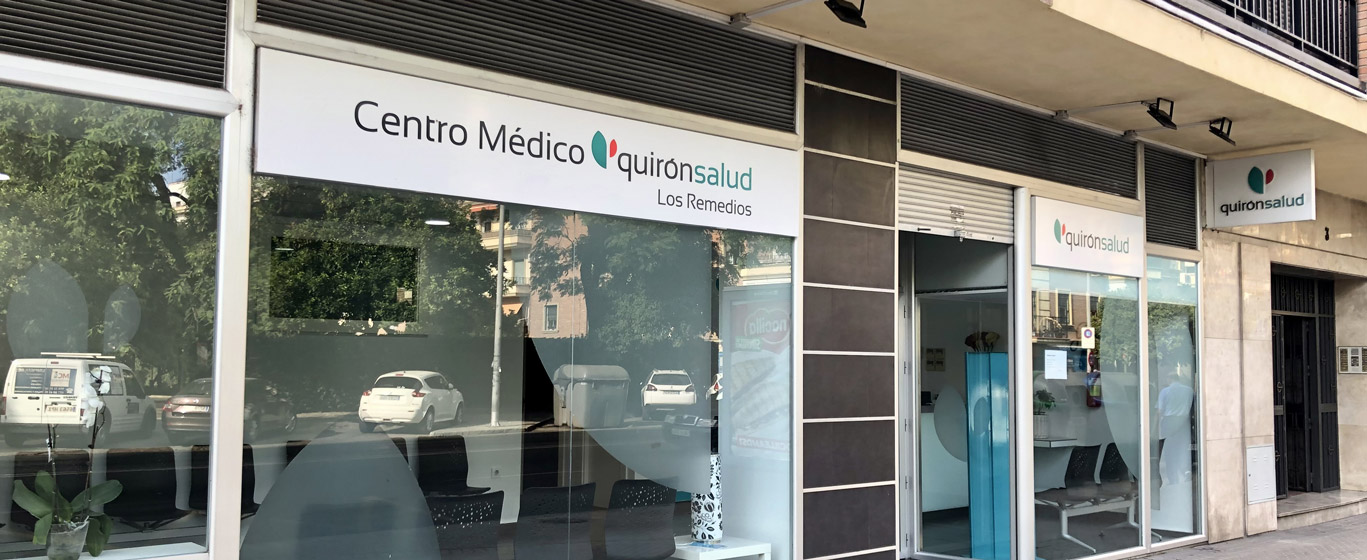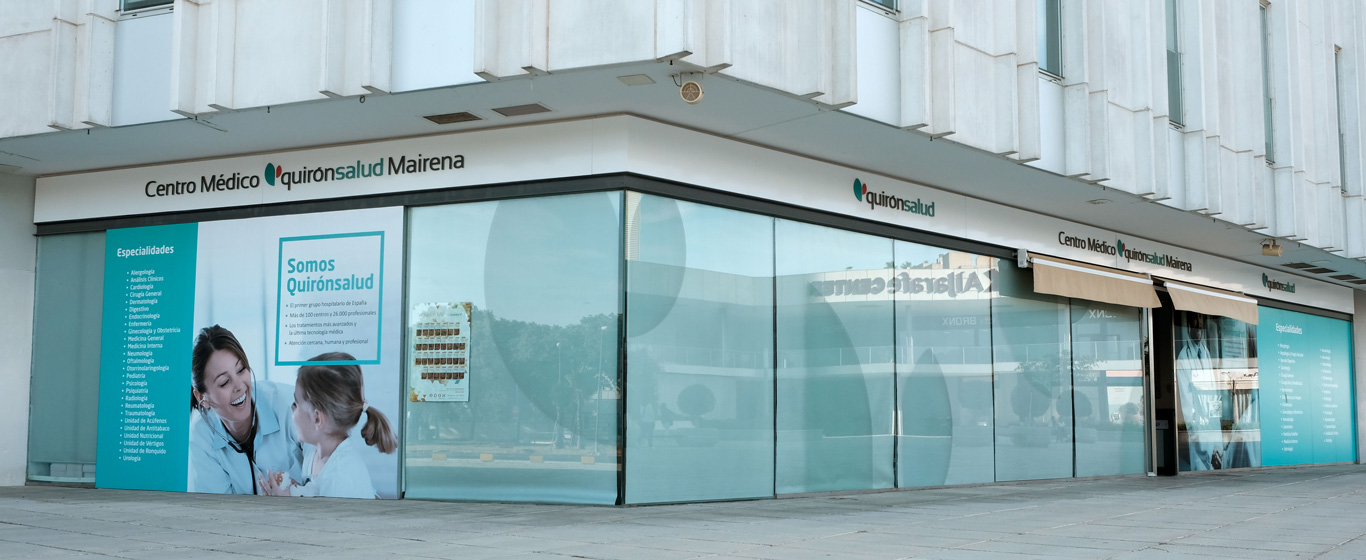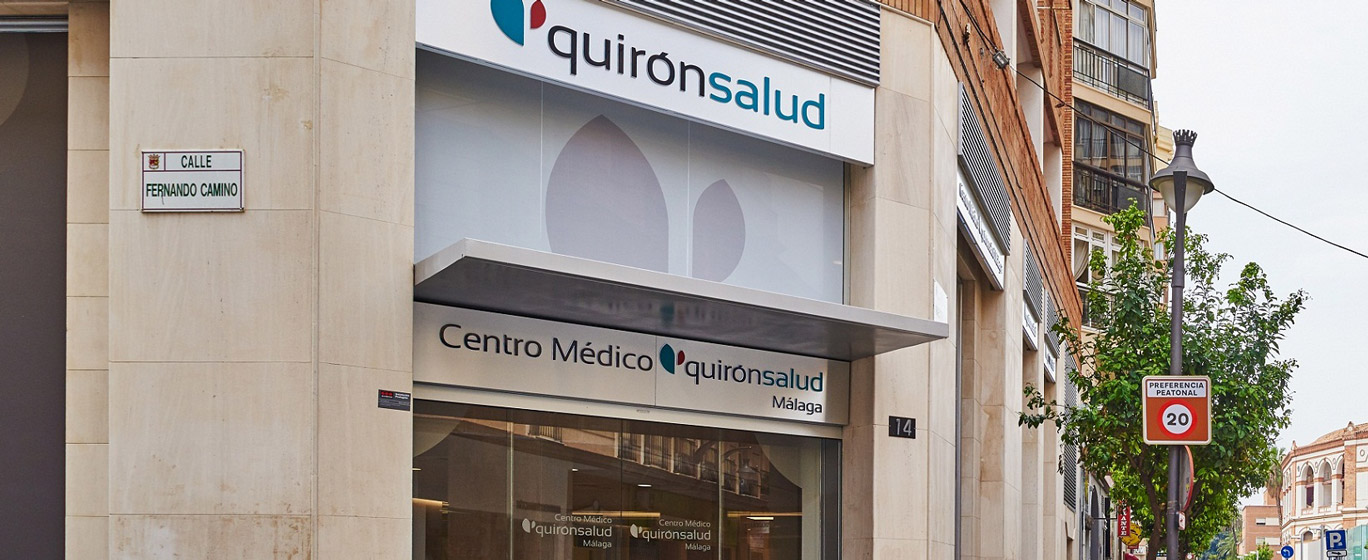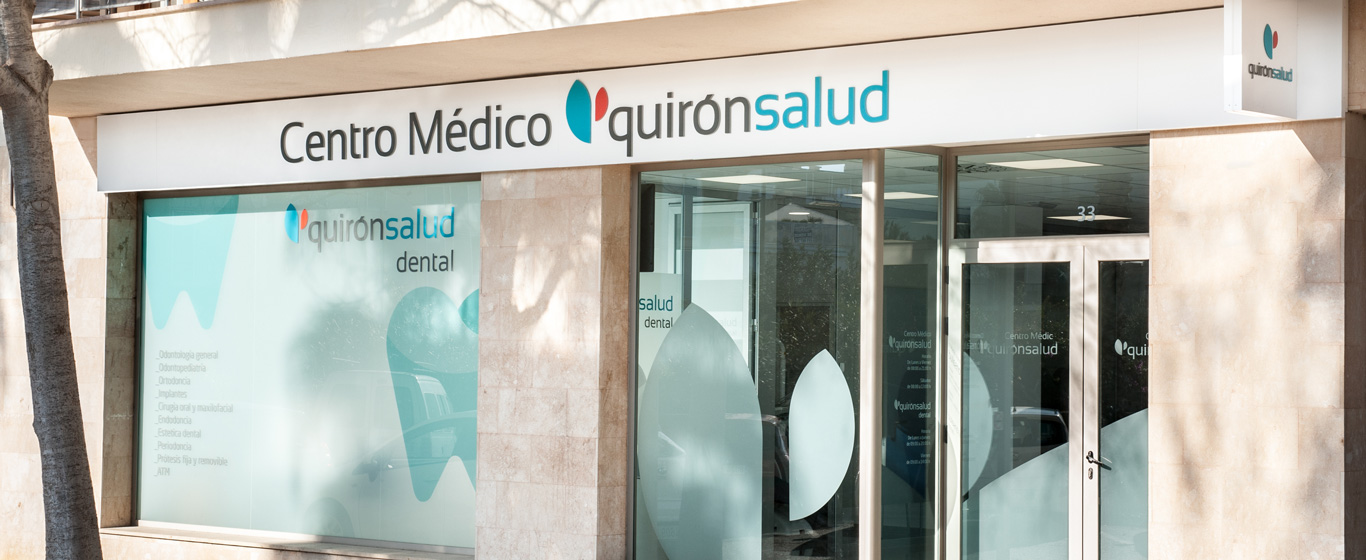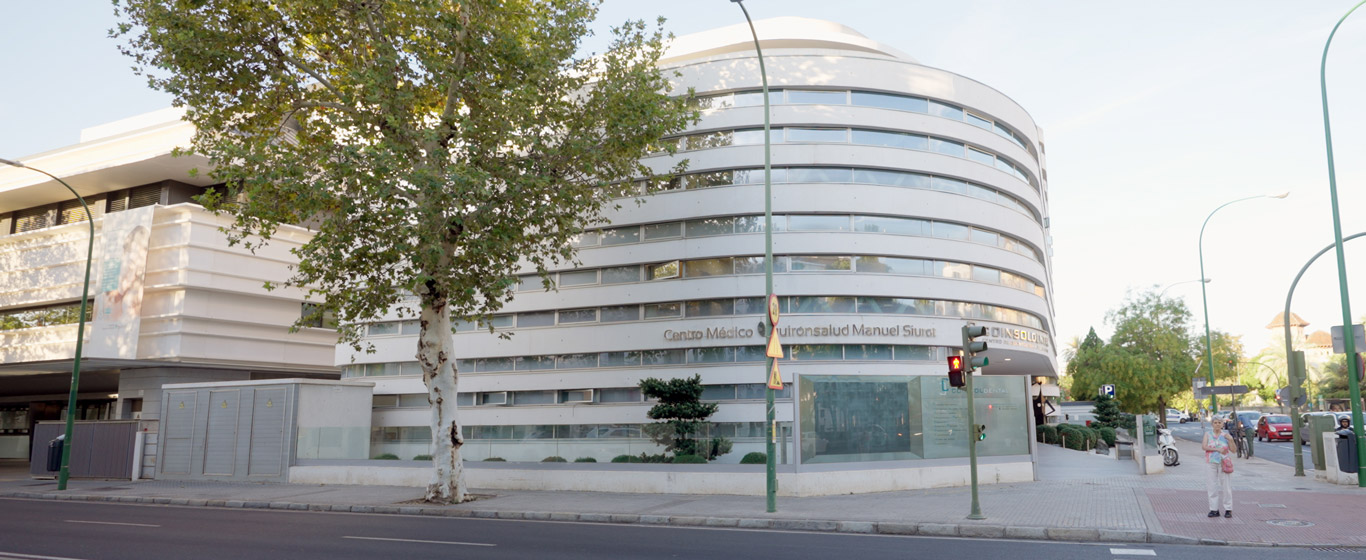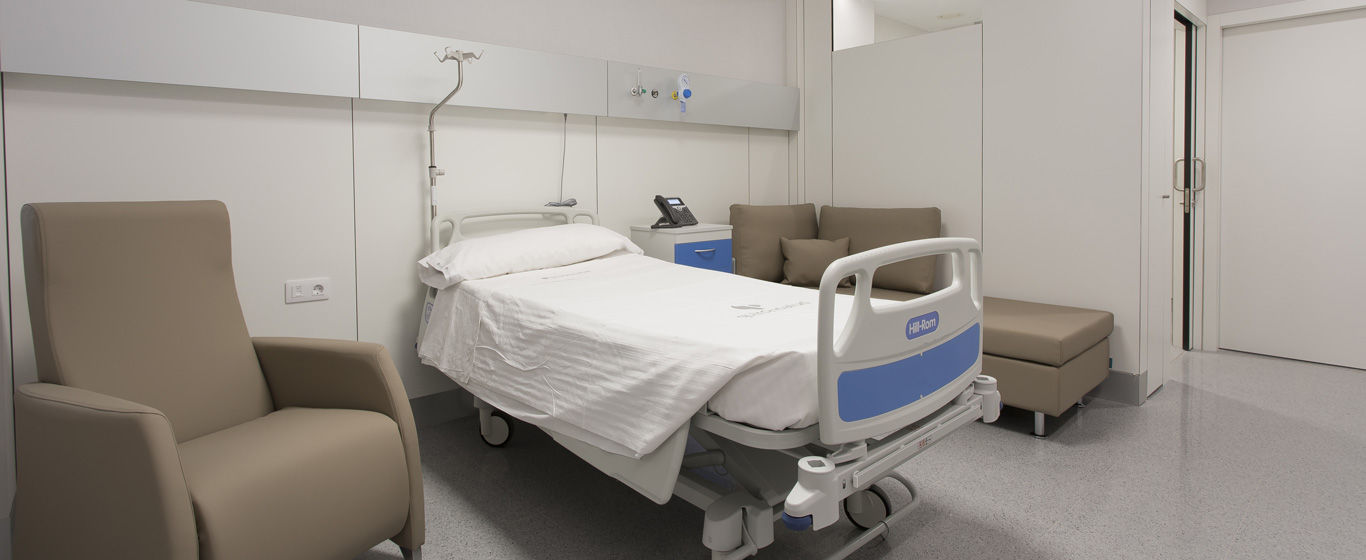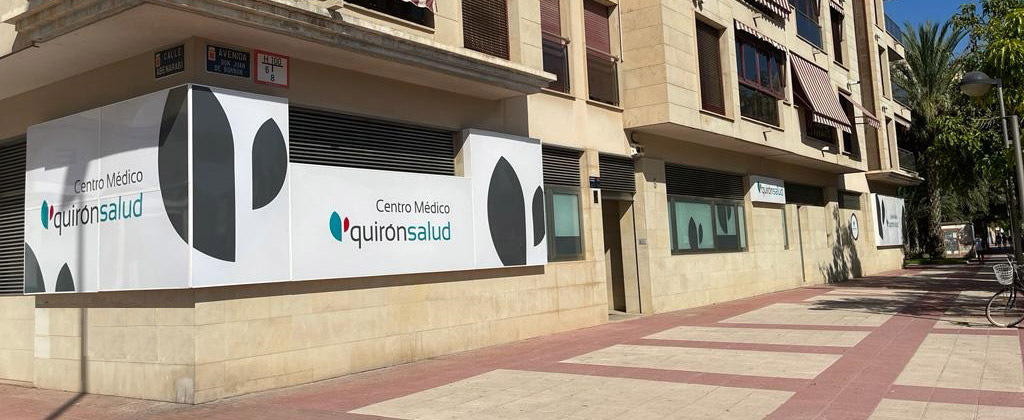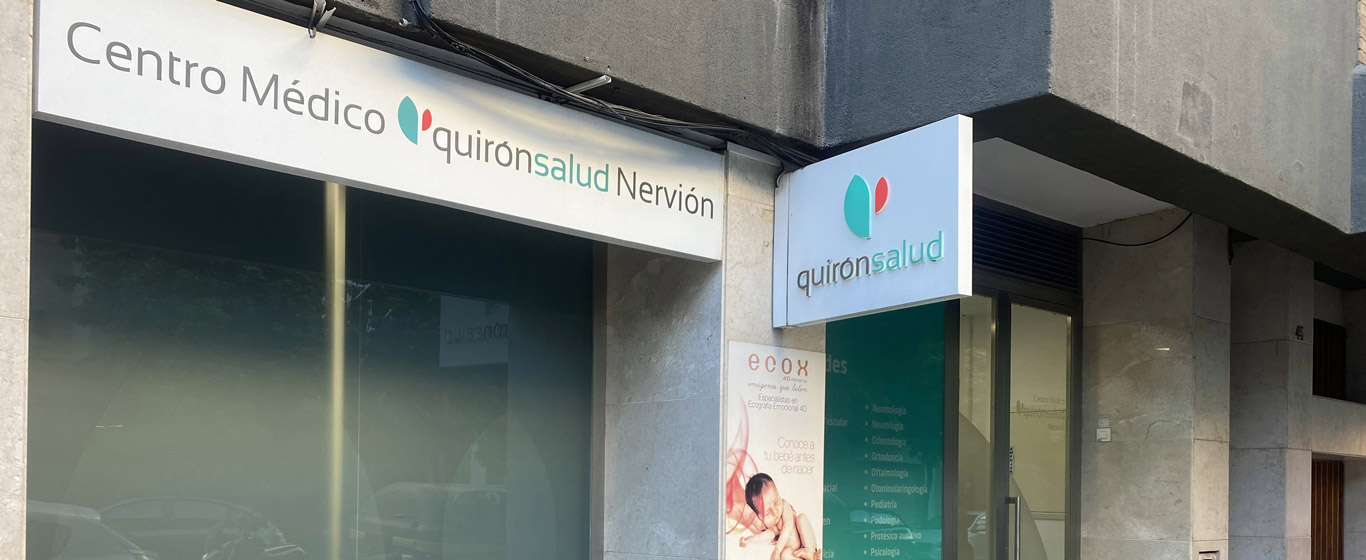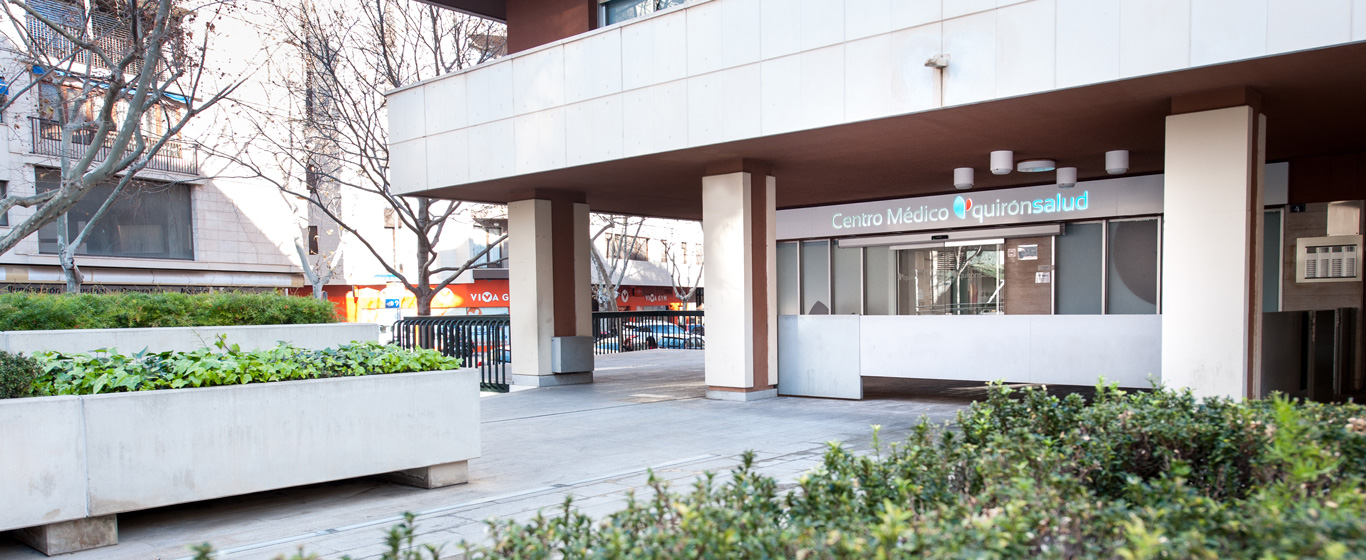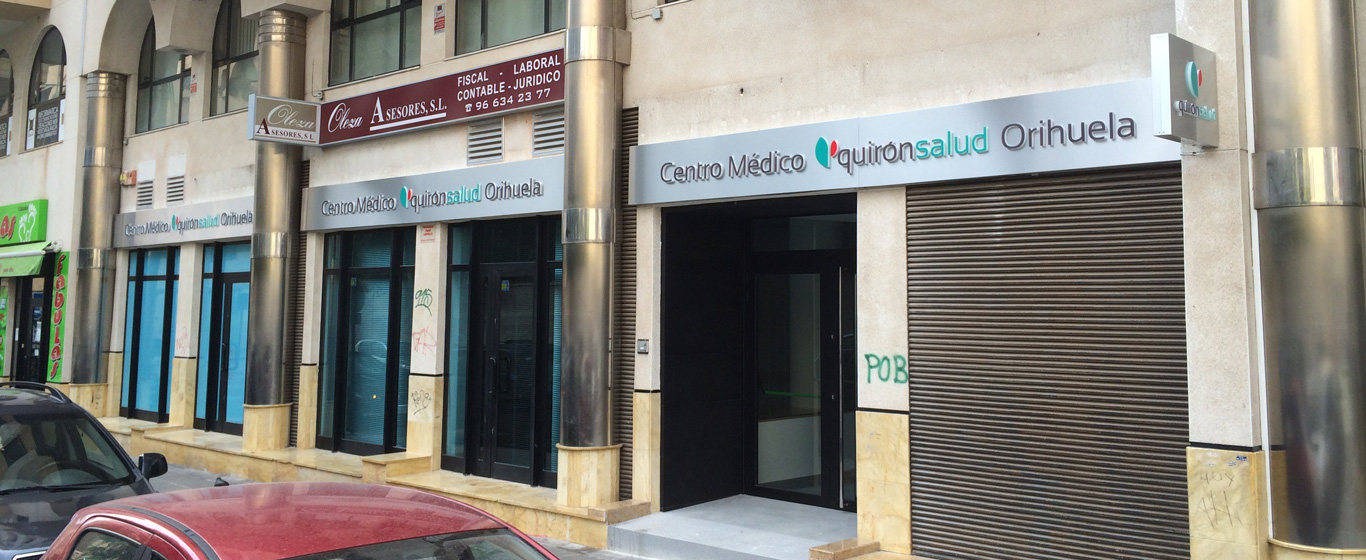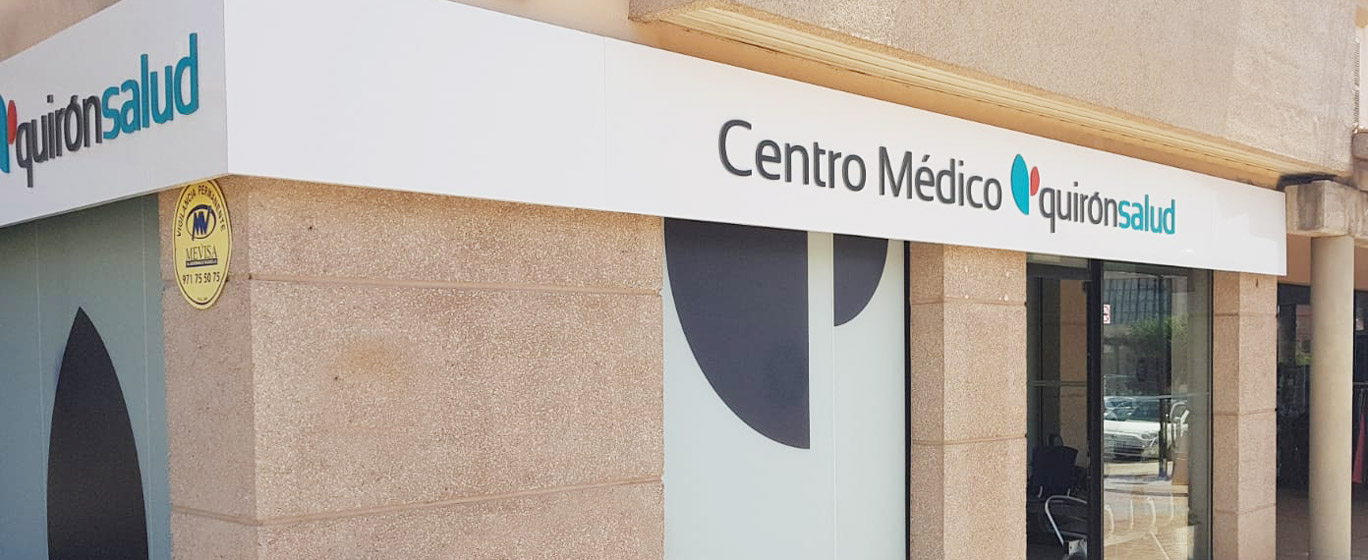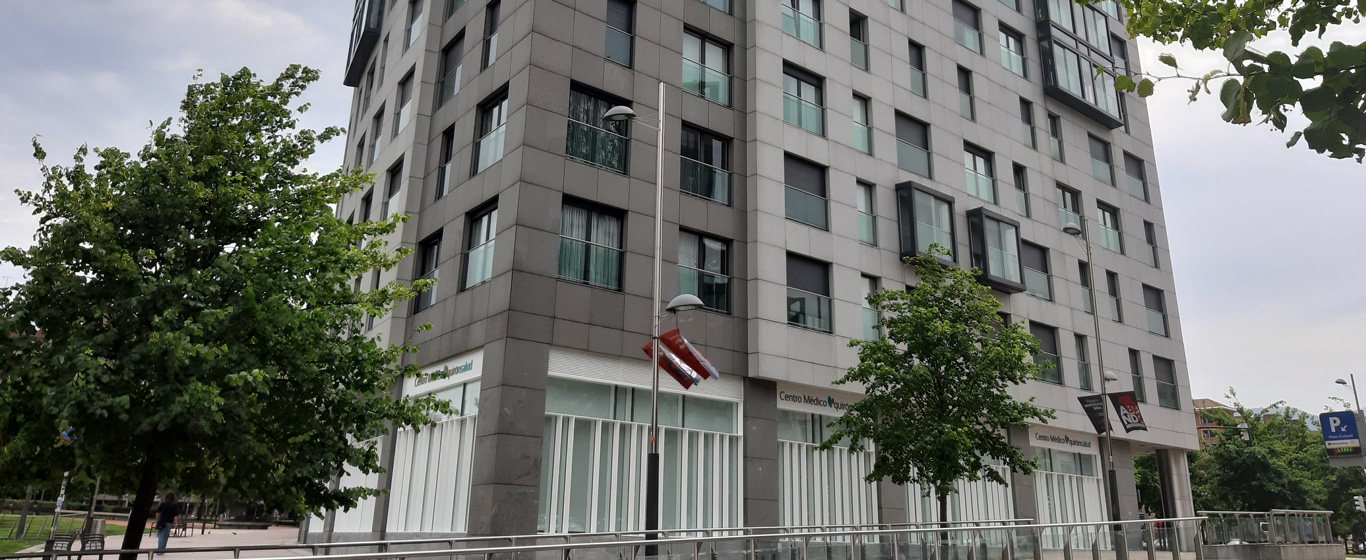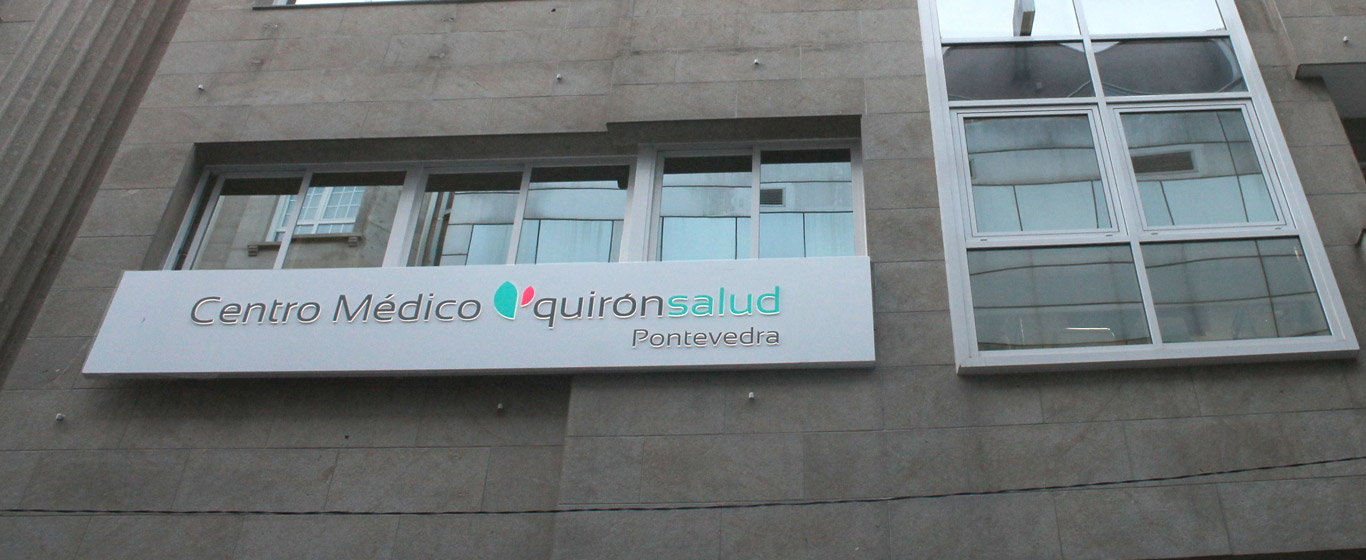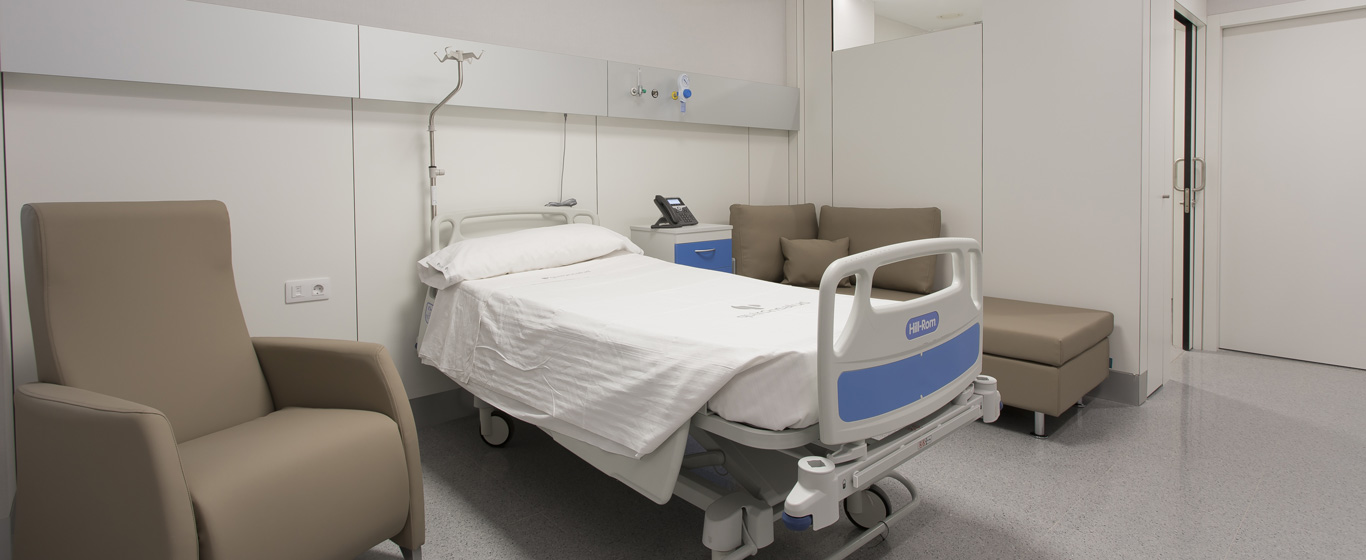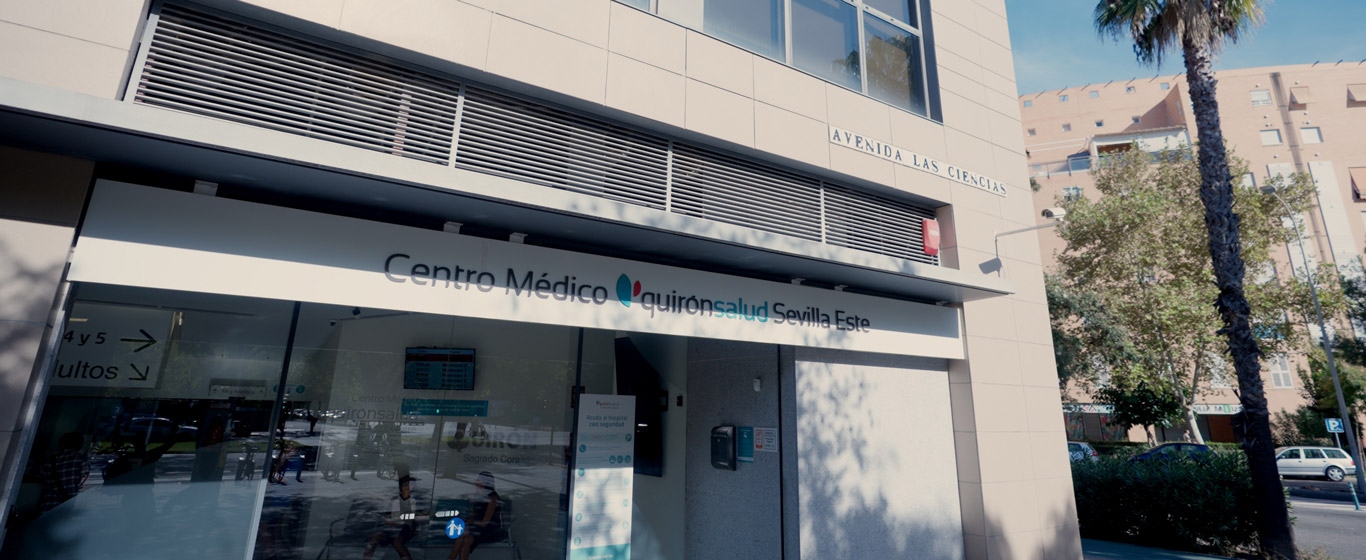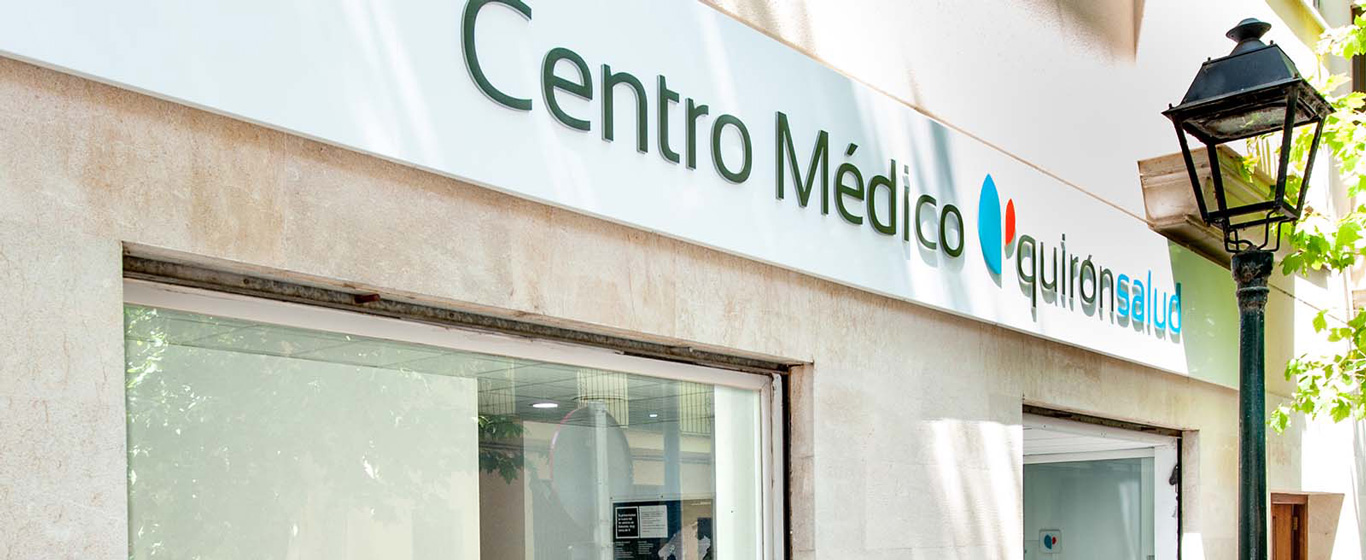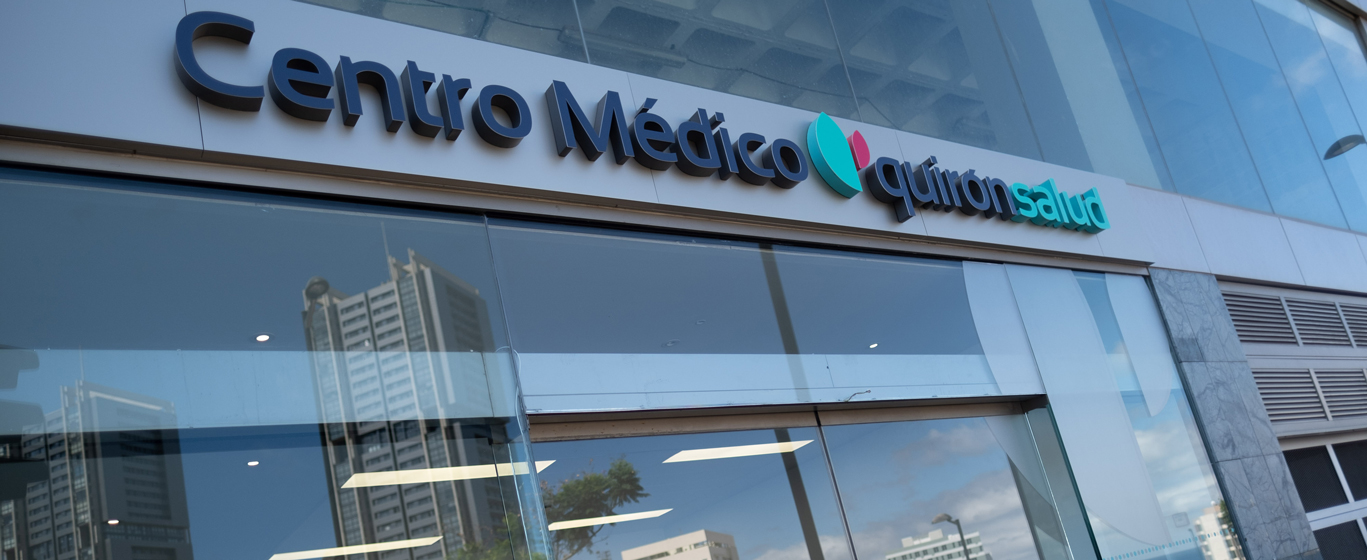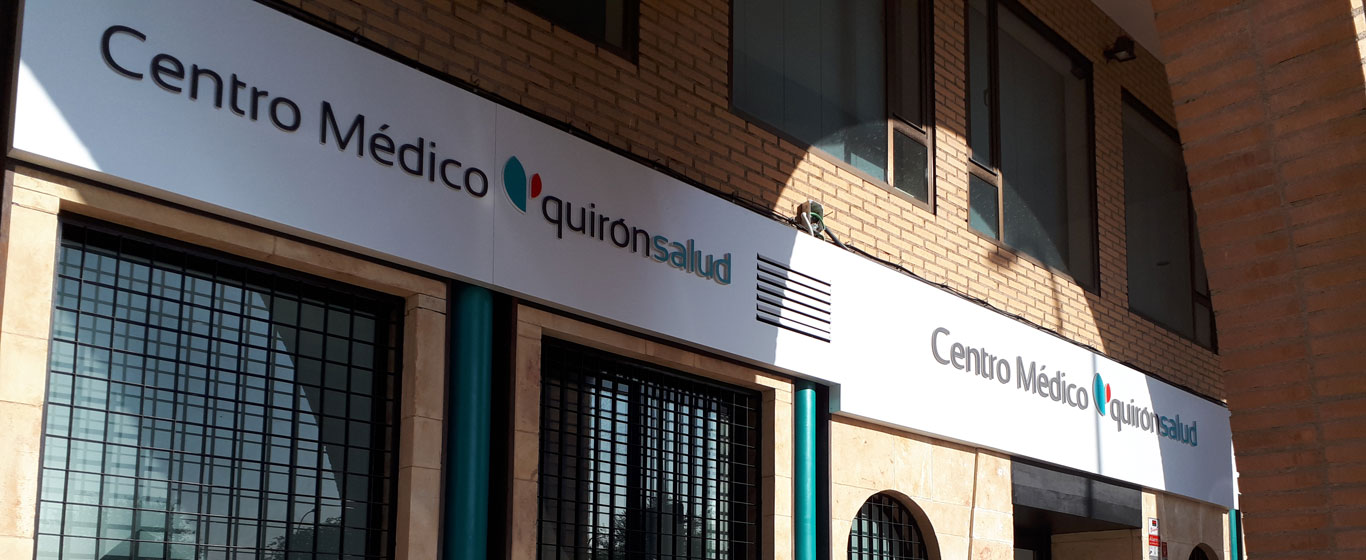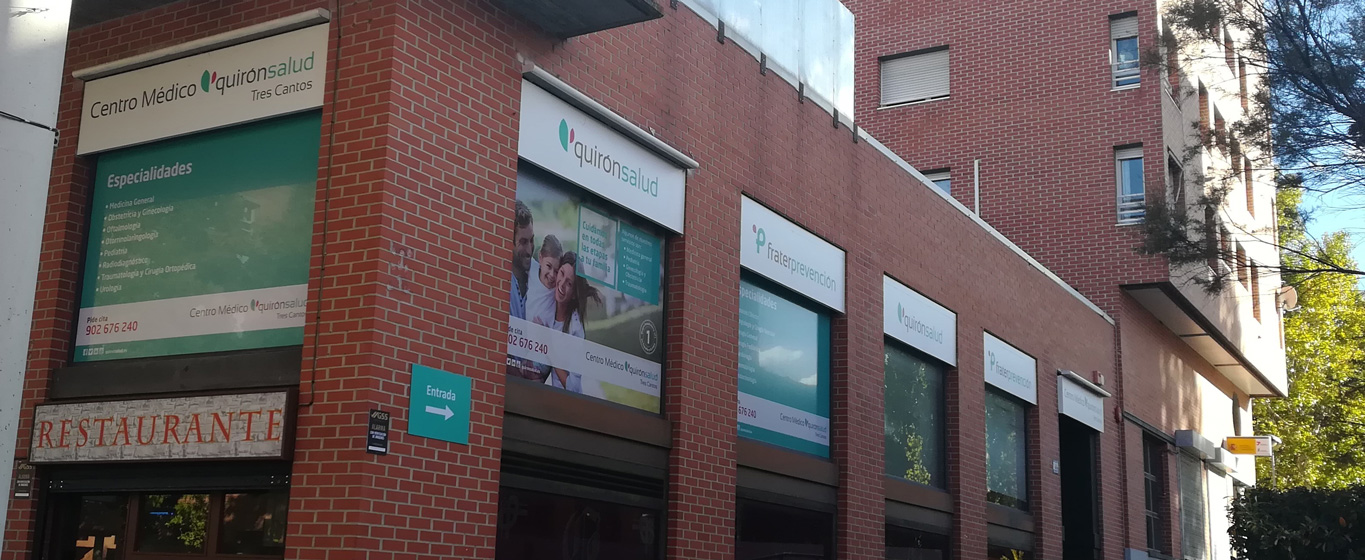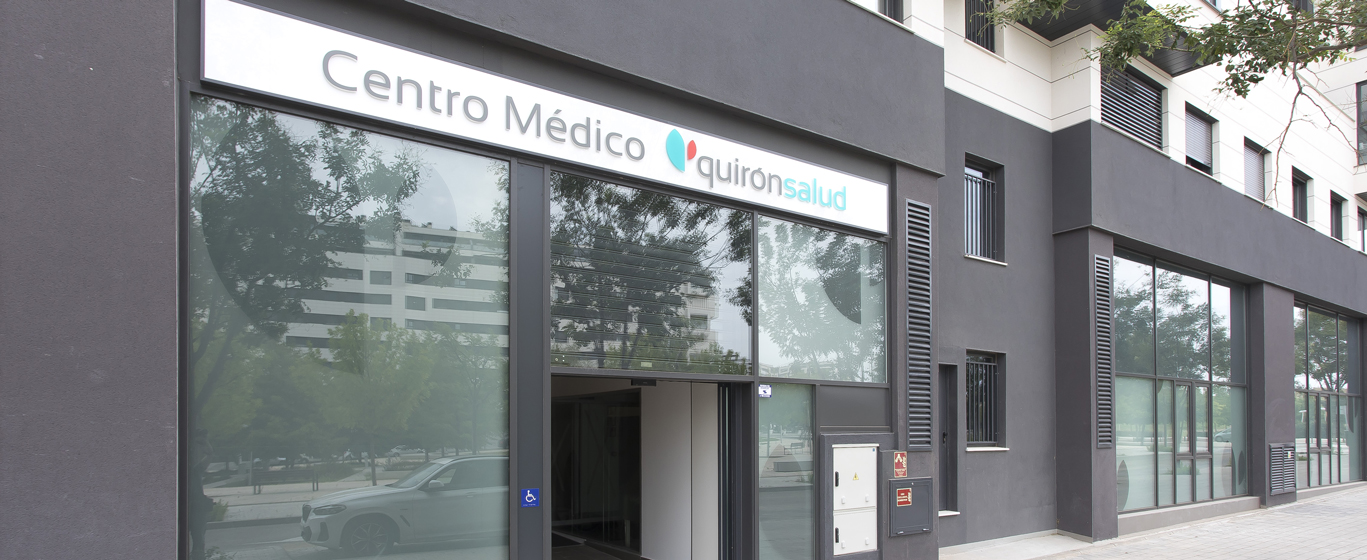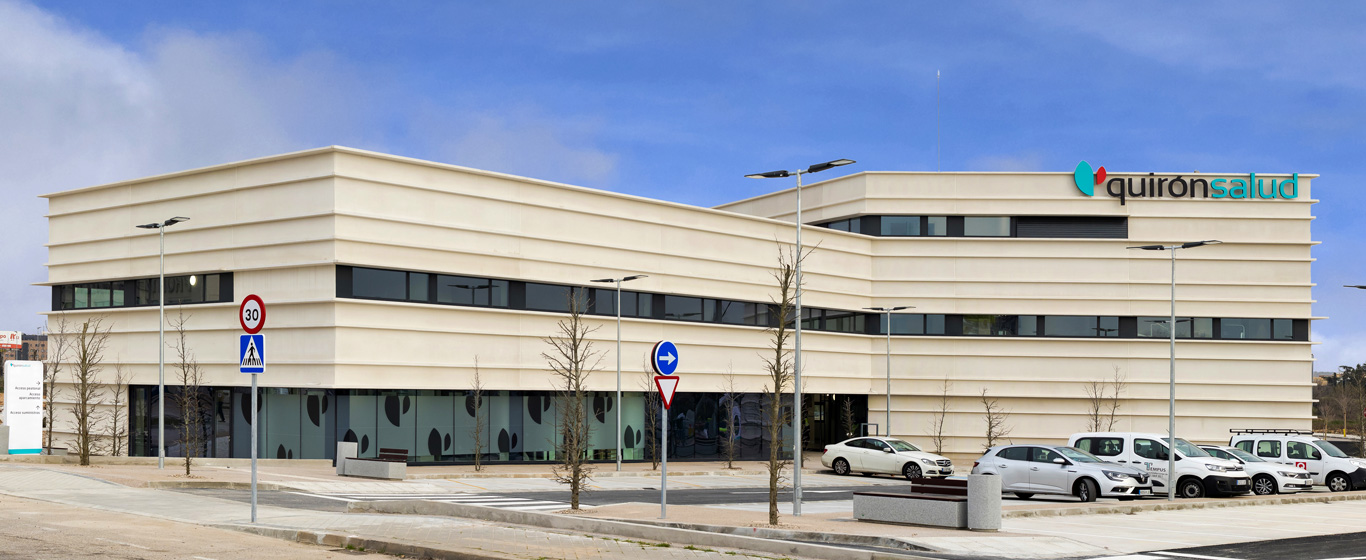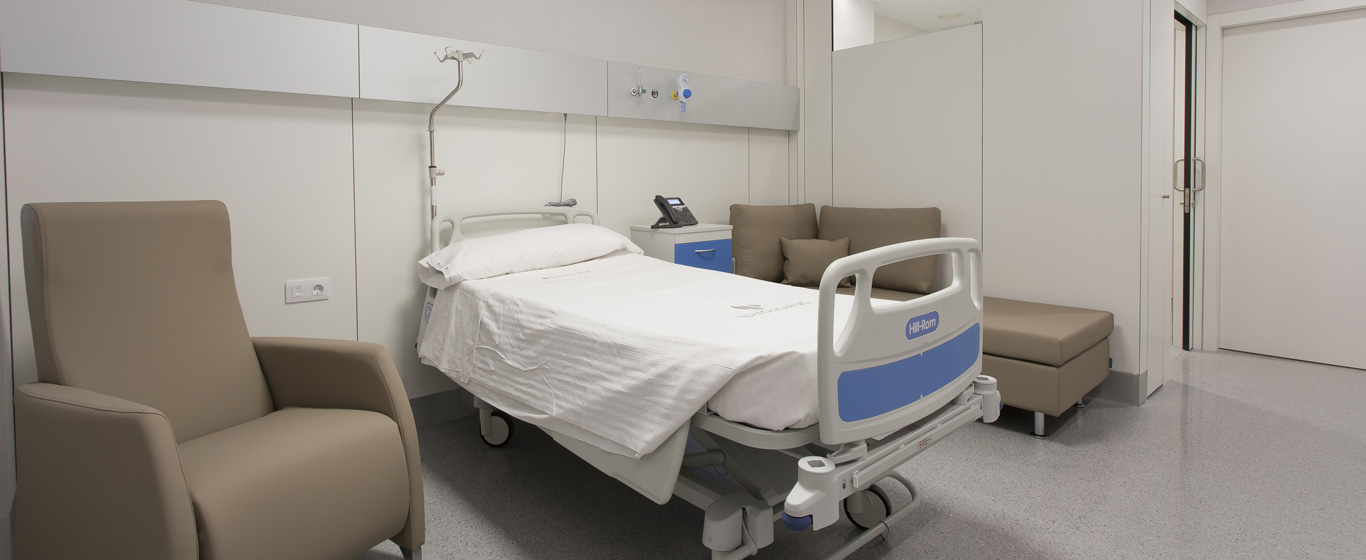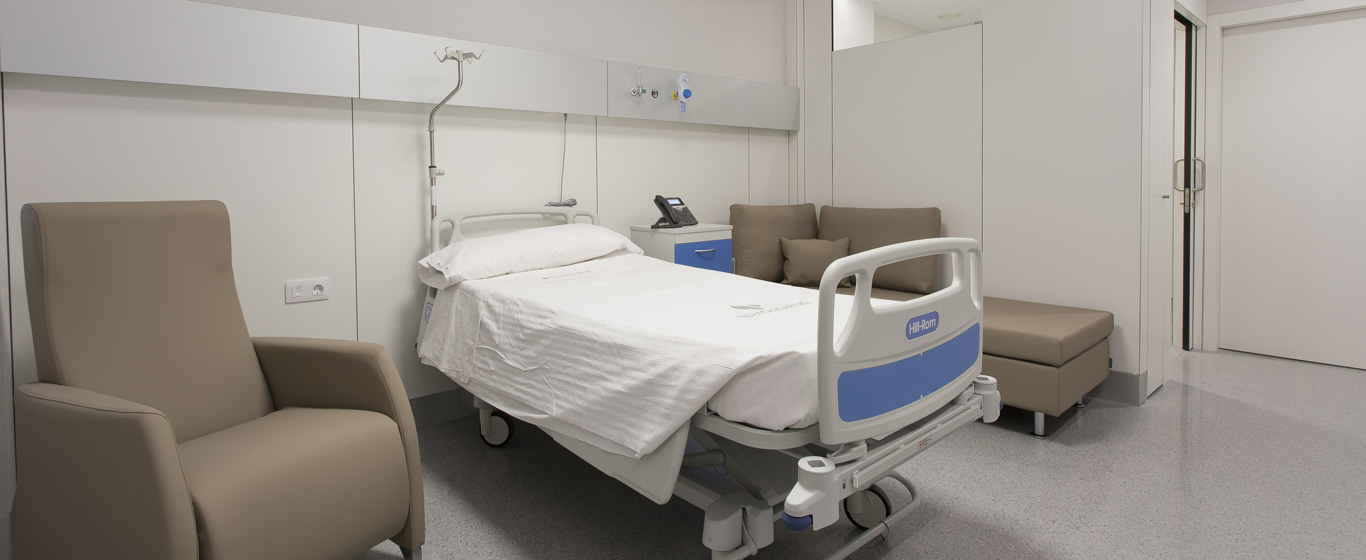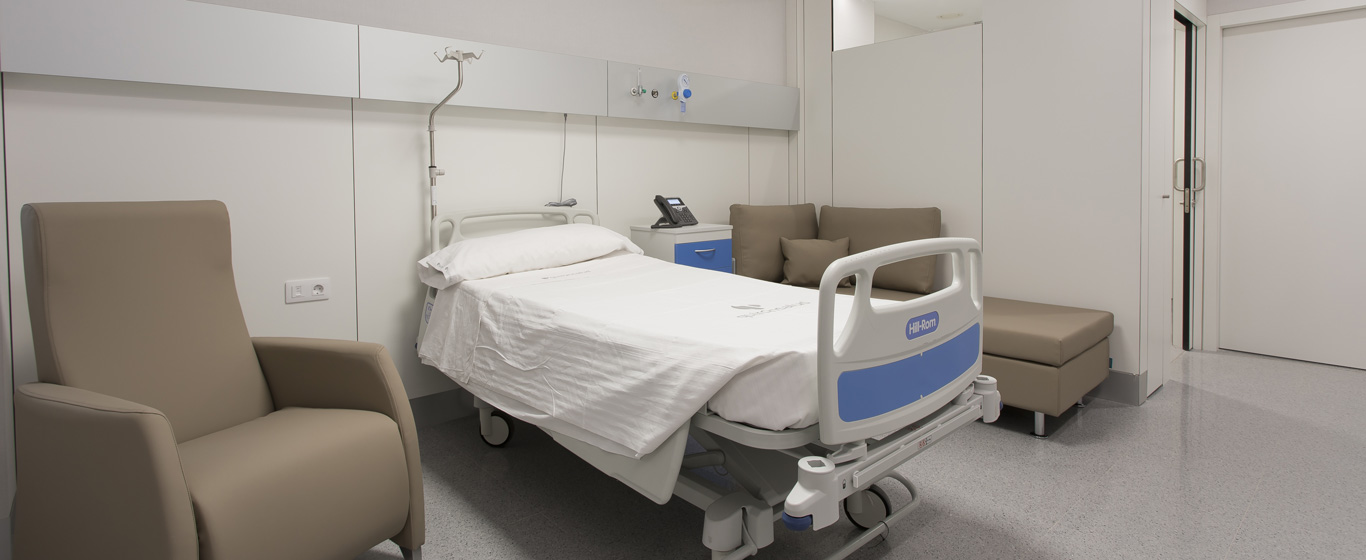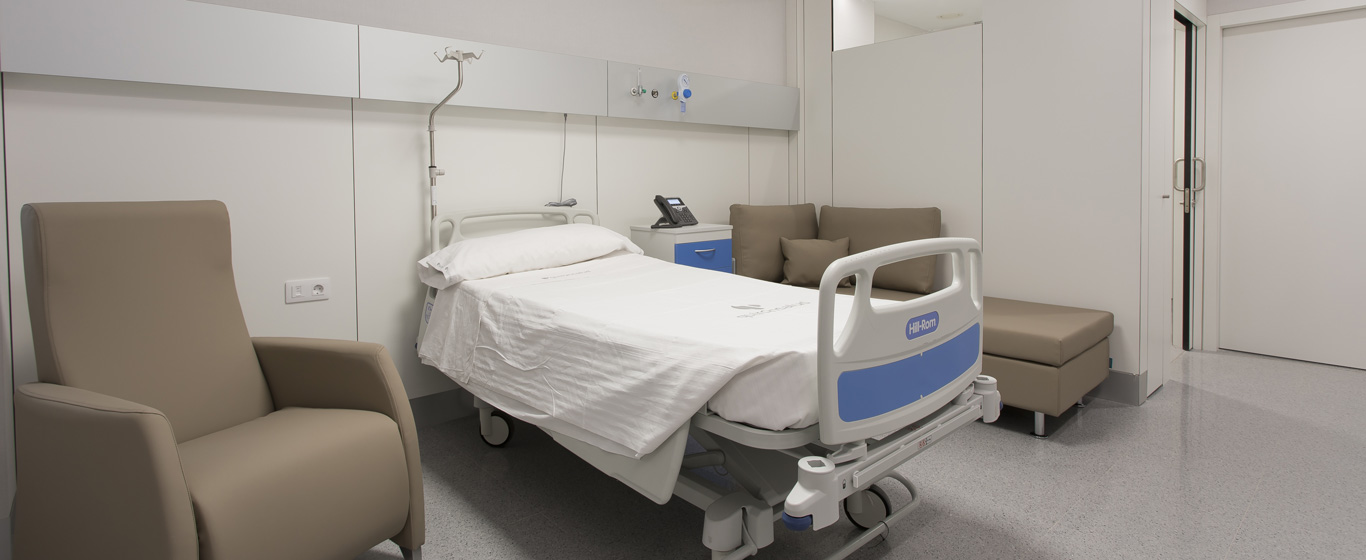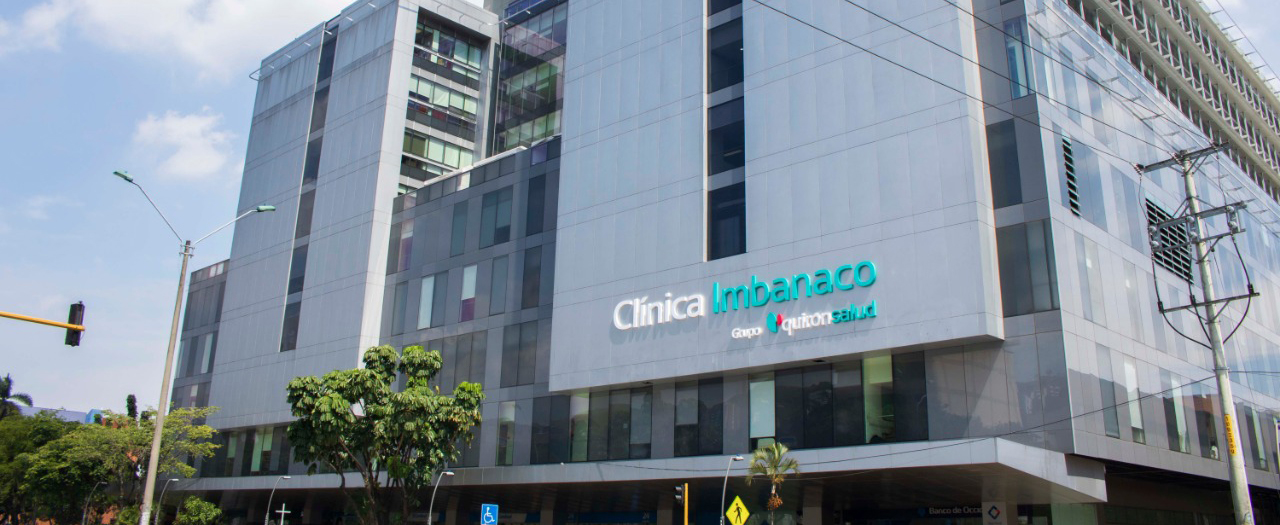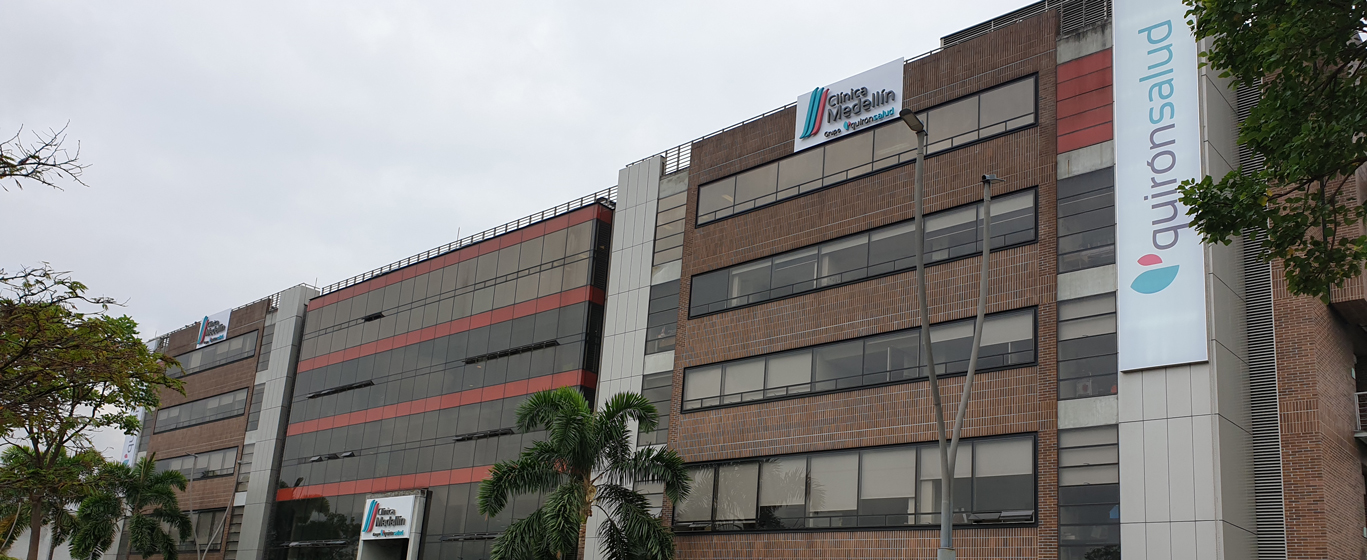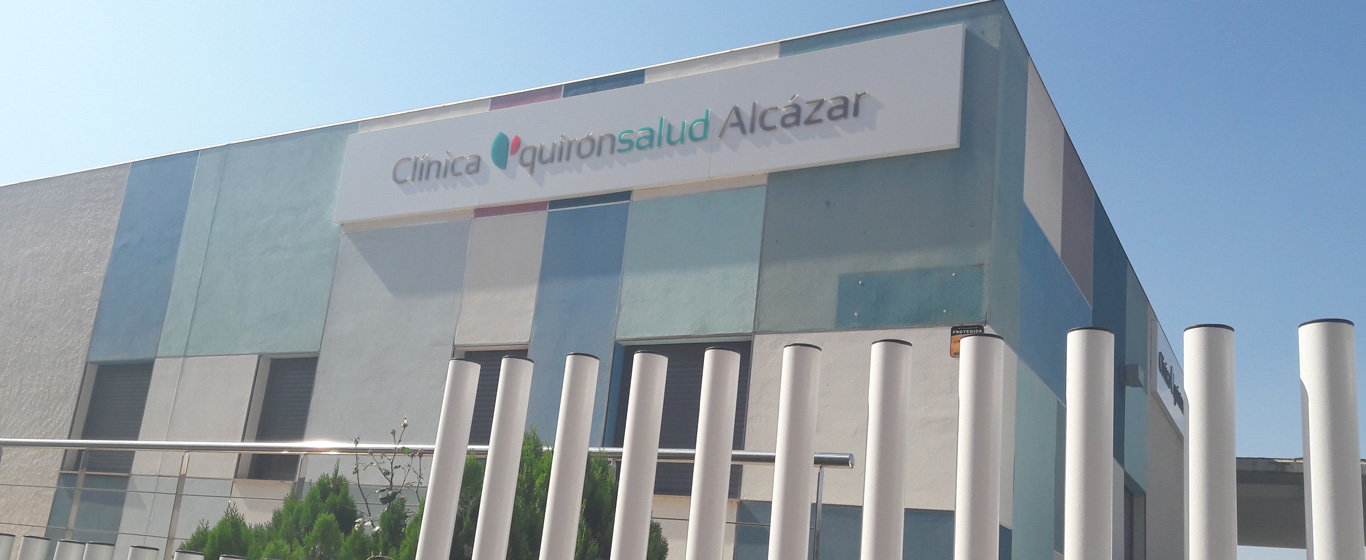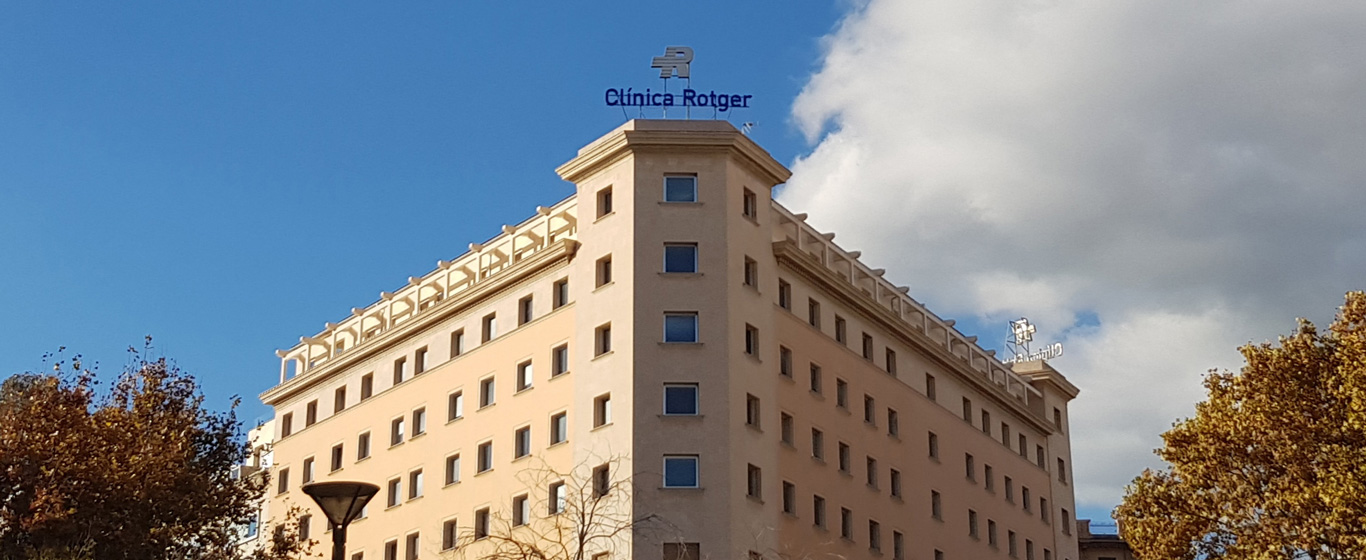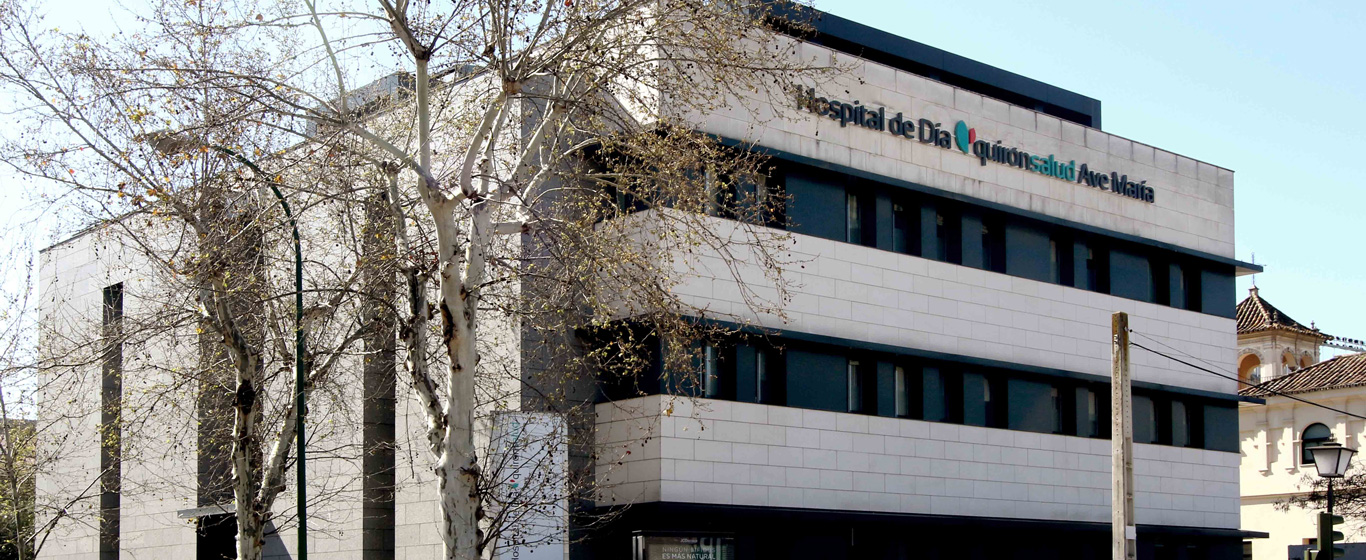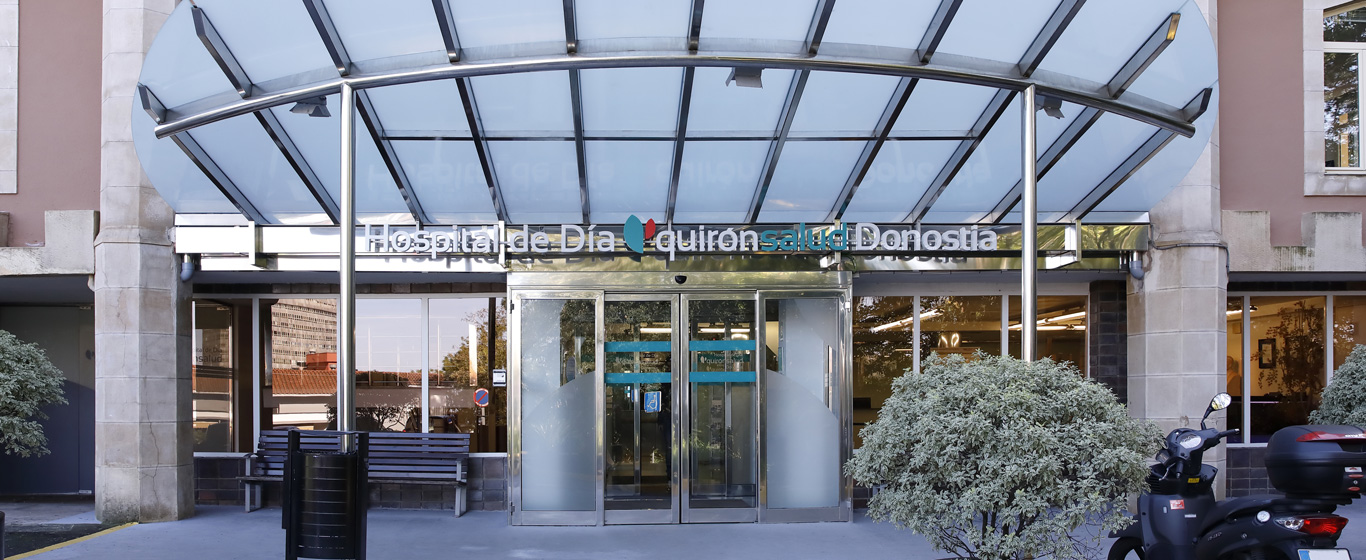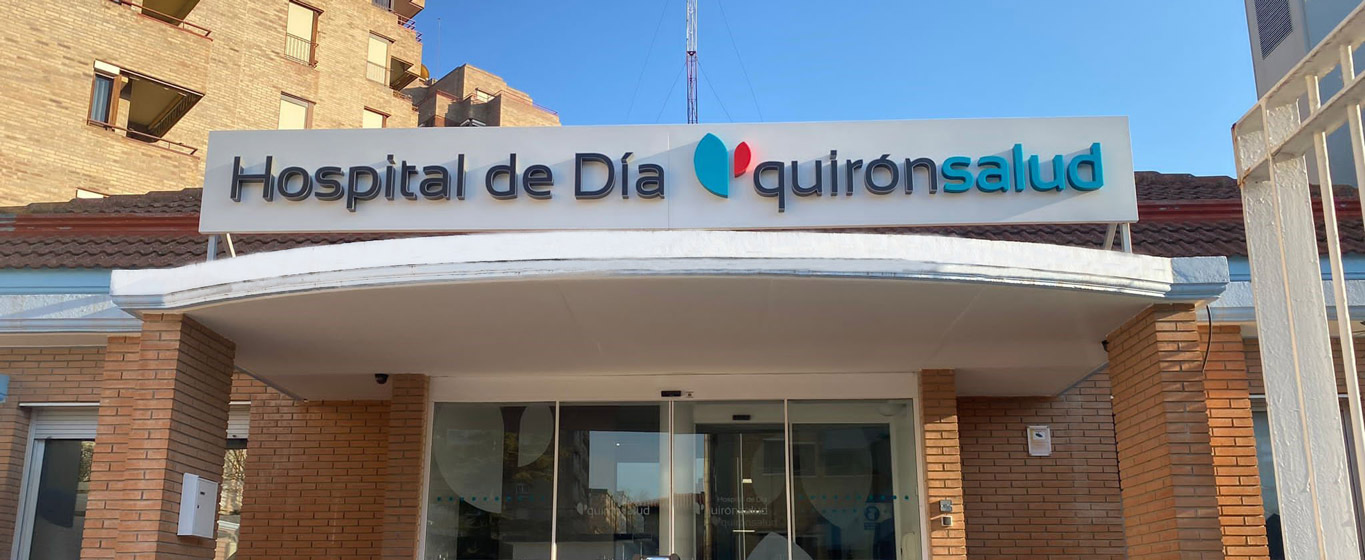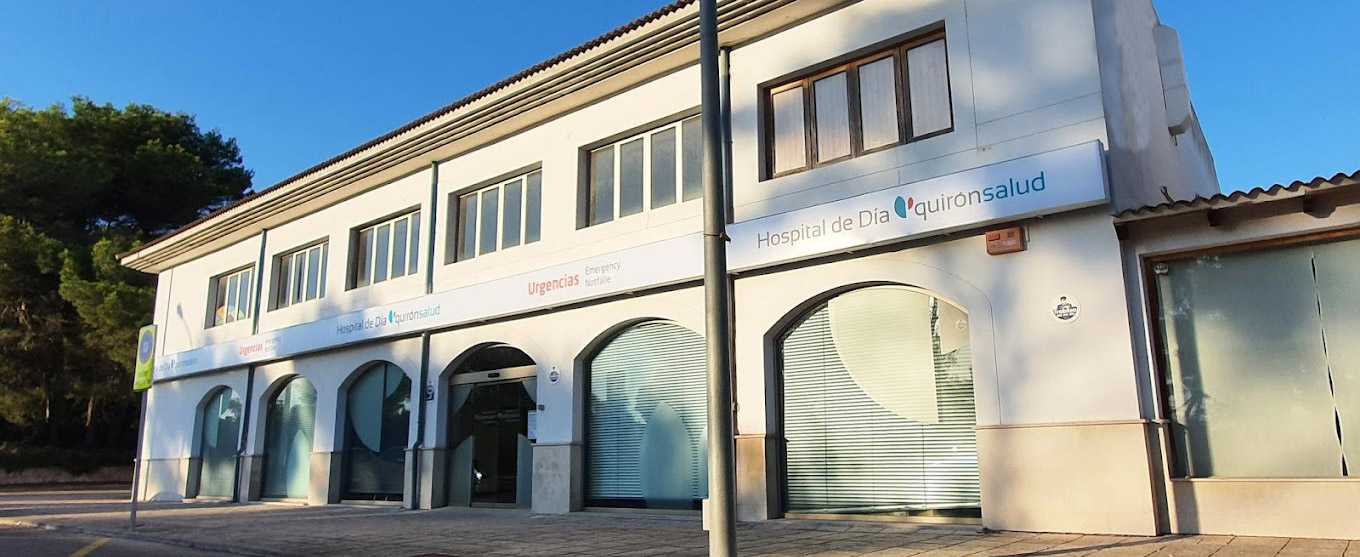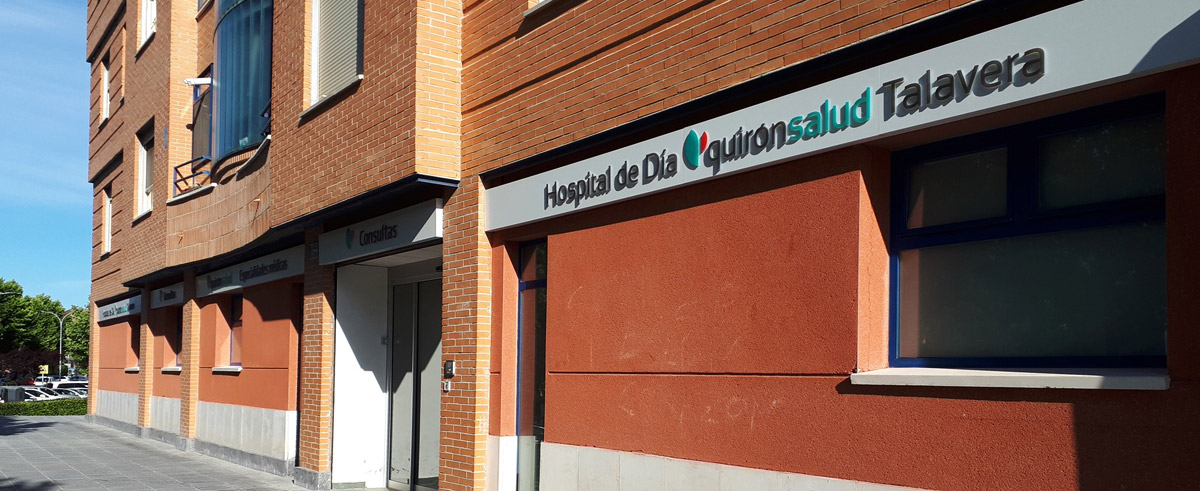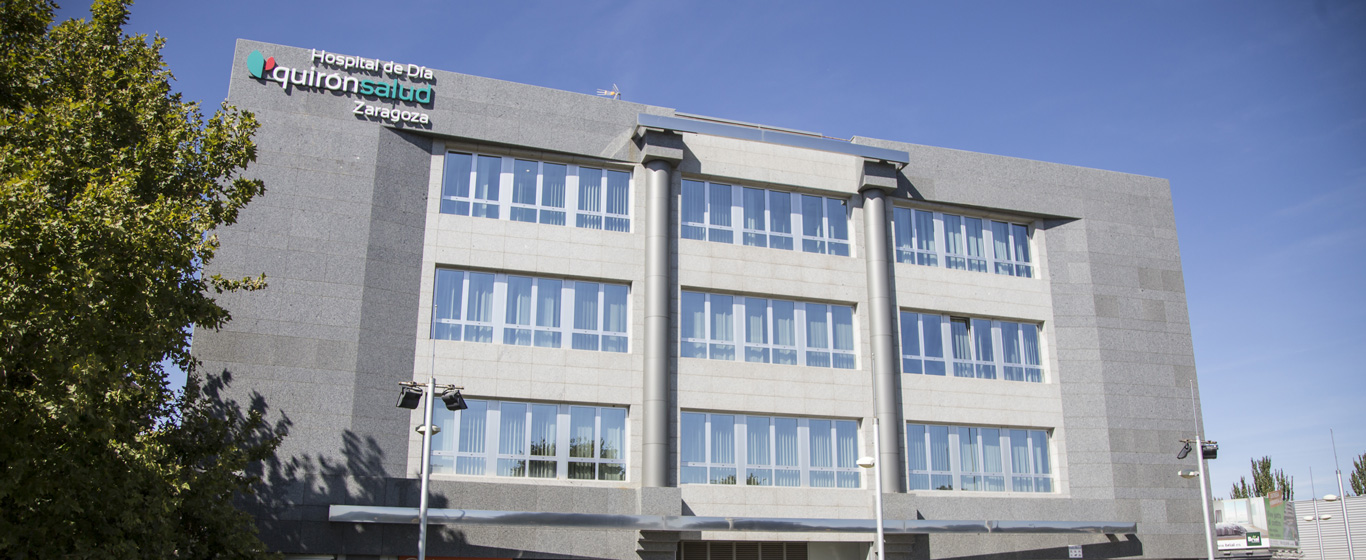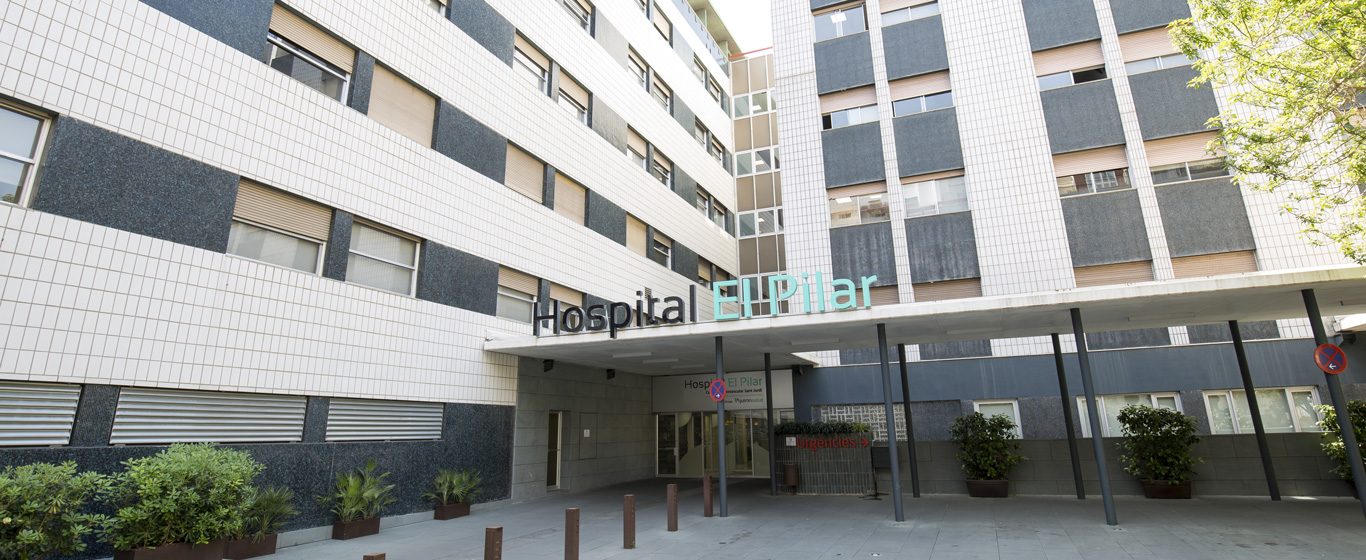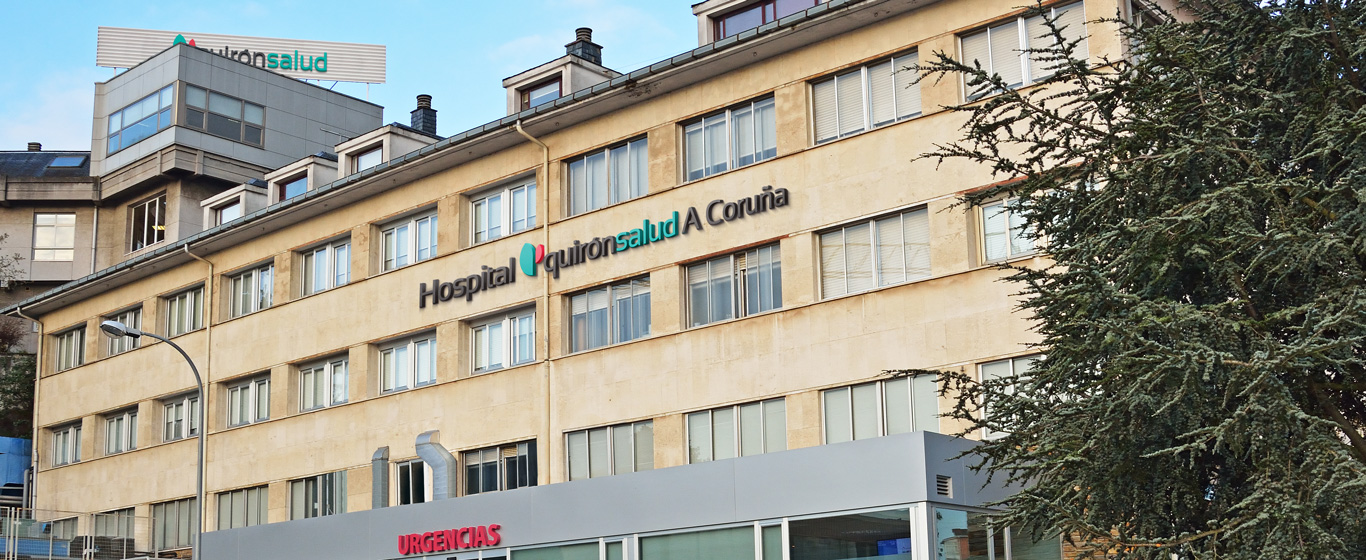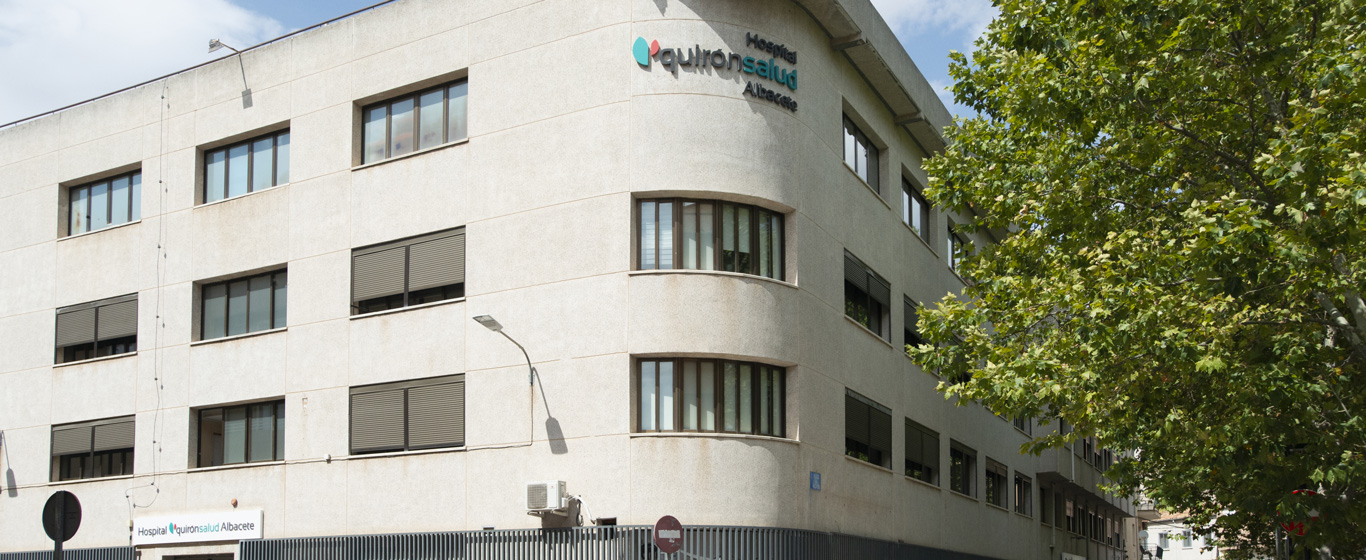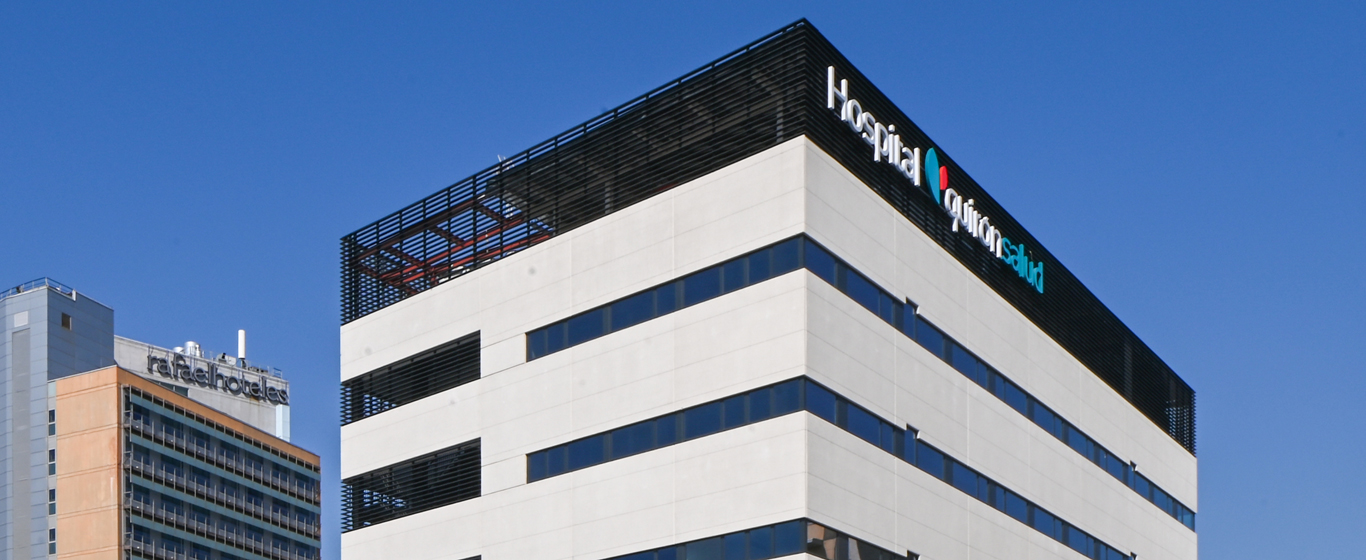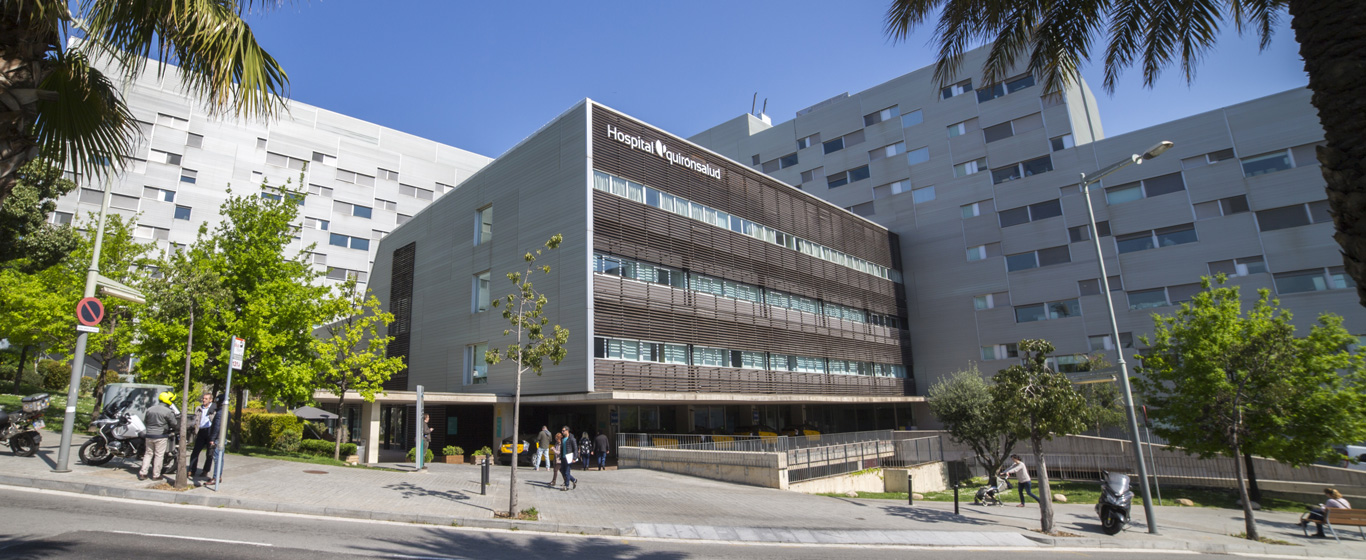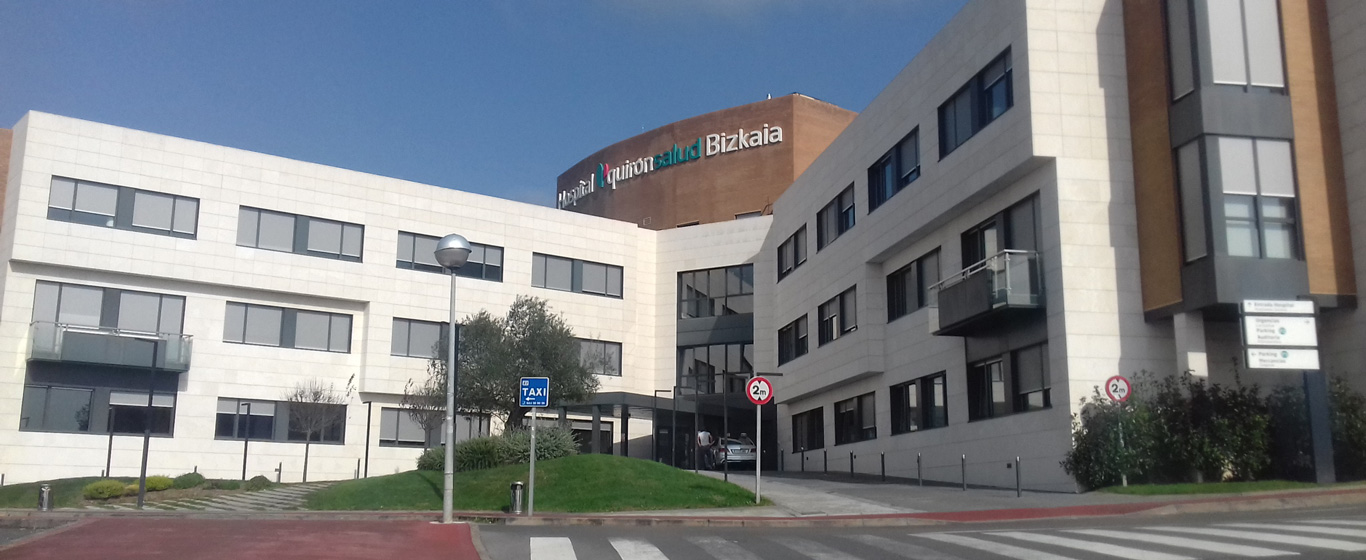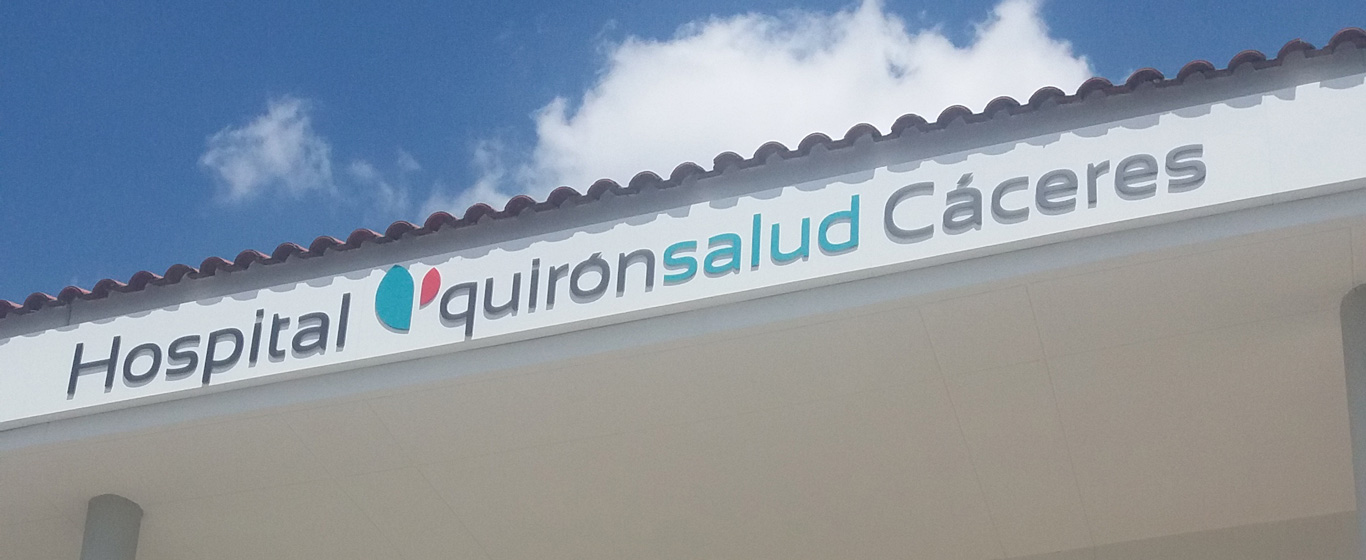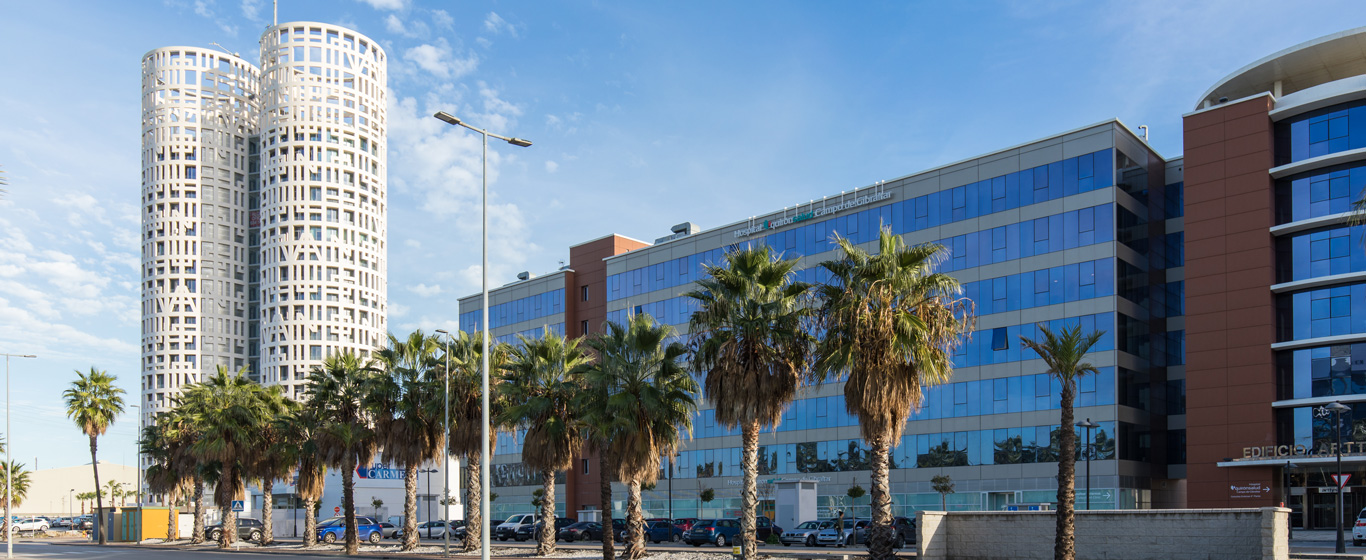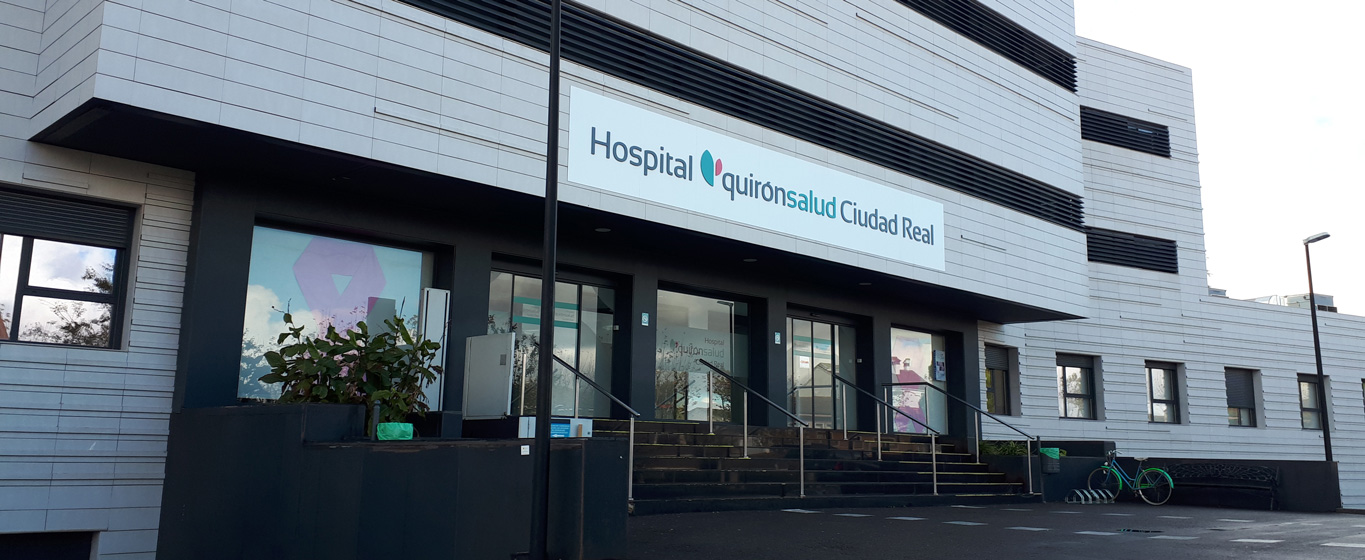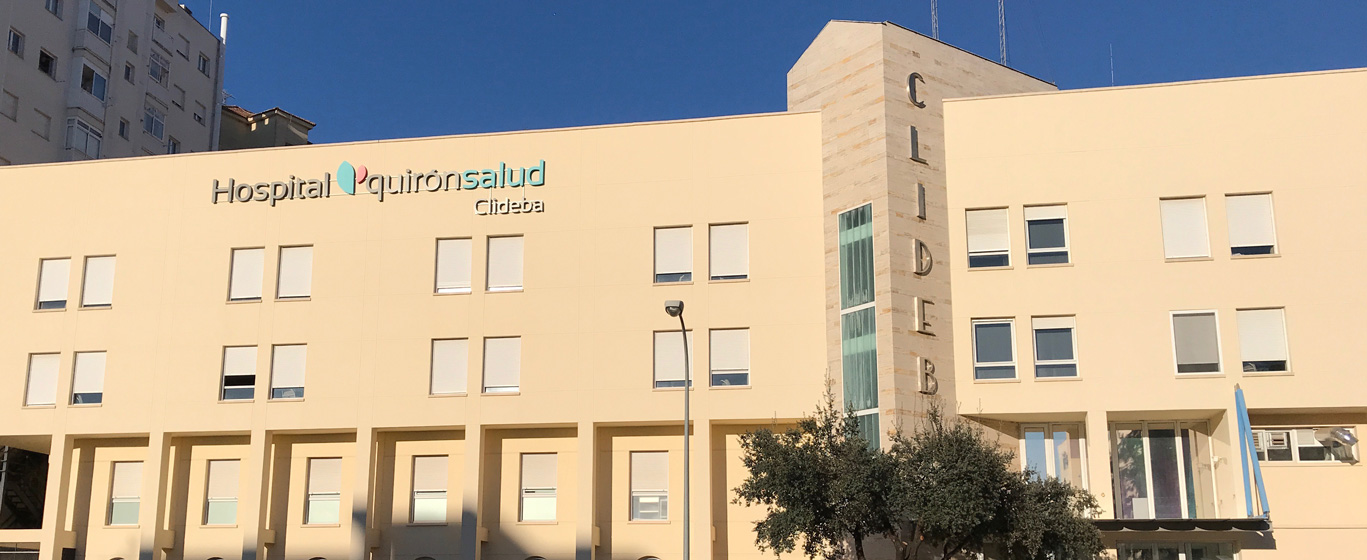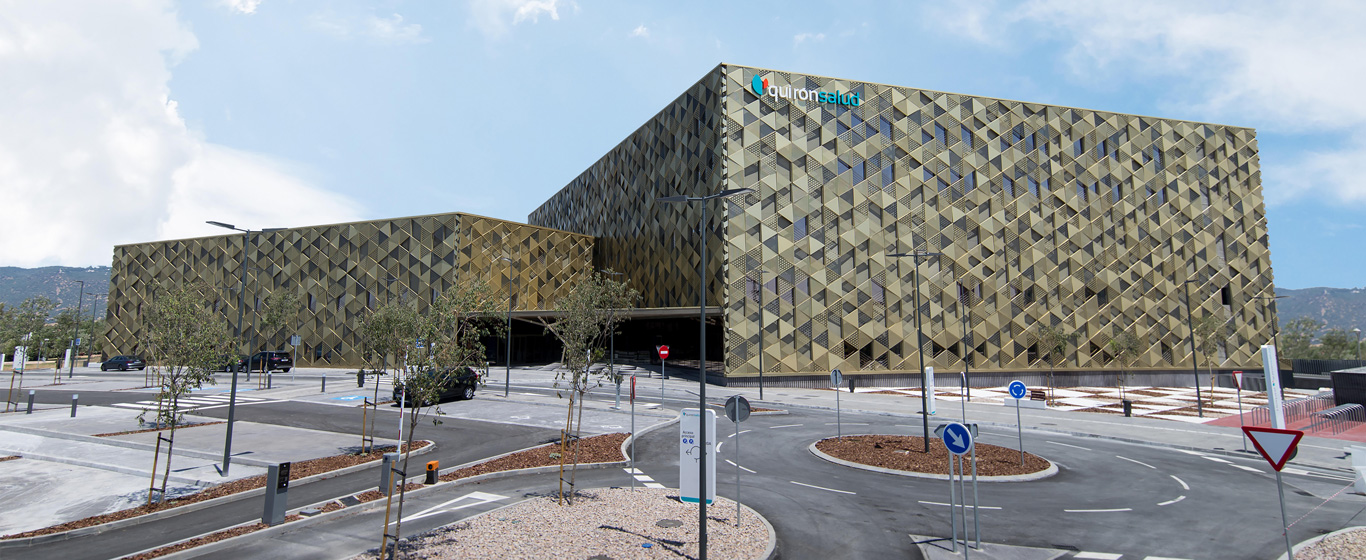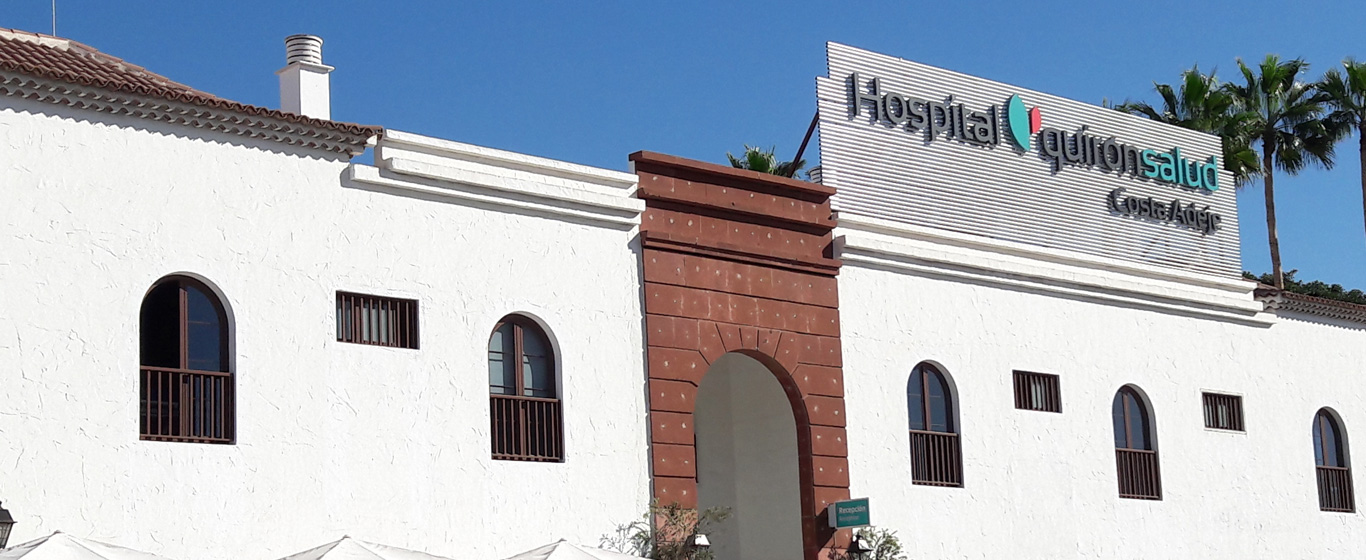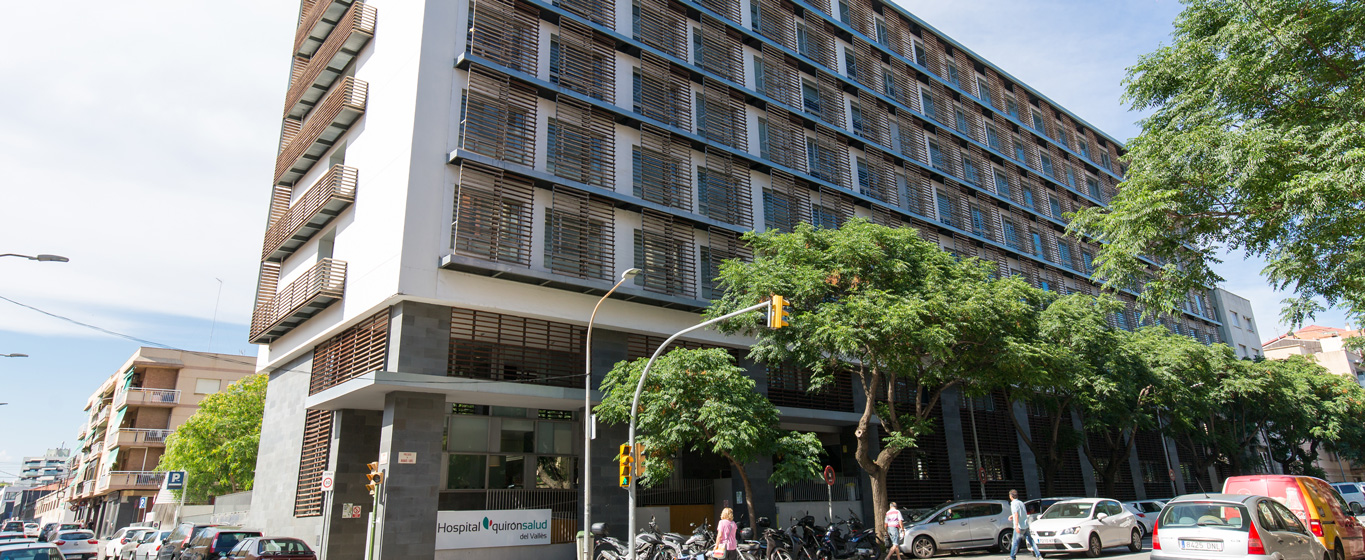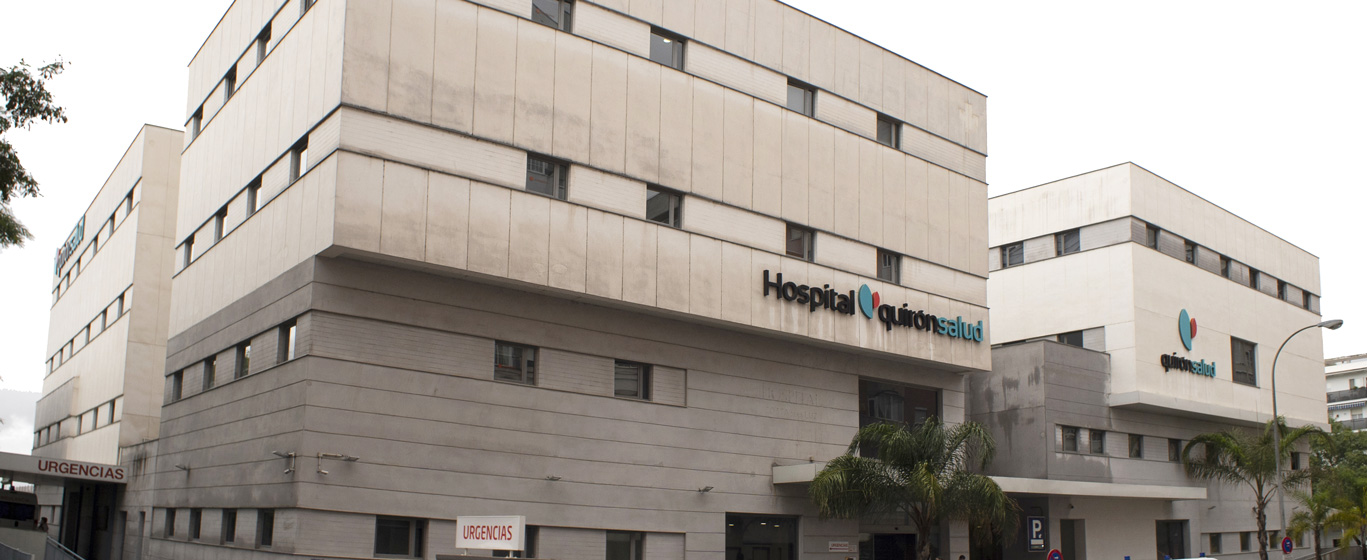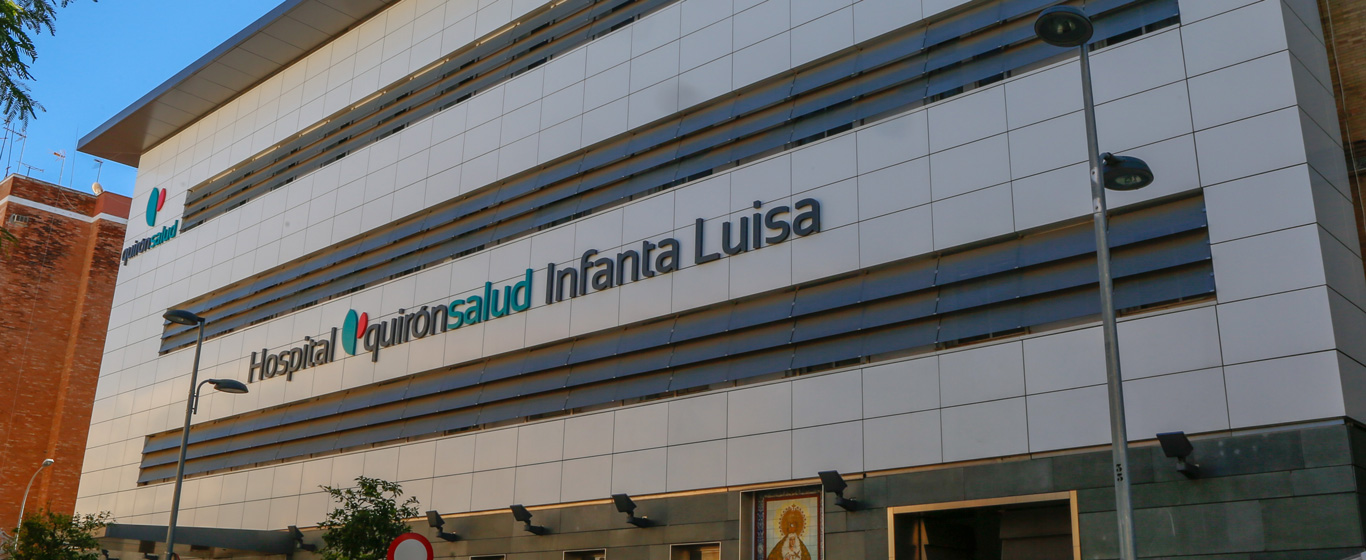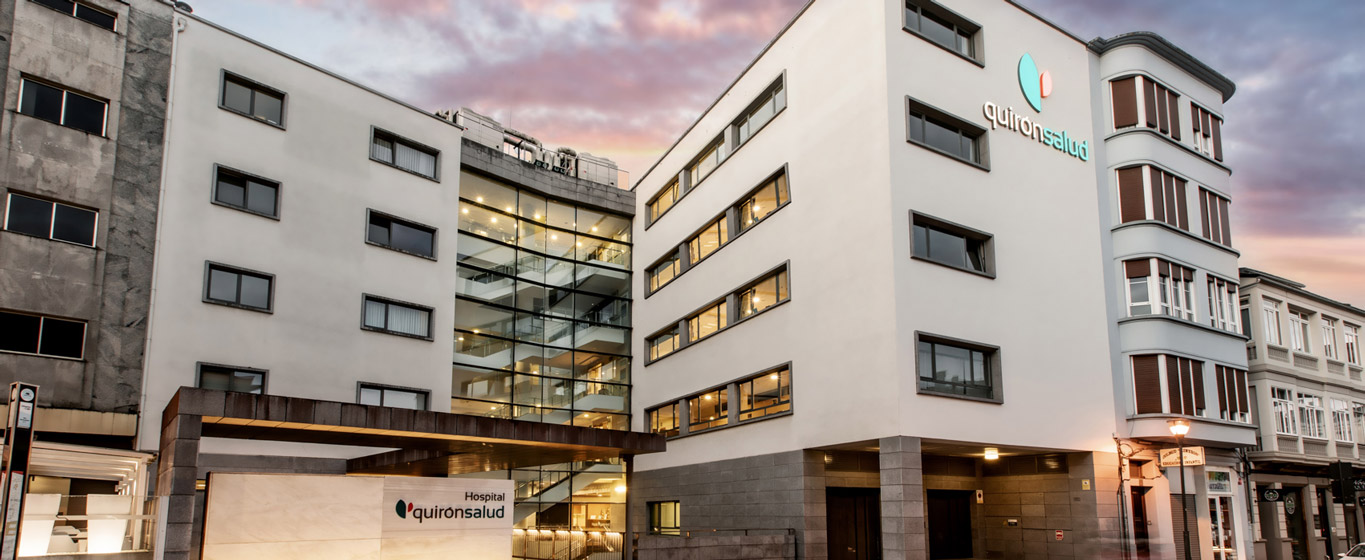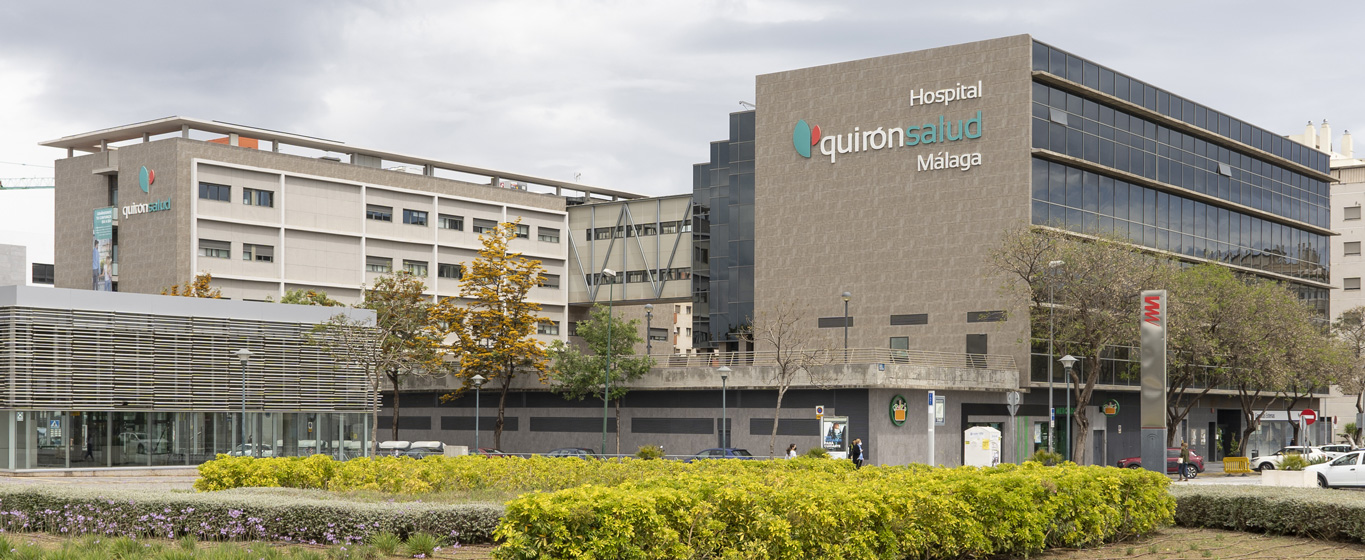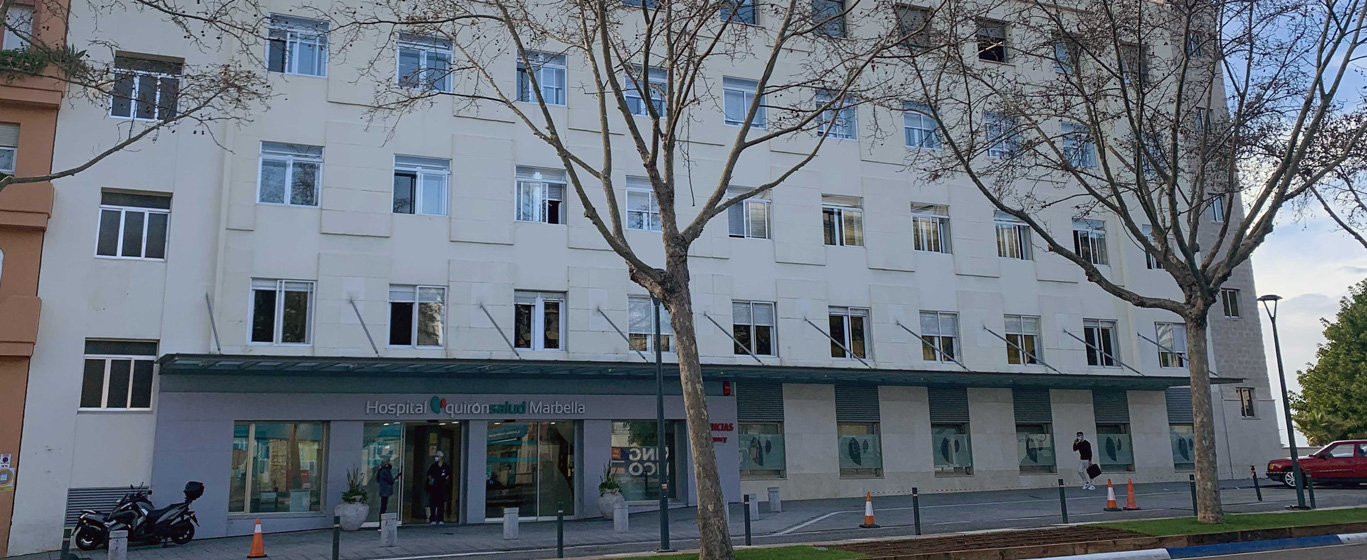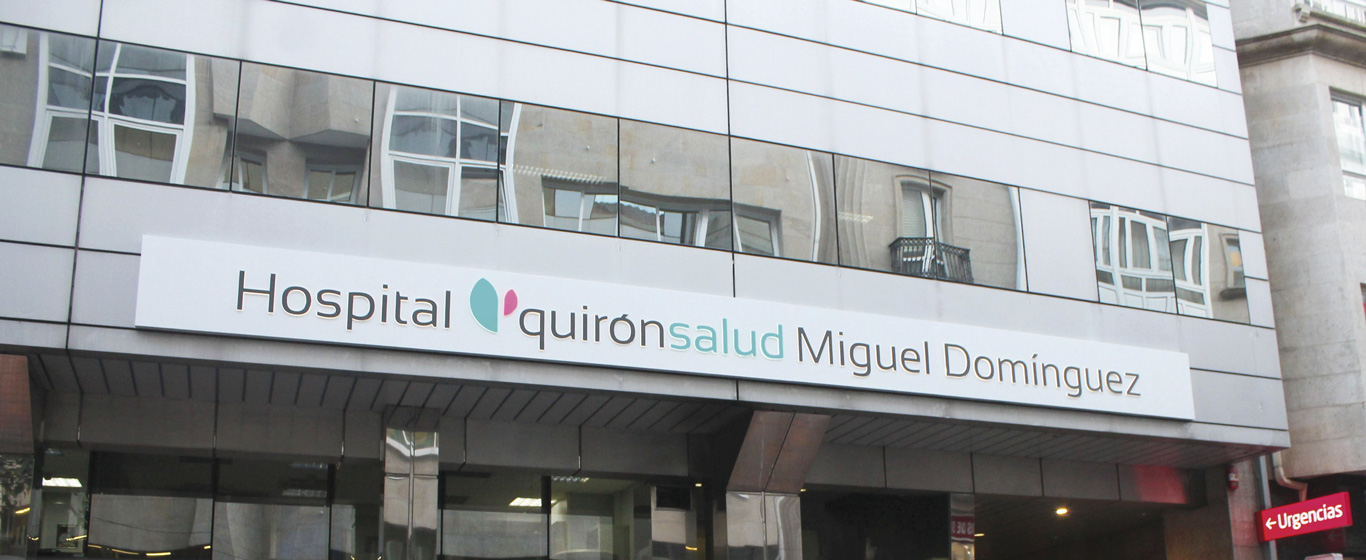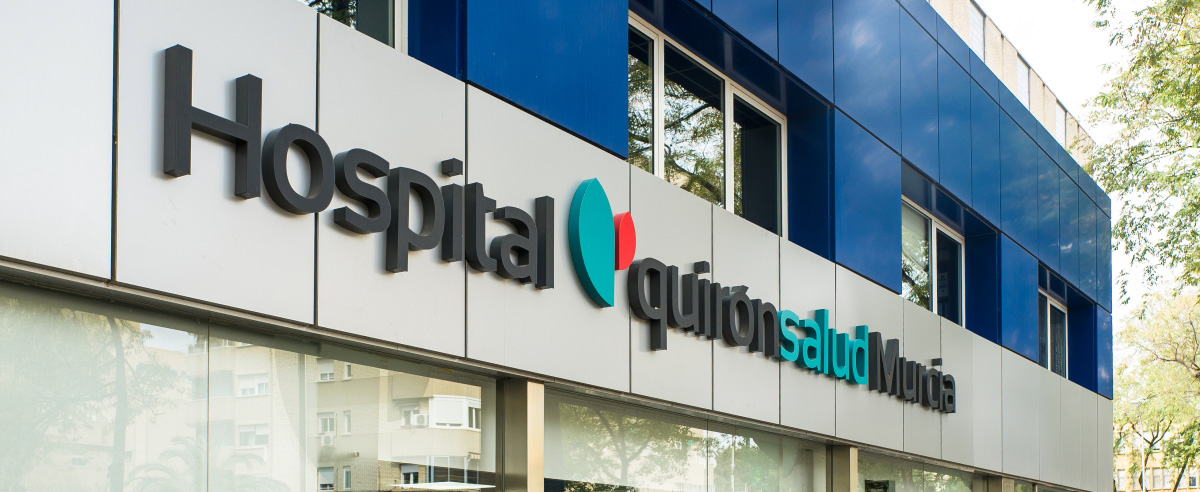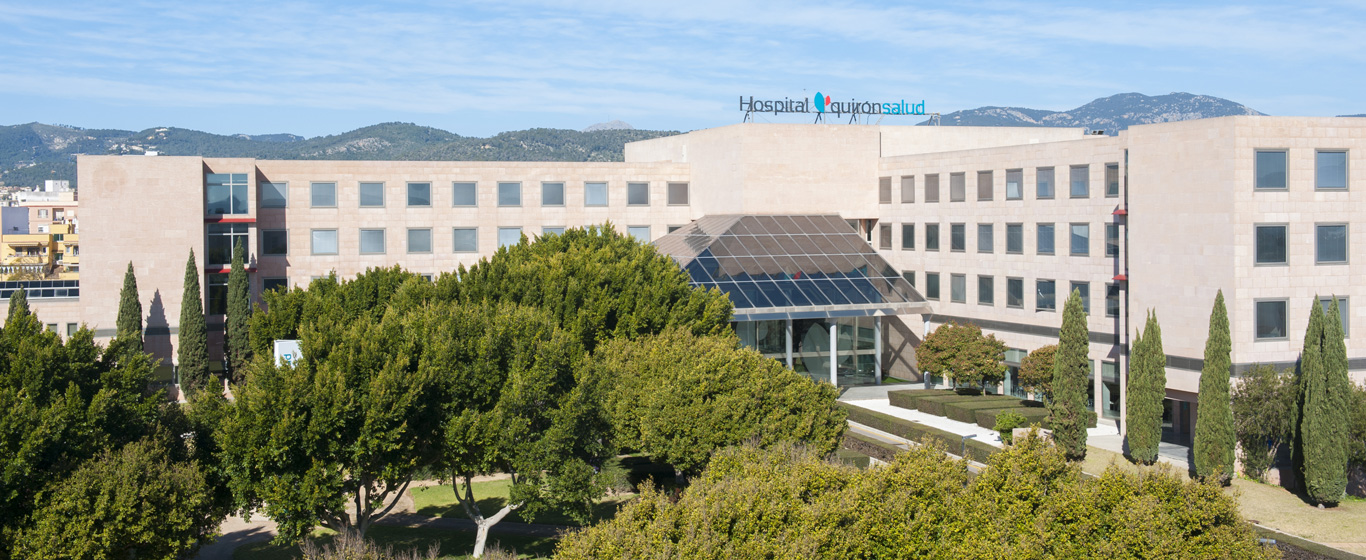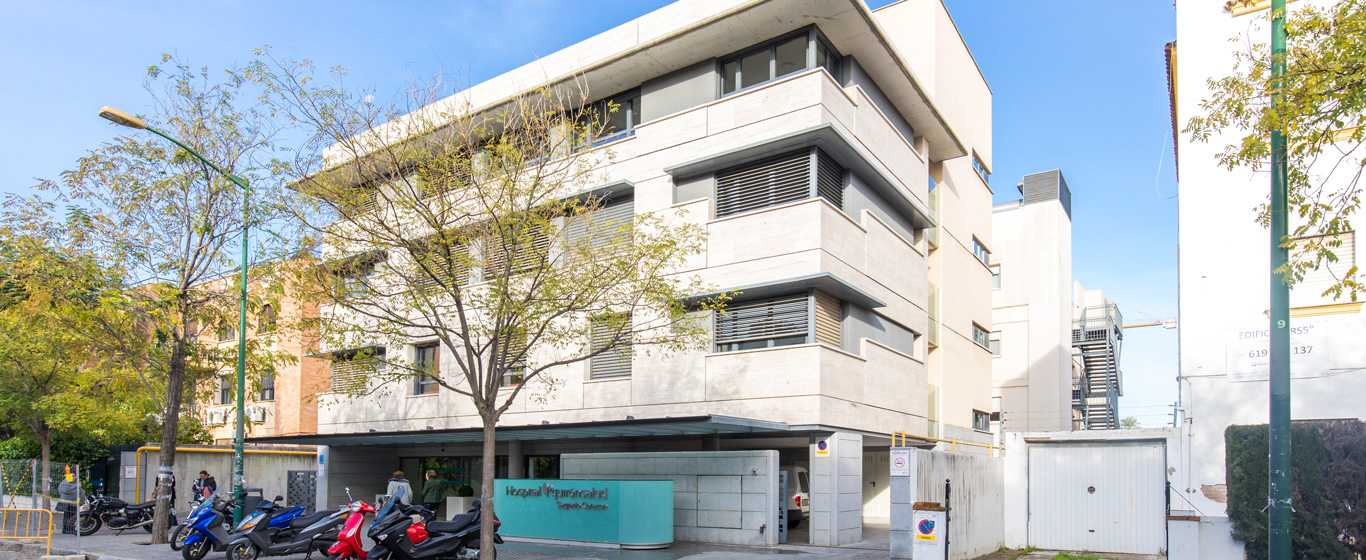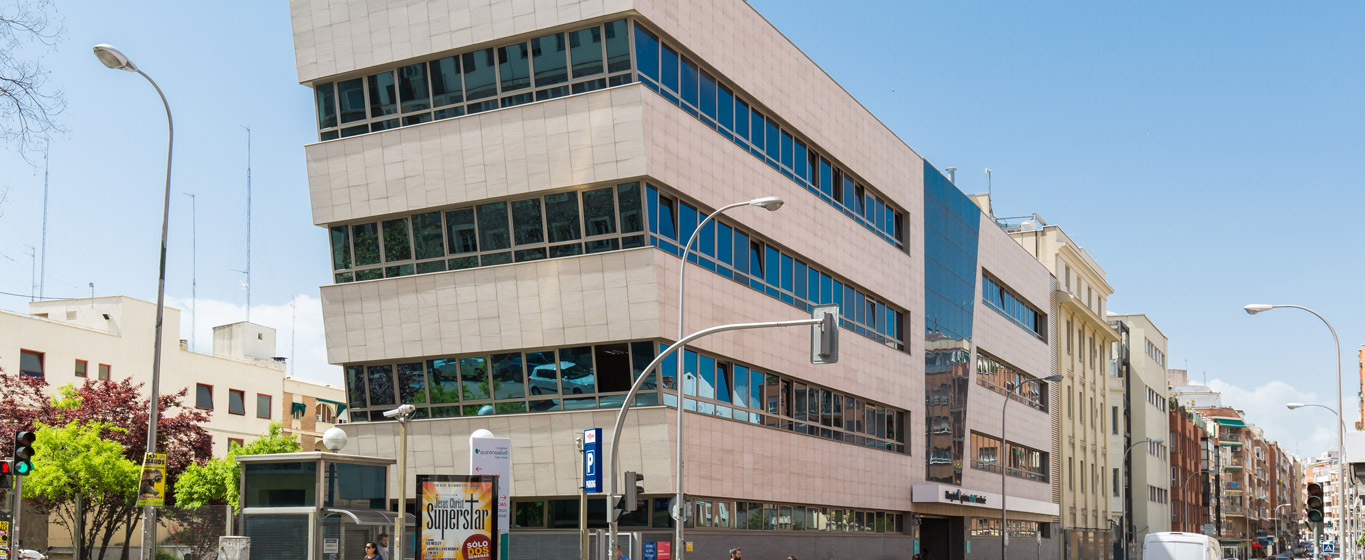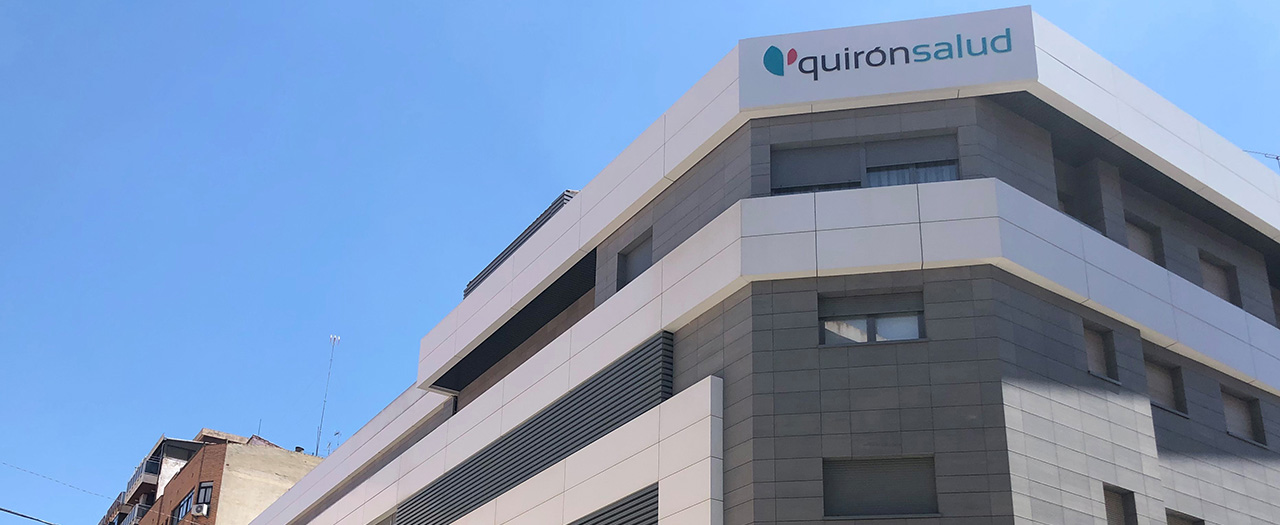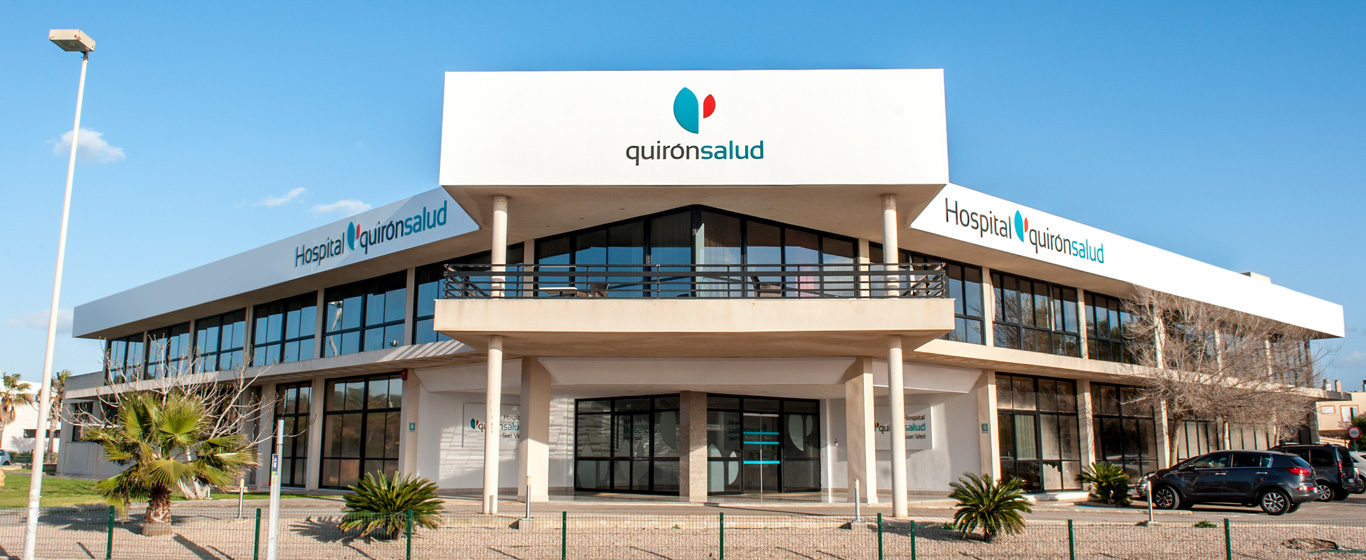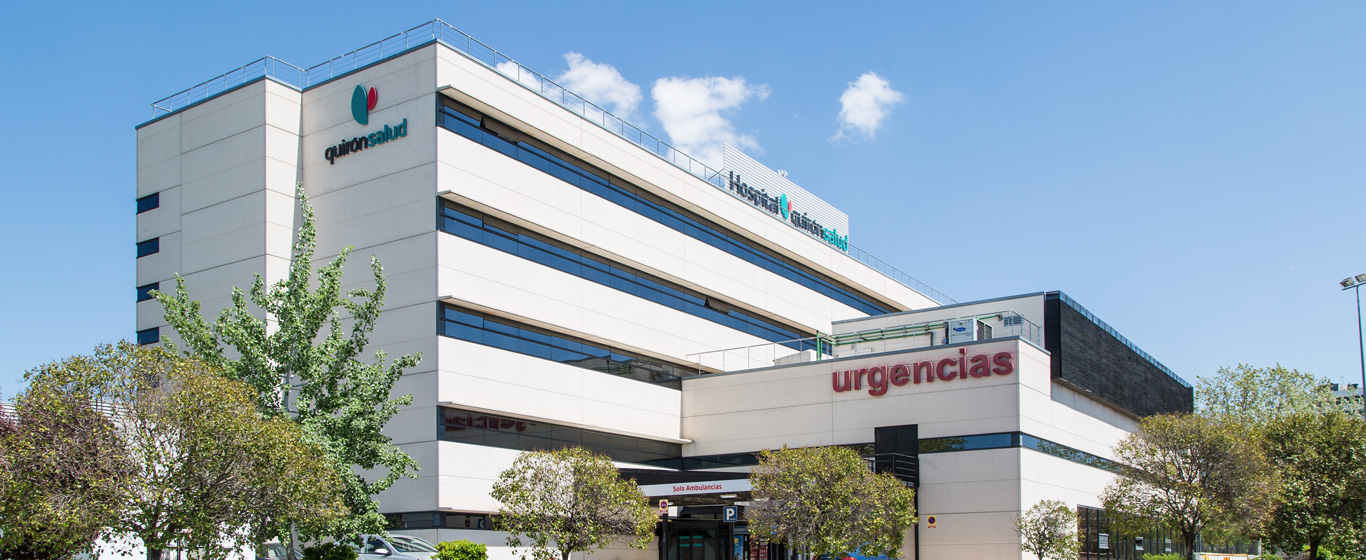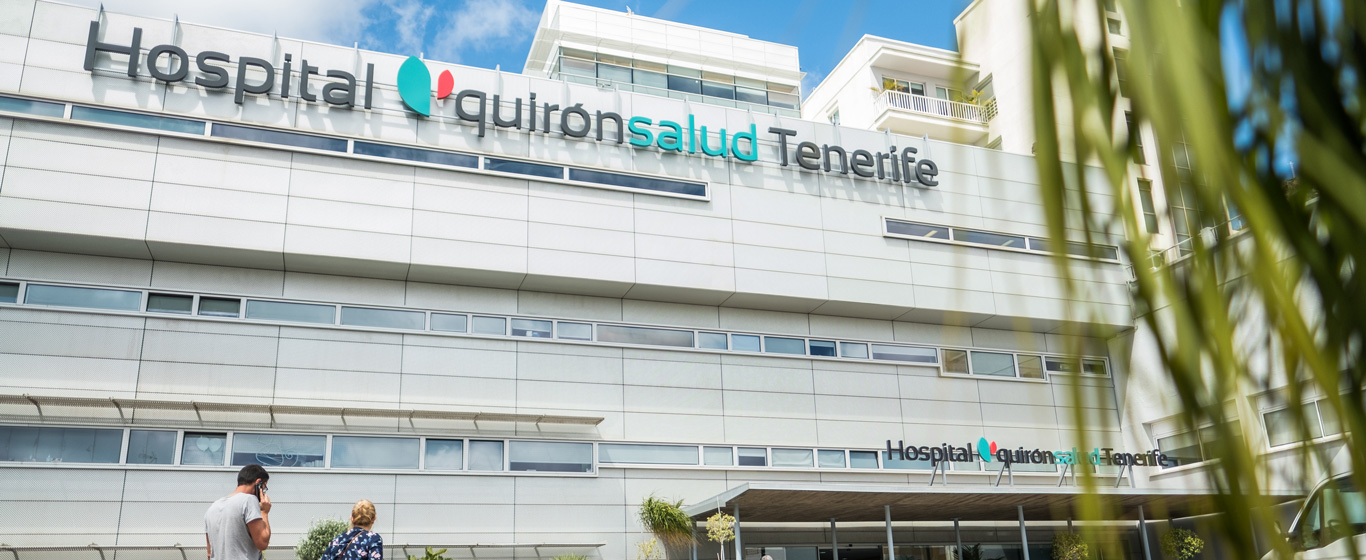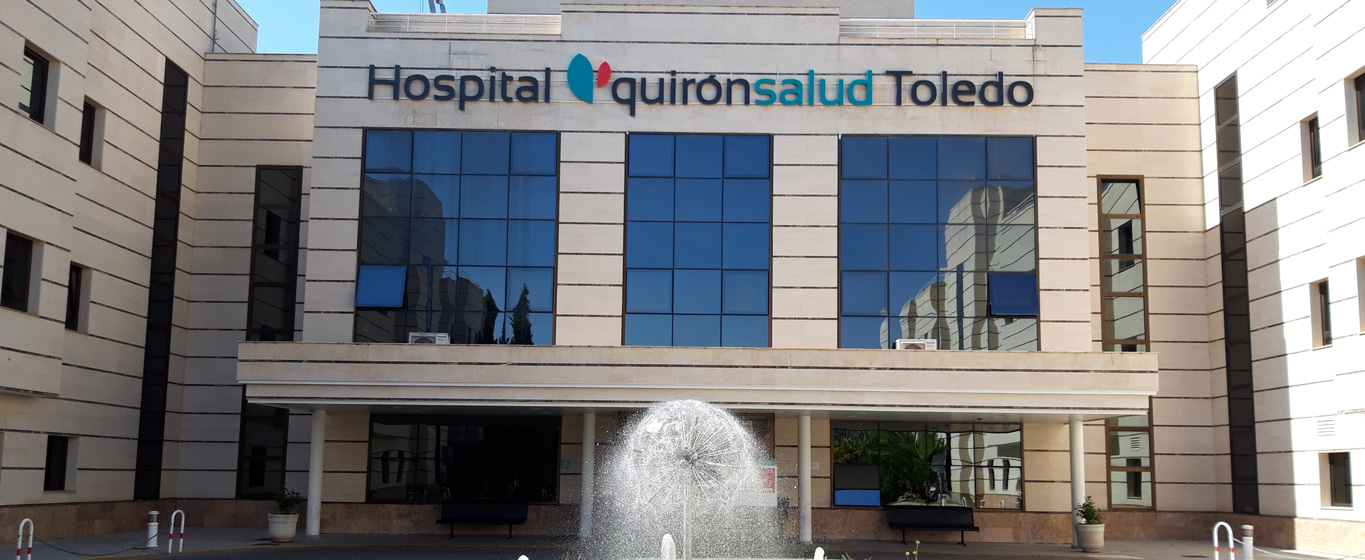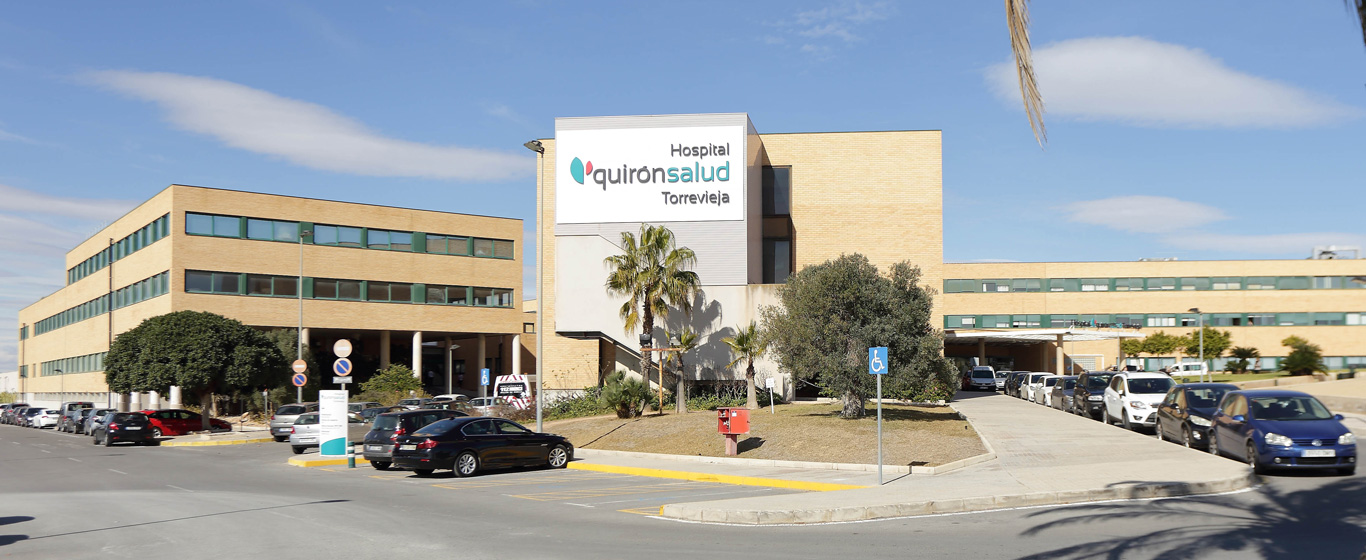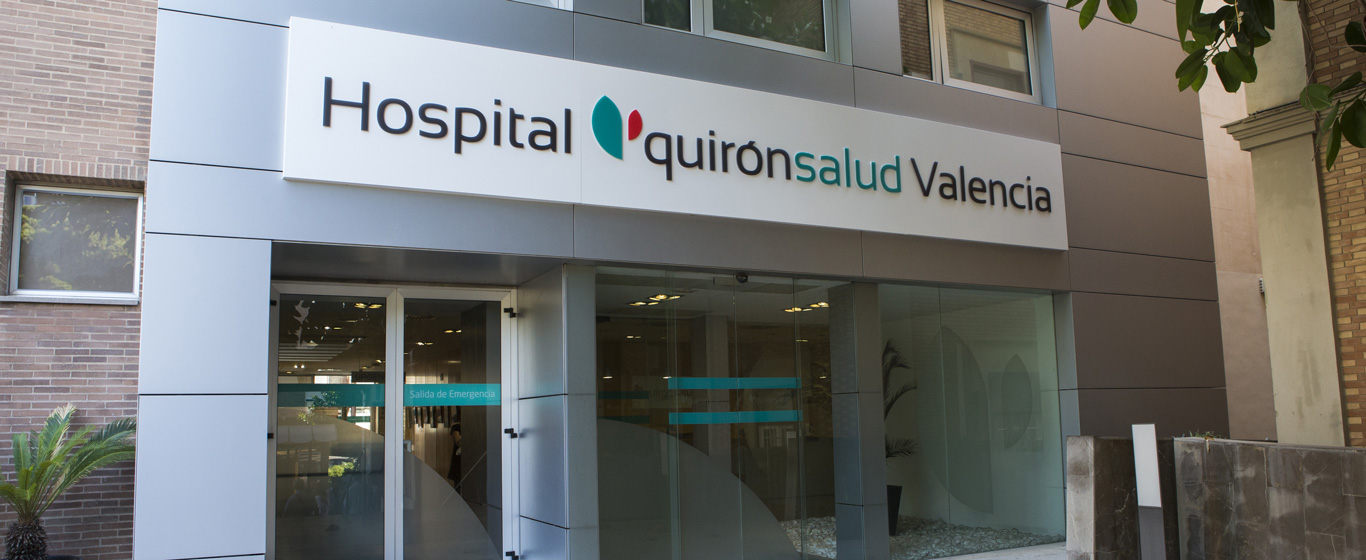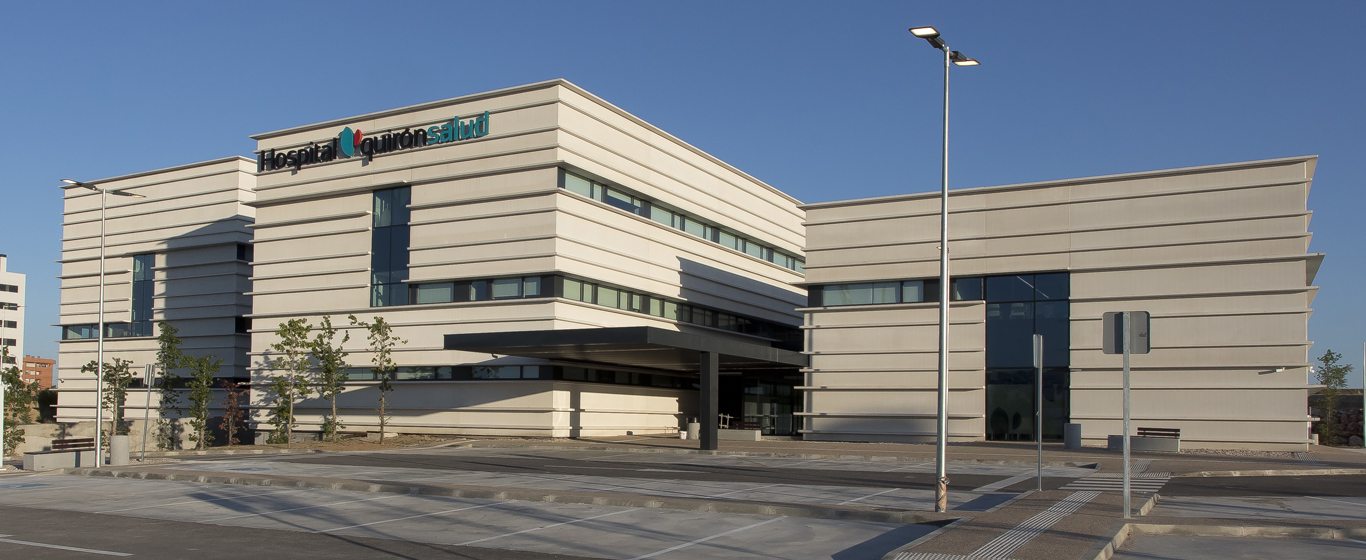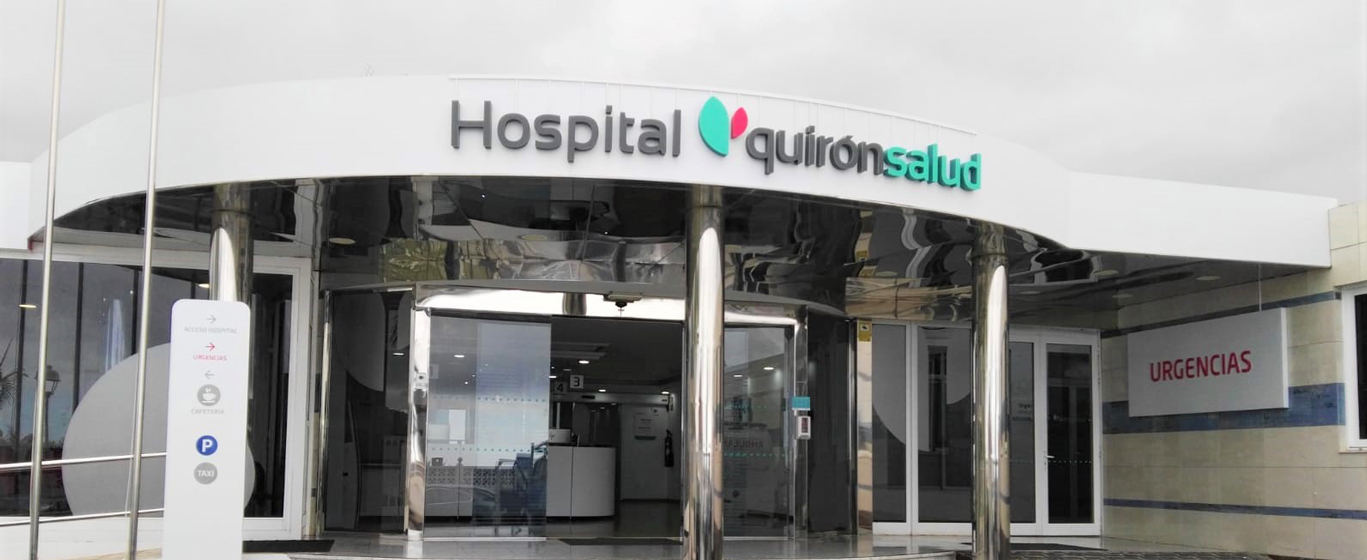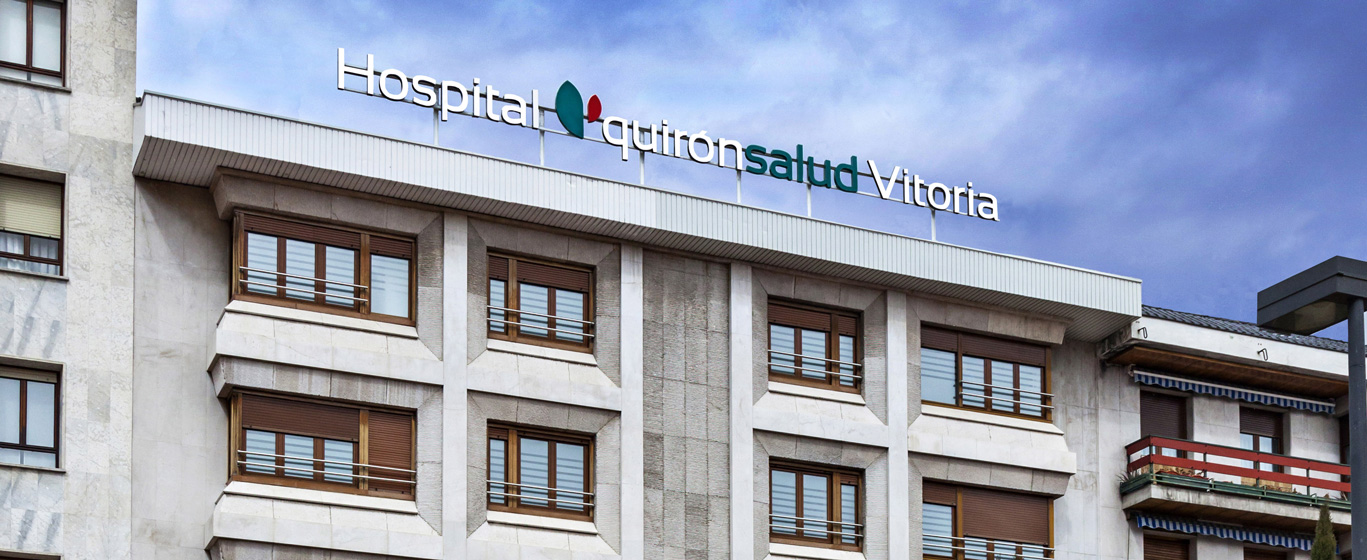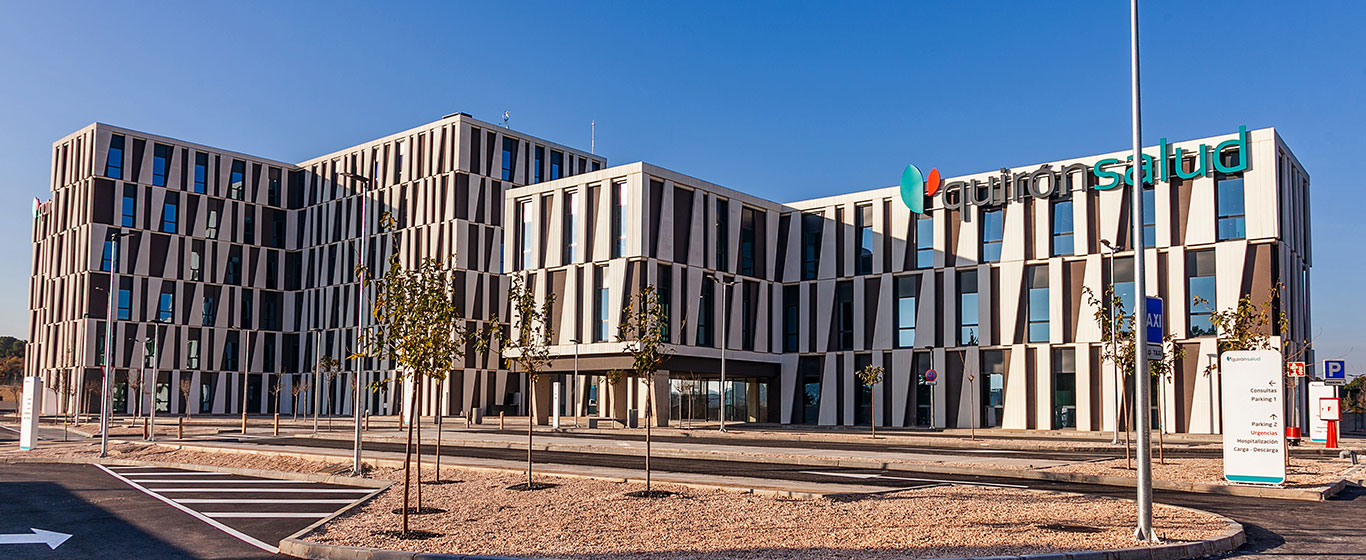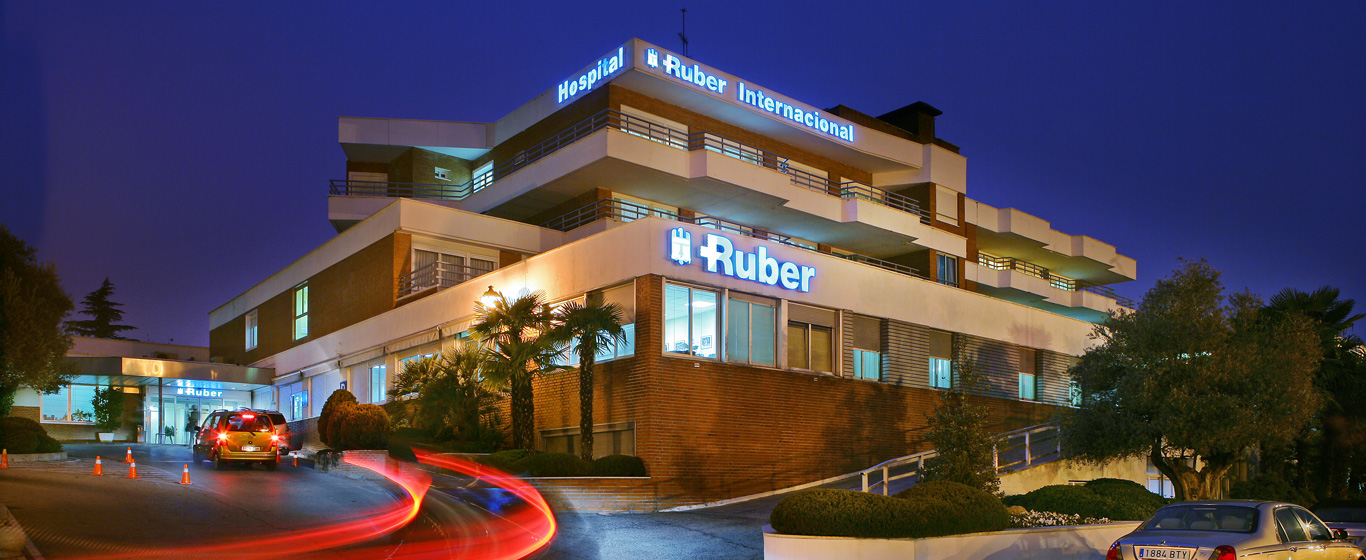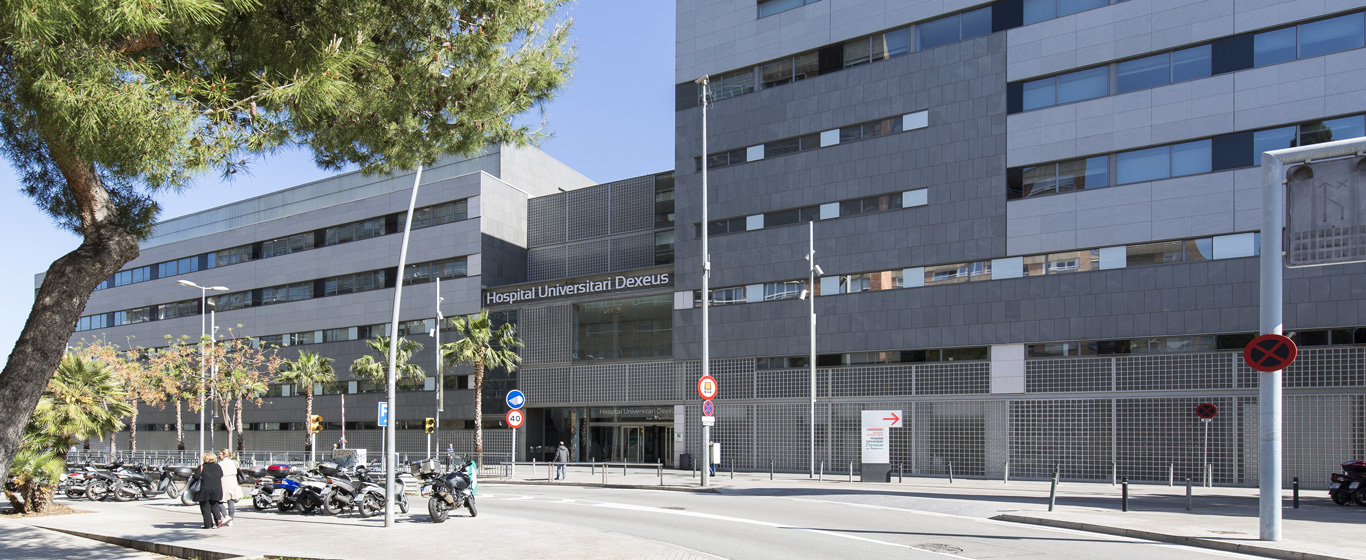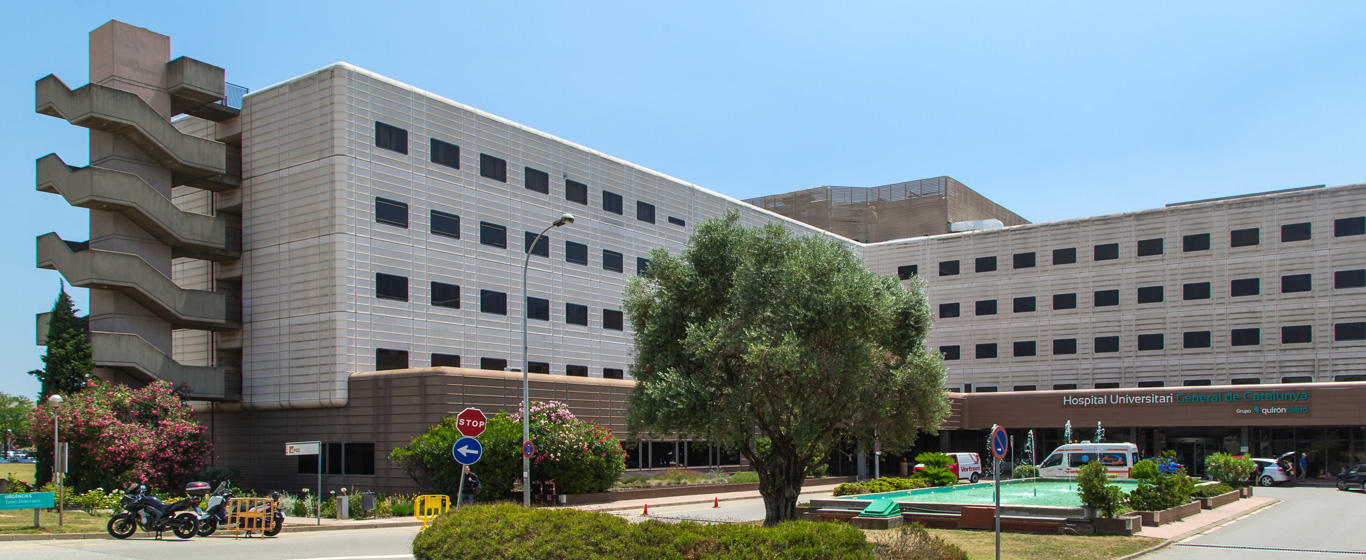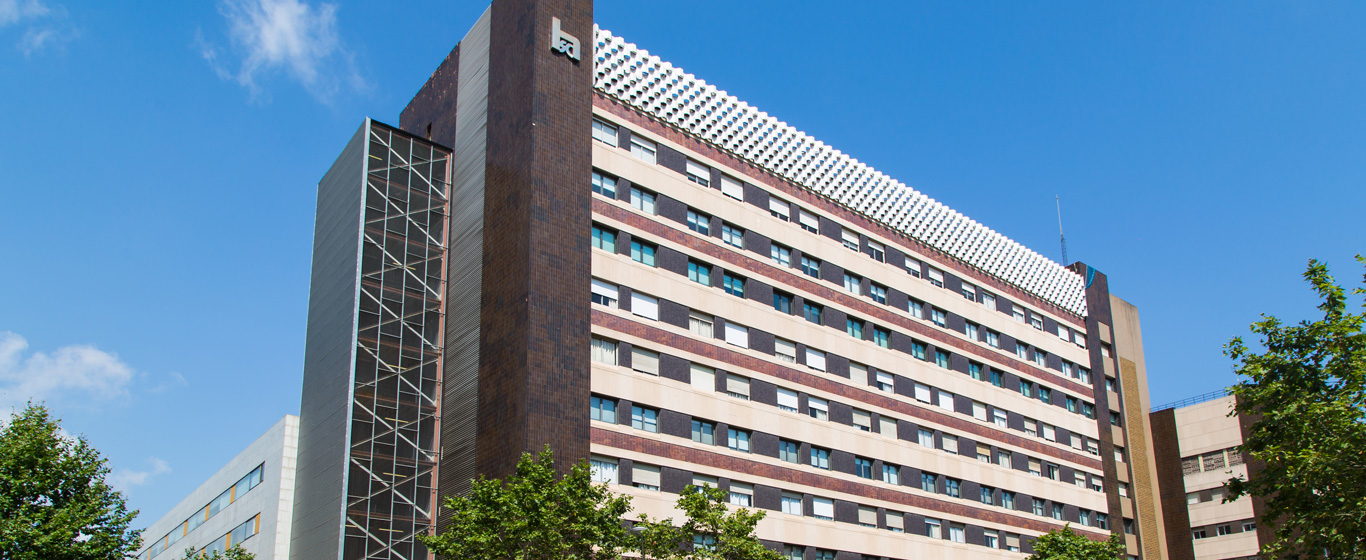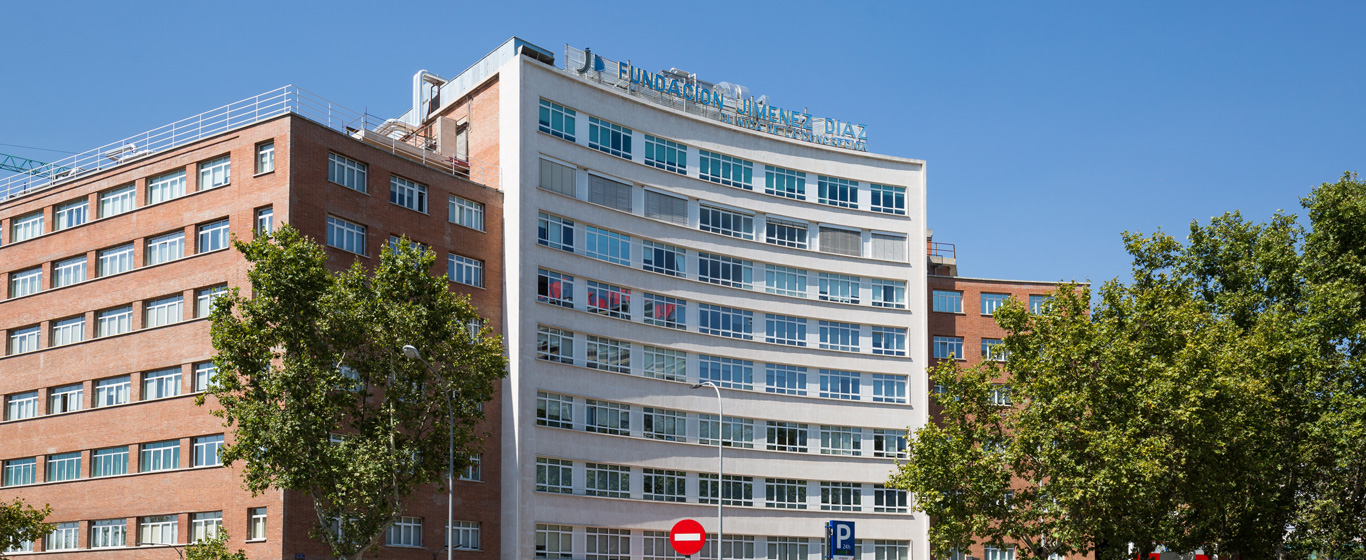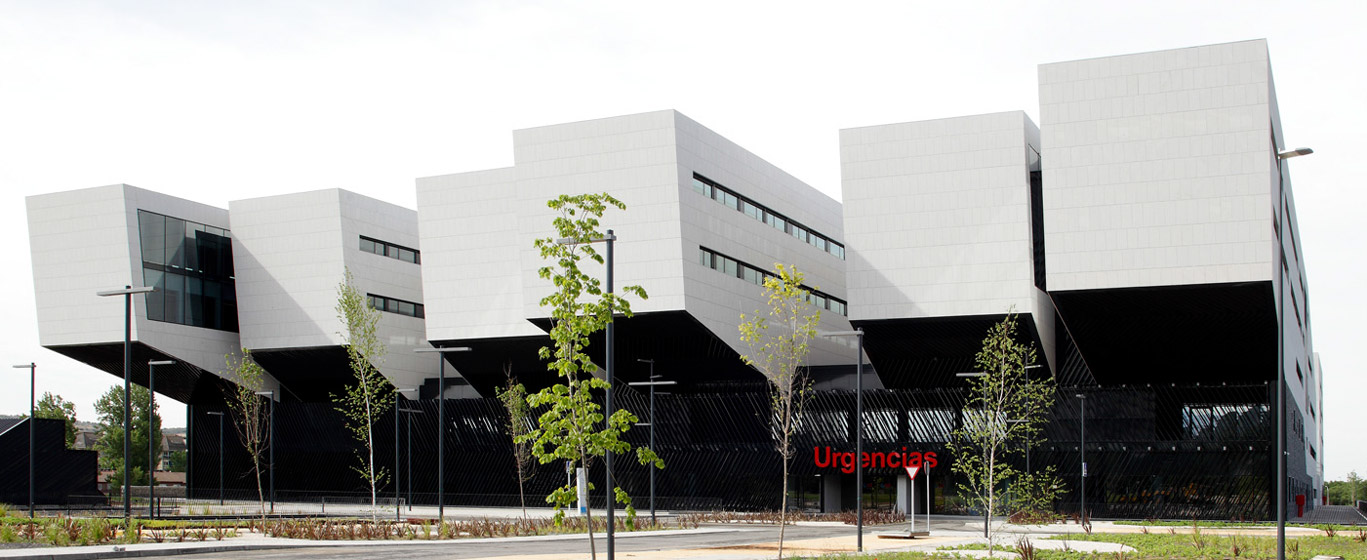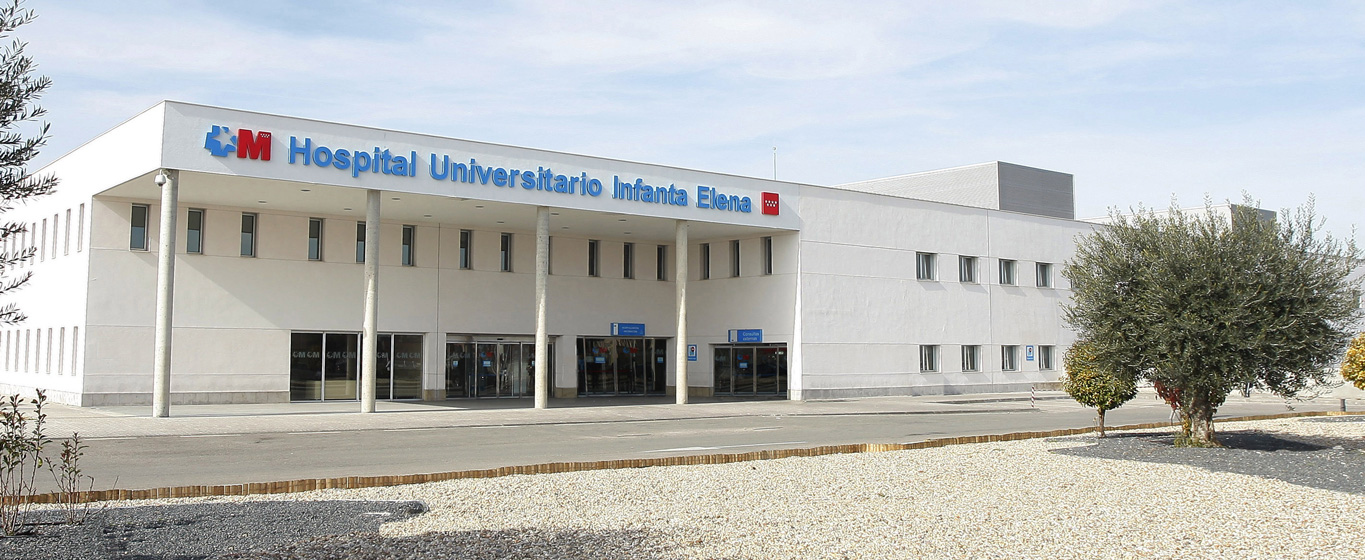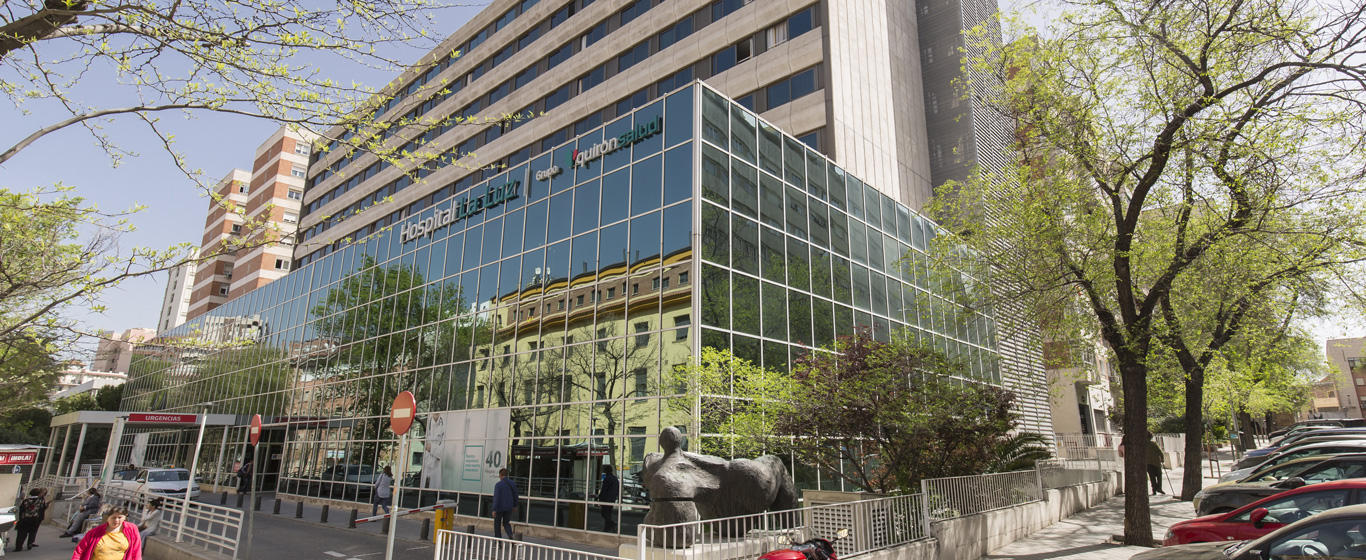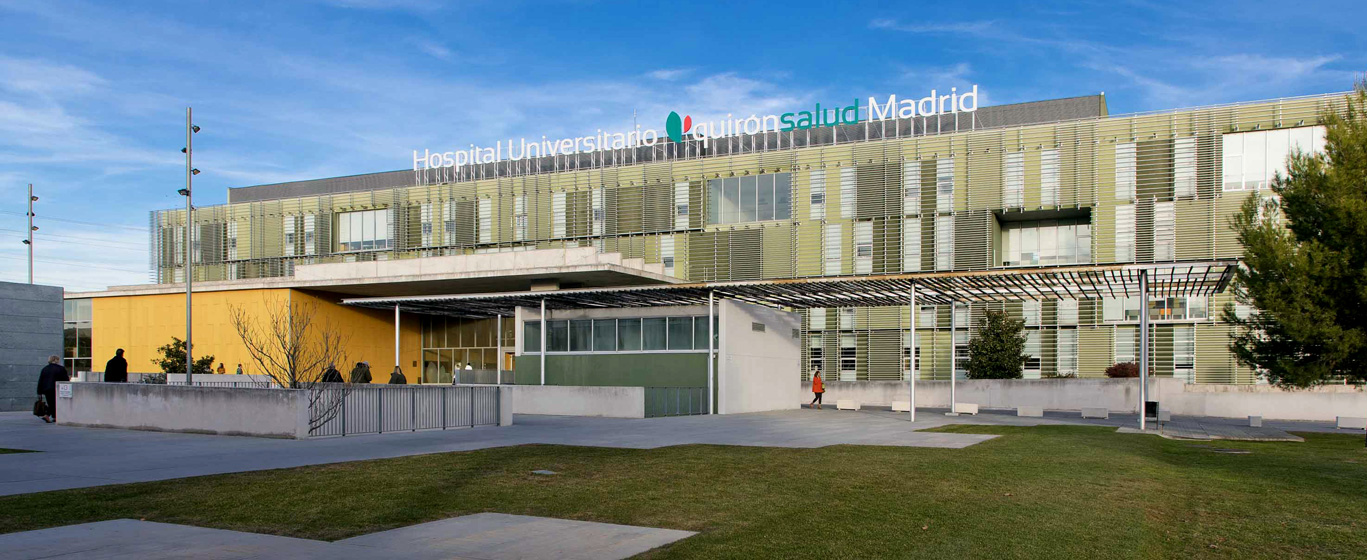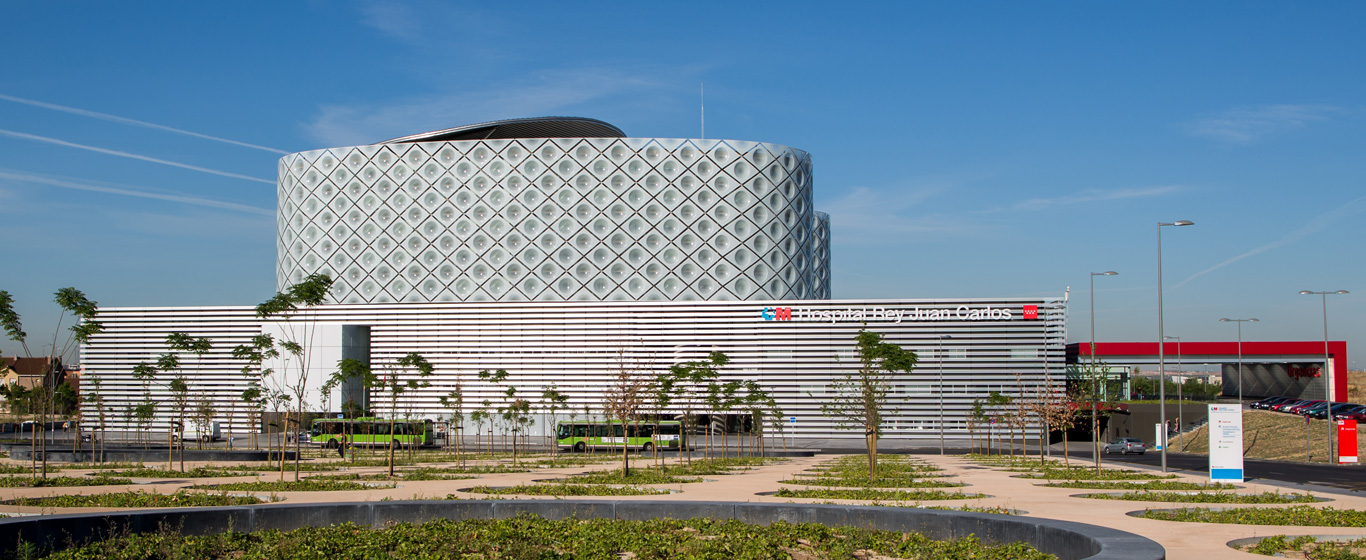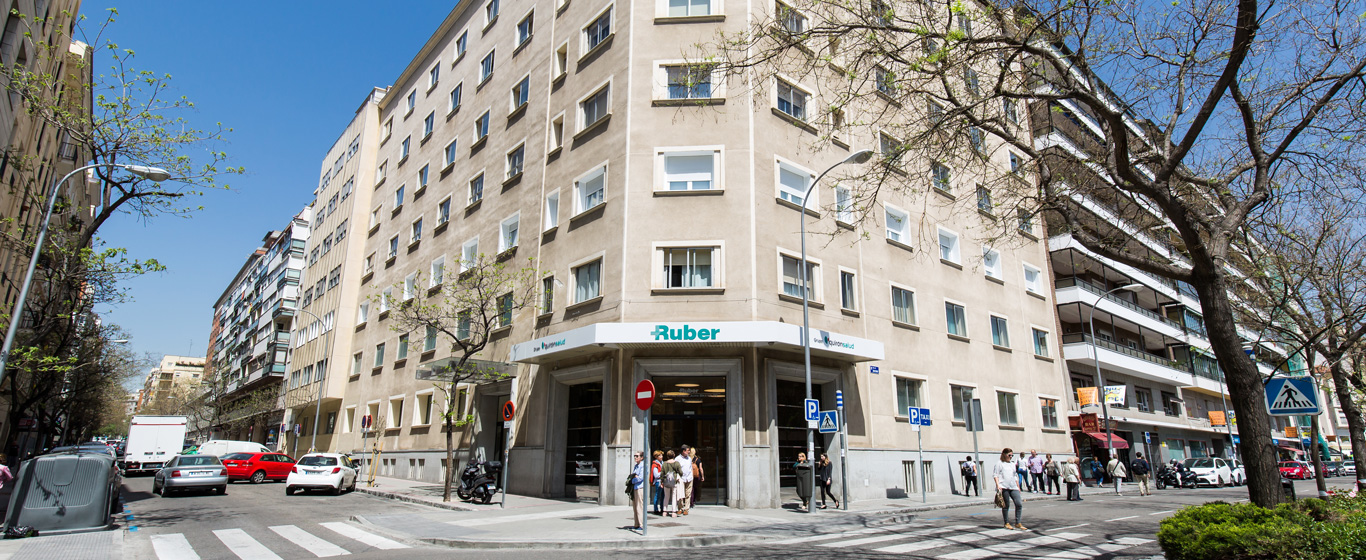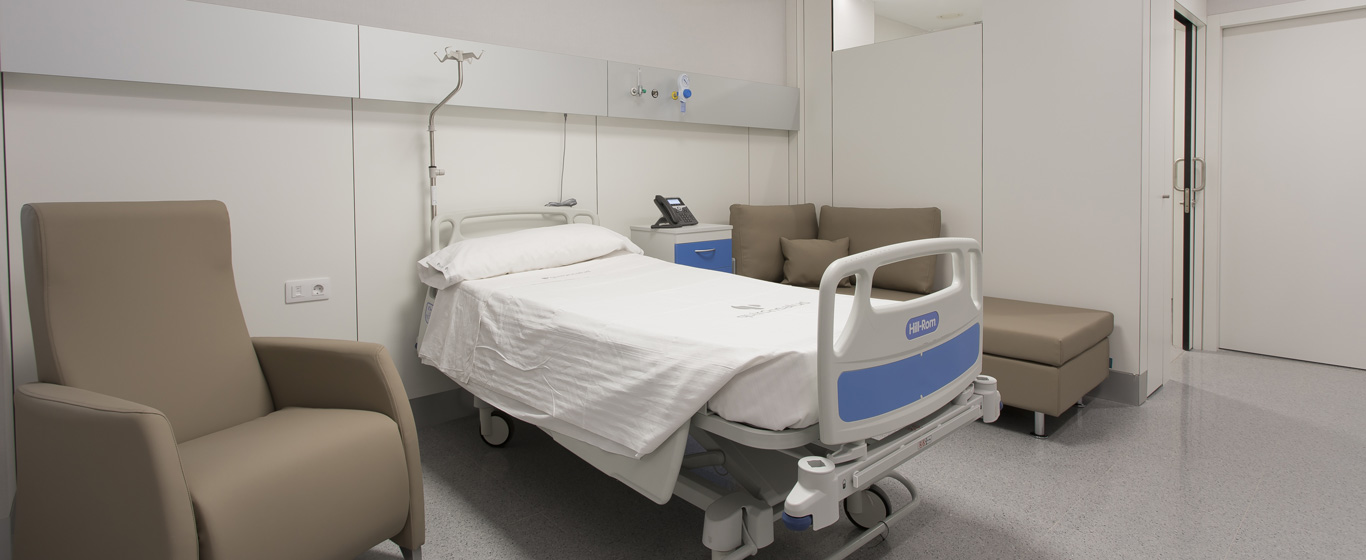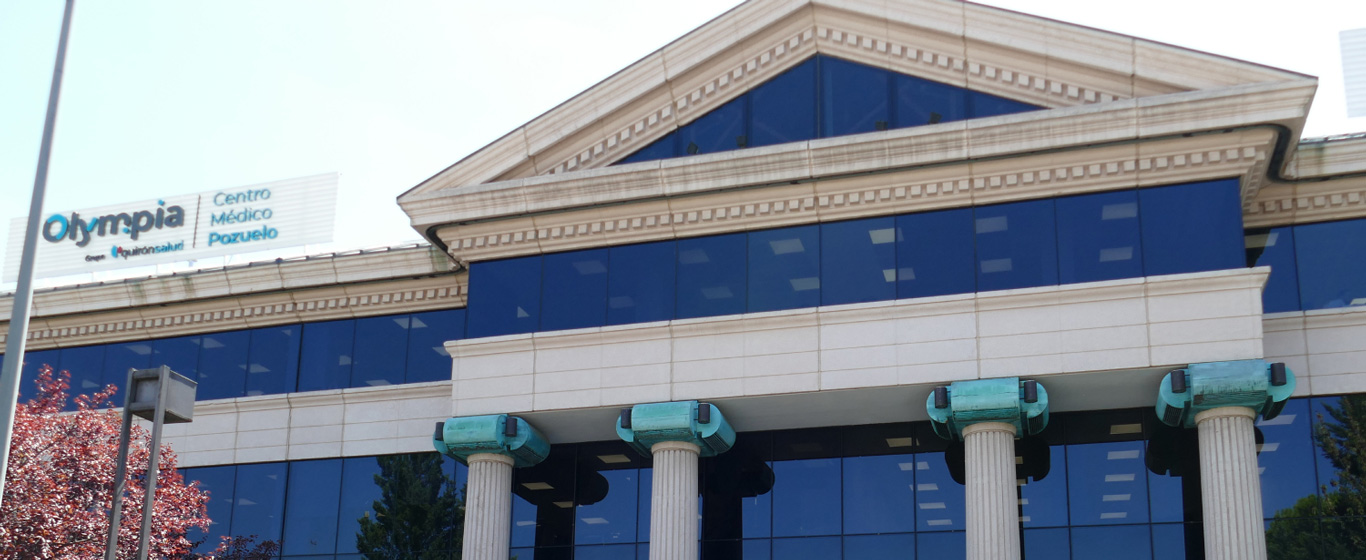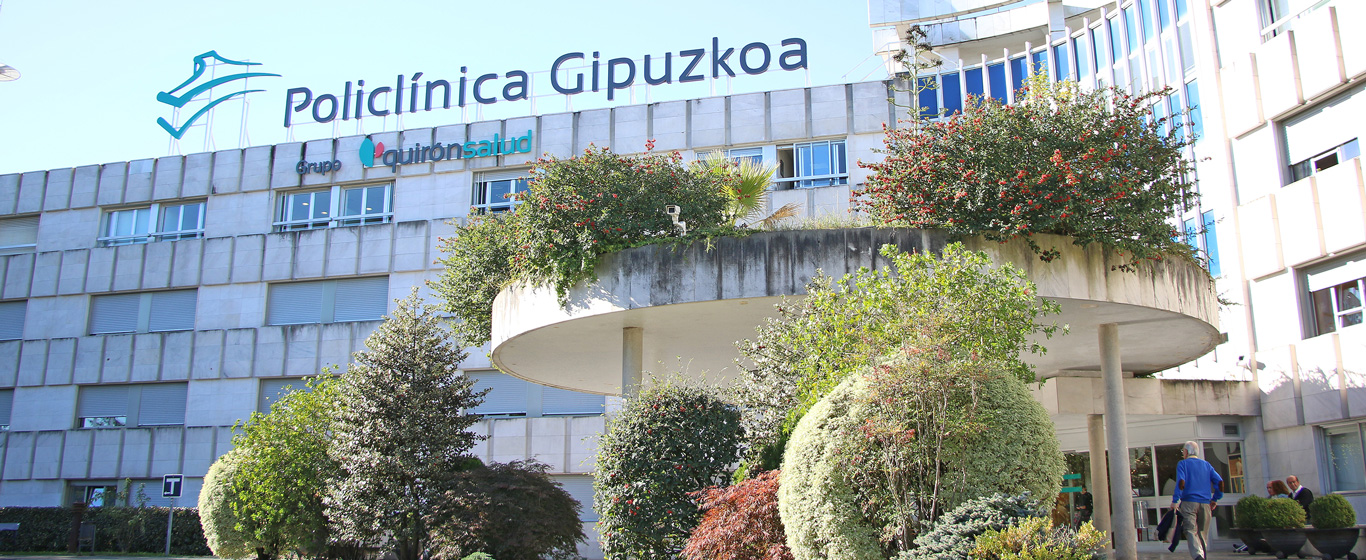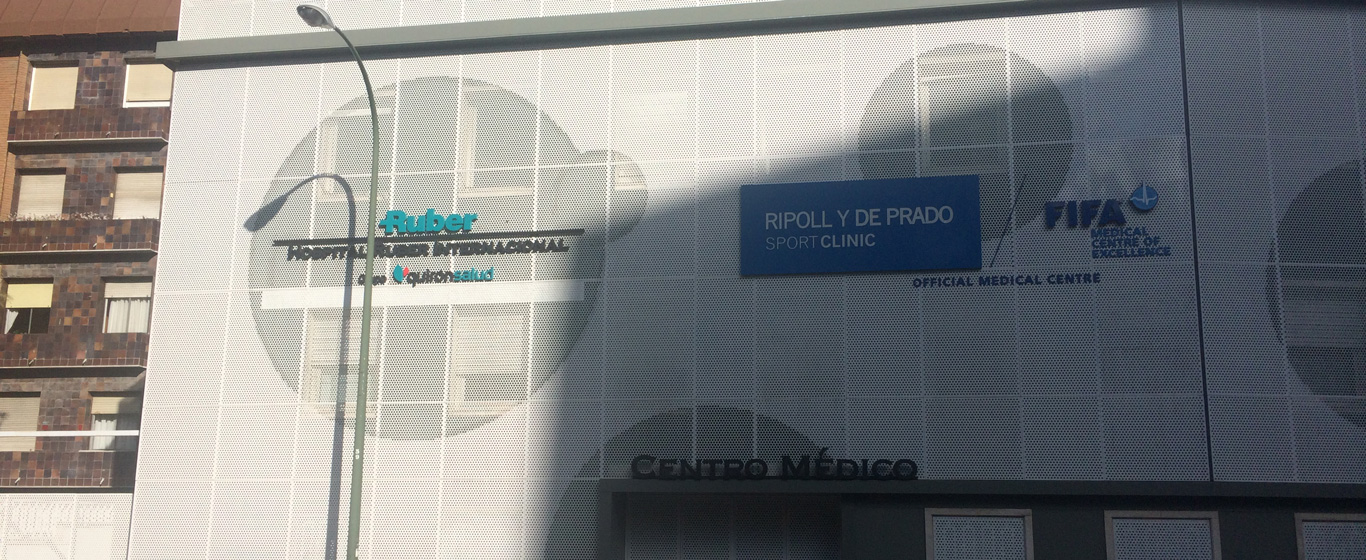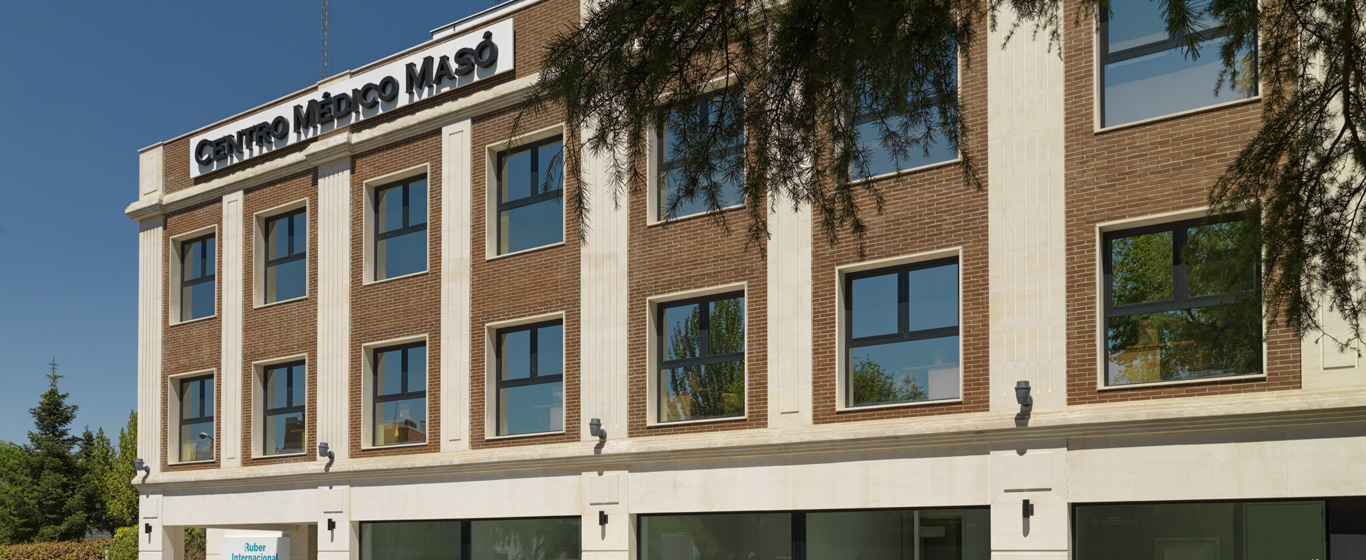Greater Trochanteric Pain Syndrome
What are the symptoms of greater trochanteric pain syndrome? Learn about its causes, treatments, and recovery time for this inflammatory condition.
Symptoms and causes
Greater trochanteric pain syndrome (GTPS), also referred to as trochanteric bursitis, is the inflammation of one of the four bursae surrounding the greater trochanter of the femur (a bony prominence where multiple muscles insert and which contributes to hip joint stability). The primary function of the bursae—fluid-filled synovial sacs—is to reduce friction between joint structures. However, when inflamed, they cause pain and restrict movement.
Depending on the affected area, GTPS can be classified into two types:
- Unilateral GTPS: involves inflammation on one side of the hip (right or left).
- Bilateral GTPS: affects both sides of the hip.
The condition may result from natural joint wear, overuse, direct trauma, or as a manifestation of secondary diseases. Consequently, GTPS can affect individuals from diverse backgrounds.
GTPS can significantly impair quality of life, as it frequently hinders routine activities such as walking or climbing stairs.
Symptoms
Symptoms of trochanteric bursitis typically develop gradually. The most common clinical manifestations include:
- Severe lateral hip pain, exacerbated by movement. Pain may radiate to the thigh or knee.
- Restricted mobility due to limited hip range of motion, making daily tasks more challenging.
- Joint stiffness
- Local inflammation
- Erythema (redness)
- Increased warmth upon palpation
- General reduction in mobility
Causes
GTPS can be triggered by multiple etiological factors, such as:
- Overuse of the hip joint
- Prolonged repetitive movements
- Femoral deformities
- Traumatic injuries (blunt trauma, falls)
- Excessive muscular tension due to poor posture
- Leg length discrepancy (LLD): unequal lower limb length
Risk Factors
The likelihood of developing GTPS increases in the presence of the following risk factors:
- Female sex: more prevalent in women due to hormonal influences and hip anatomy
- Age over 40 years
- Overweight and obesity: mechanical overload of the hip joint
- Weakness of the peritrochanteric musculature, particularly the gluteus medius
- Participation in sports such as cycling or long-distance running (e.g., marathons)
- Prolonged standing
- Frequent stair climbing or descending
- Carrying or lifting heavy weights
- Postural misalignment or leg length discrepancy
- Excessive foot pronation: inward rolling of the foot during walking
- Flat feet: collapse of the foot arch under load
- Hip prosthesis implantation
- Scoliosis
- Arthritis
- Degenerative joint diseases
Complications
The most frequent complication of trochanteric bursitis is recurrence, even after appropriate treatment.
Prevention
The most effective strategy to prevent GTPS is to adopt and maintain healthy habits:
- Balanced diet
- Proper hydration
- Weight management
- Gait correction
- Regular physical activity
- Adequate warm-up and stretching before sports
- Good postural hygiene
Which Specialist Treats Greater Trochanteric Pain Syndrome?
Orthopedic surgeons, traumatologists, and rheumatologists are the primary specialists responsible for diagnosing and managing GTPS. In addition, sports medicine and physical medicine and rehabilitation physicians may also be involved in patient care.
Diagnosis
Diagnosis of greater trochanteric pain syndrome involves a thorough clinical history review and symptom assessment by a specialist. Confirmation may require the use of various diagnostic tests:
- Physical examination
- X-ray: useful to detect or rule out bone abnormalities; also assesses bone alignment and femoral structure
- Magnetic resonance imaging (MRI): provides detailed imaging of hip structures, particularly soft tissues, including the bursa. MRI helps identify inflammation or edema.
Treatment
Treatment for GTPS depends on the severity of the condition and individual patient characteristics. In most cases, a conservative approach is recommended, and surgical intervention is considered only if conservative measures fail.
Conservative treatment:
- Rest: avoiding activities that exacerbate symptoms
- Cold therapy: application of ice to reduce inflammation and pain
- Pharmacological management: includes administration of NSAIDs, oral corticosteroids, or corticosteroid infiltrations
- Shockwave therapy: acoustic waves promote tissue regeneration and reduce swelling
- Rehabilitation and physical therapy: includes therapeutic massage, core and lumbar strengthening exercises, swimming, or rowing. The rehabilitation plan should be designed by a qualified physiotherapist
Surgical treatment:
Through hip arthroscopy, small incisions are made to introduce surgical instruments. This allows for the removal of inflamed tissue, repair of structural damage, or excision of the affected bursa.
Prognosis after treatment is generally favorable, although recovery depends on each patient’s specific case. Postoperative recovery typically takes approximately three months for full functional restoration.




